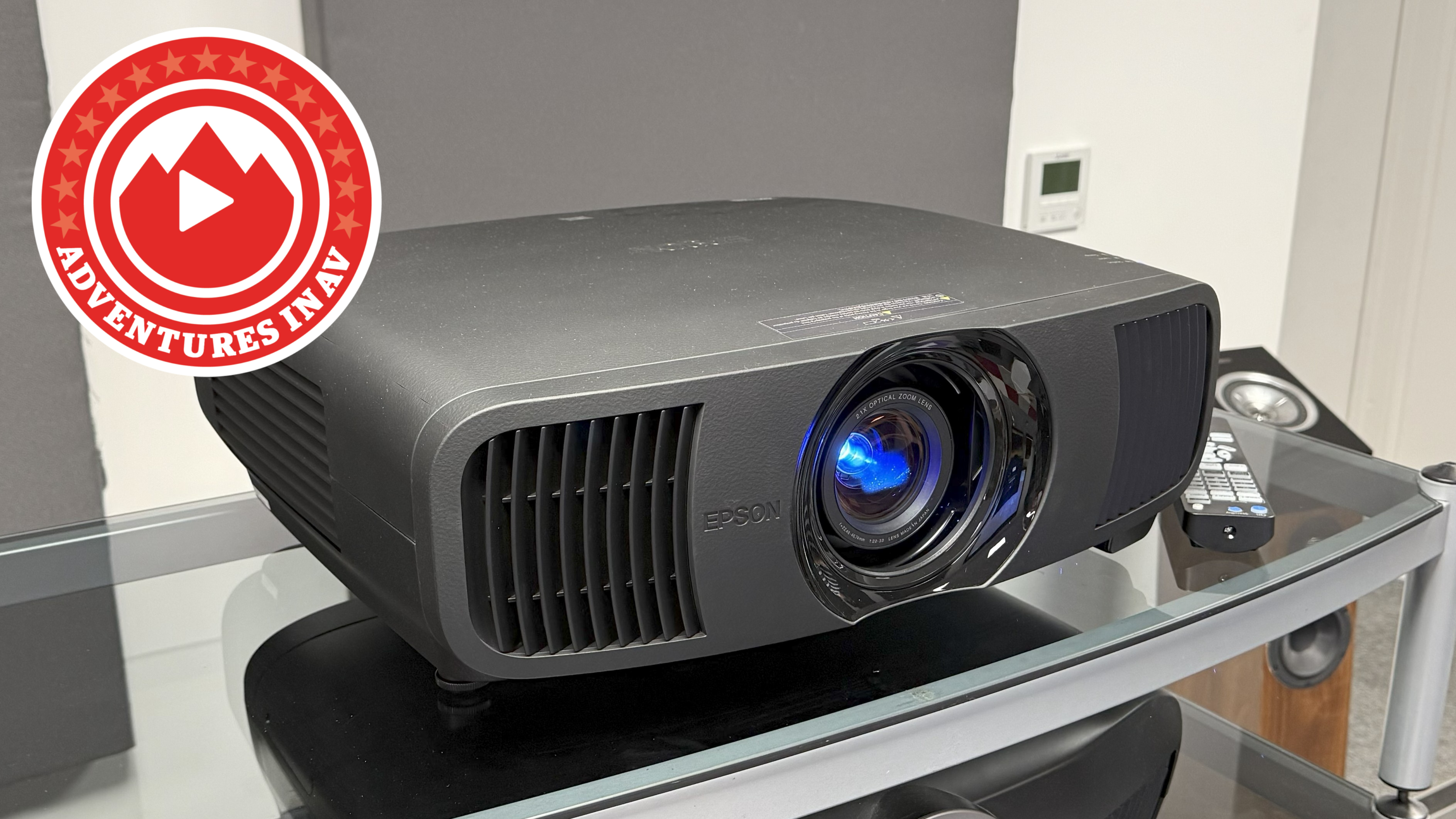Best bookshelf speakers 2025: top standmounts for every budget tested
Sensational bookshelf speakers to suit all budgets
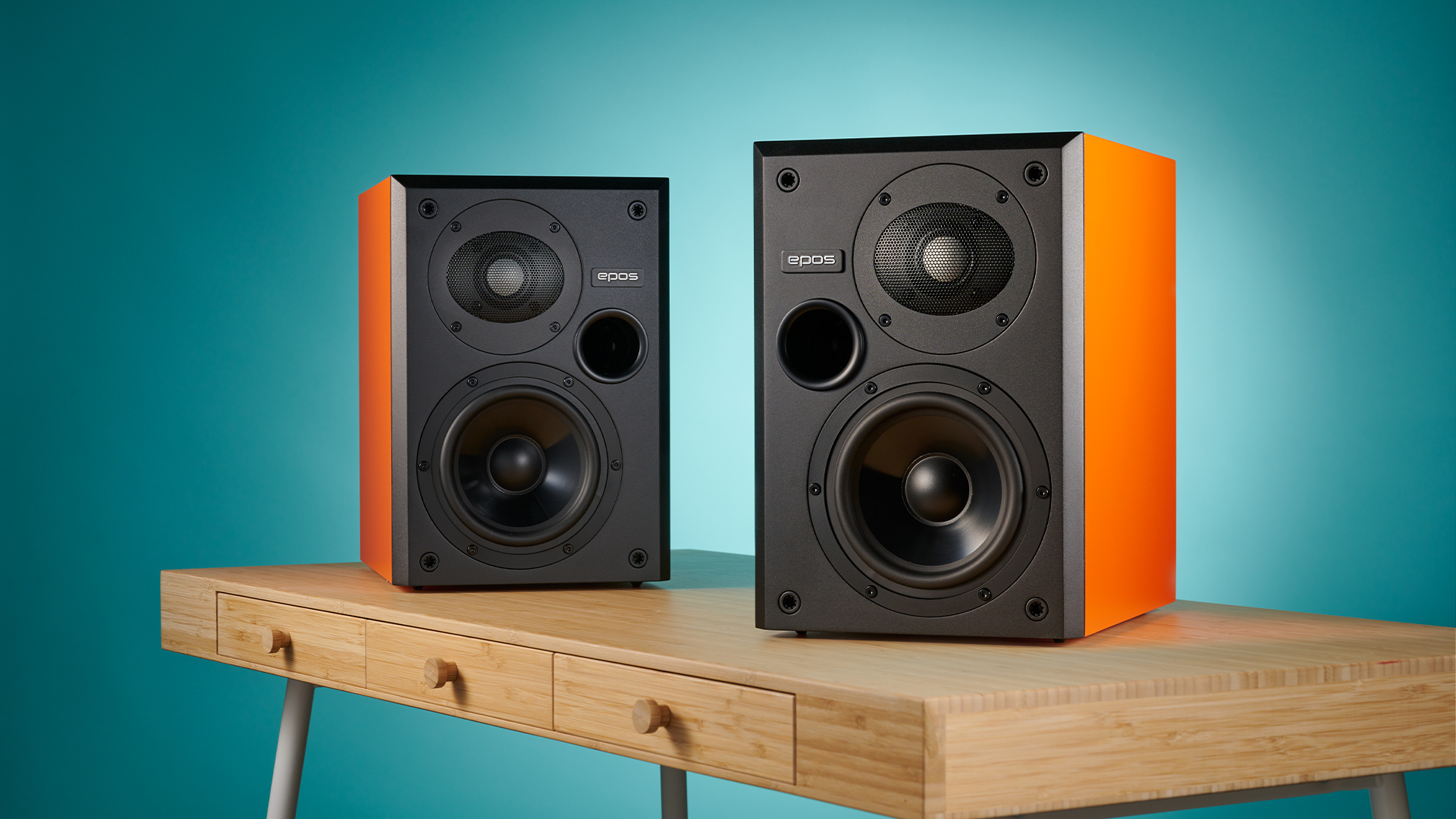
A great pair of bookshelf speakers – or standmount speakers, as they're also known – is essential for your hi-fi system. Whether you're looking for your first budget pair, upgrading to a step-up model or want a premium audiophile set, you're in luck – there is a wealth of bookshelf speakers to choose from today.
Why are they called 'bookshelf speakers'? Because many of them are compact enough to fit into a bookshelf. You can also place them in a corner or even on your desk (depending on size), but a bookshelf isn't necessarily where you should put them. We would always recommend placing them on dedicated speaker stands, if you can, to ensure they sound their best.
Standmount speakers come in a variety of sizes, from large to petite, making it easier to choose a pair that fits your space and needs. Whether your budget is strict or endless, the performance and build quality should reflect the price point's expectations. And of course, the speaker's sonic character should match the rest of your system.
What Hi-Fi? has been testing bookshelf speakers for nearly 50 years, and our in-house team of expert reviewers has tested every speaker below – so you can trust our reviews. You can read more about how we test bookshelf speakers below, but rest assured, every speaker recommended below represents the best sound-per-pound performance for your listening needs and budget.
The quick list
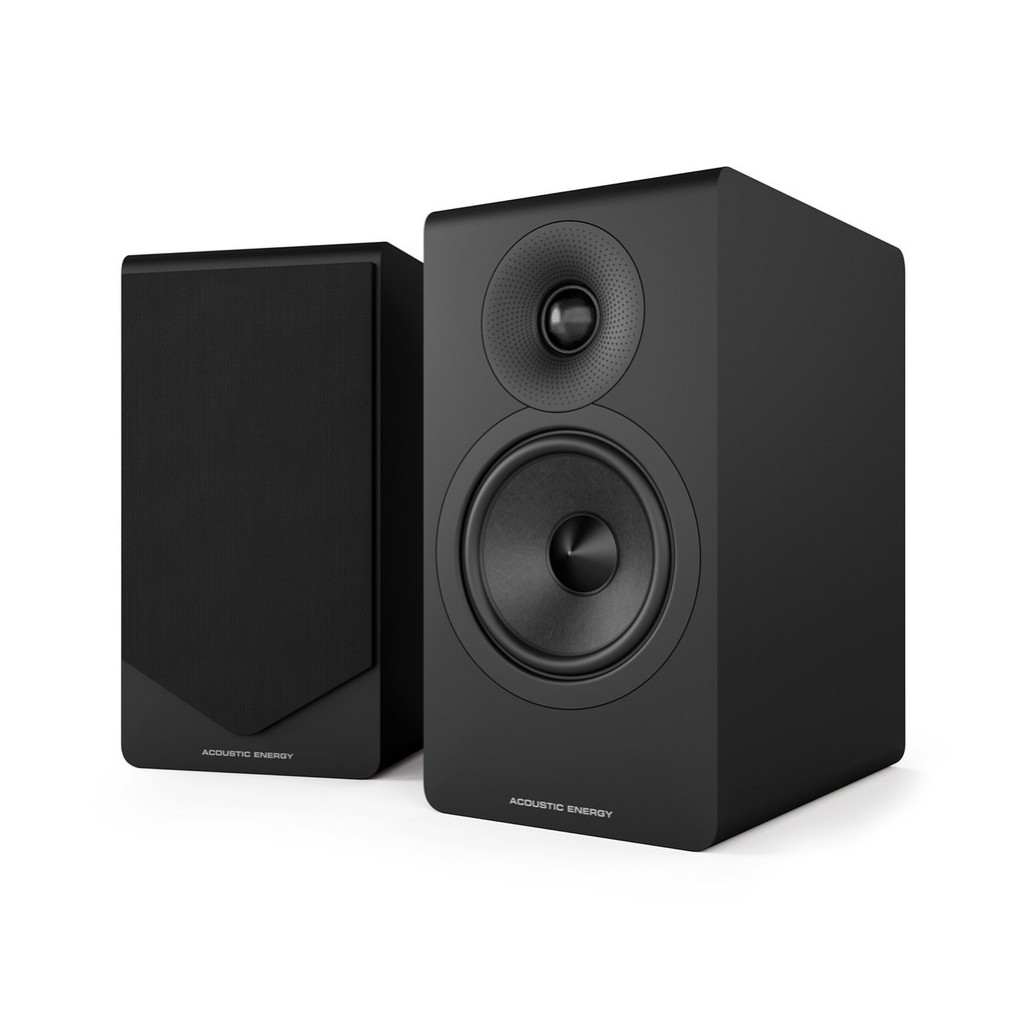
The AE300 Mk2 are supremely versatile, well-rounded speakers that blend insight and transparency with ease.
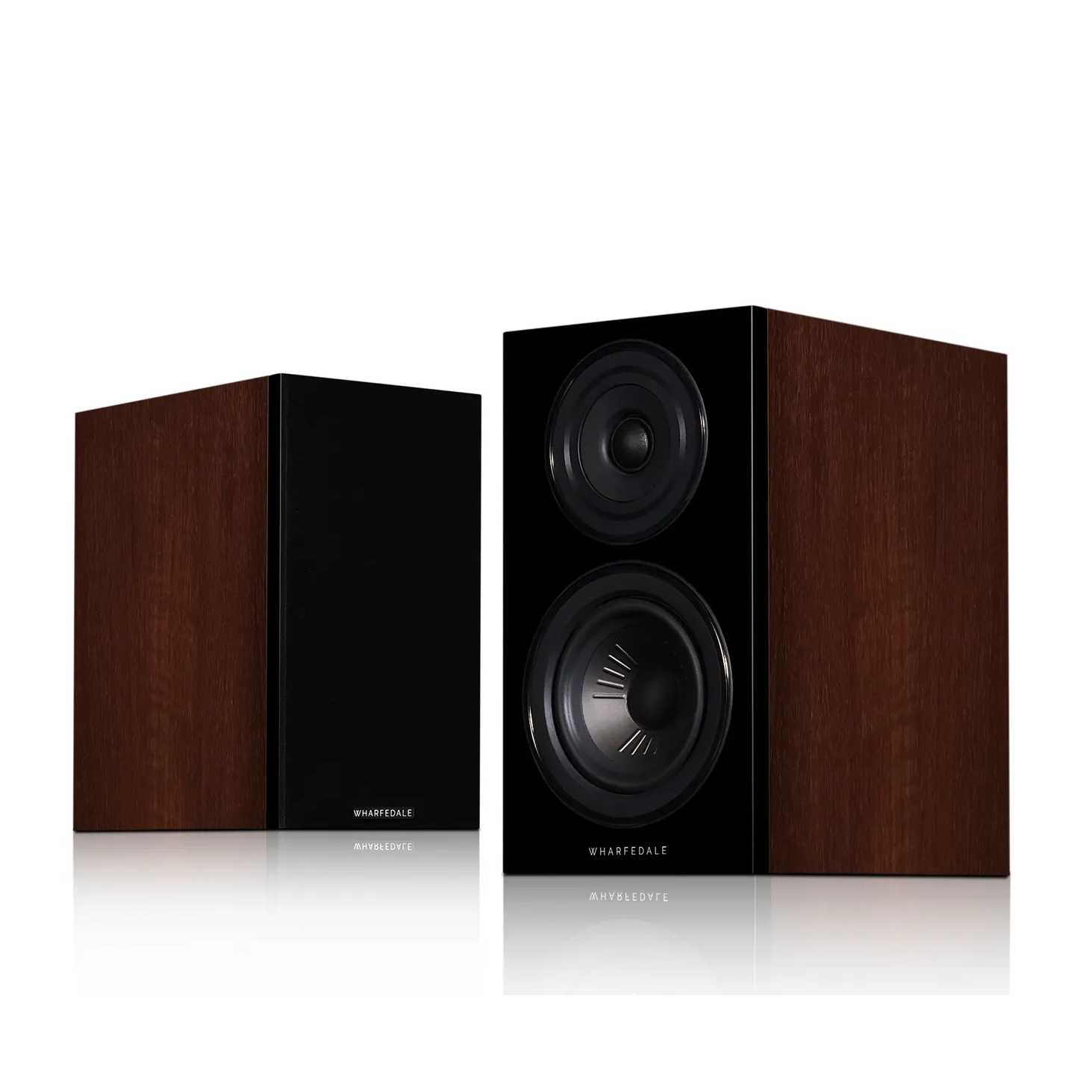
The cheapest pair on this list, these friendly Diamonds are wonderfully composed, refined and controlled compared with similarly priced rivals.
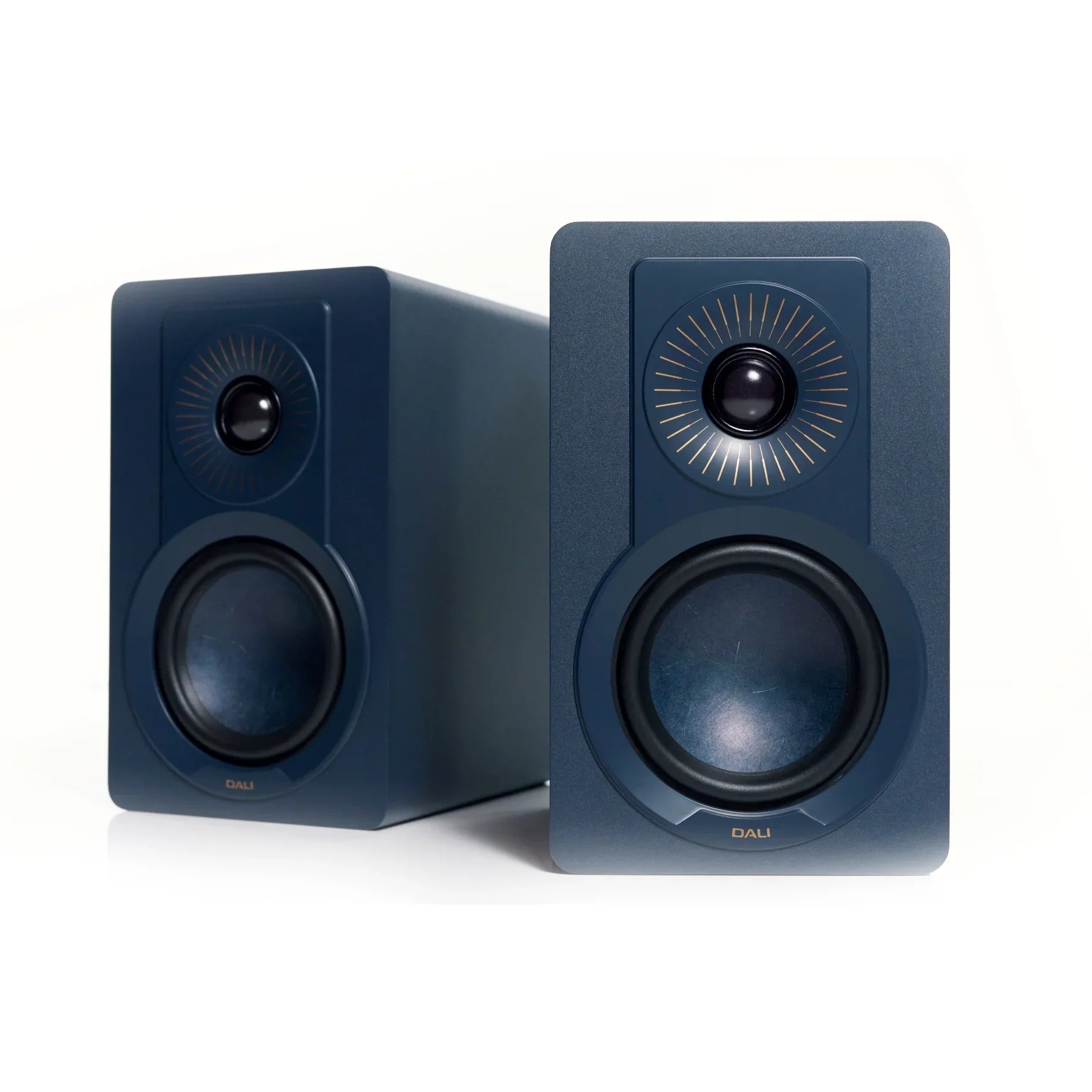
They're small, affordable and lots of fun. If you're tight on space and don't want to spend big, look no further than the Dali Kupid.
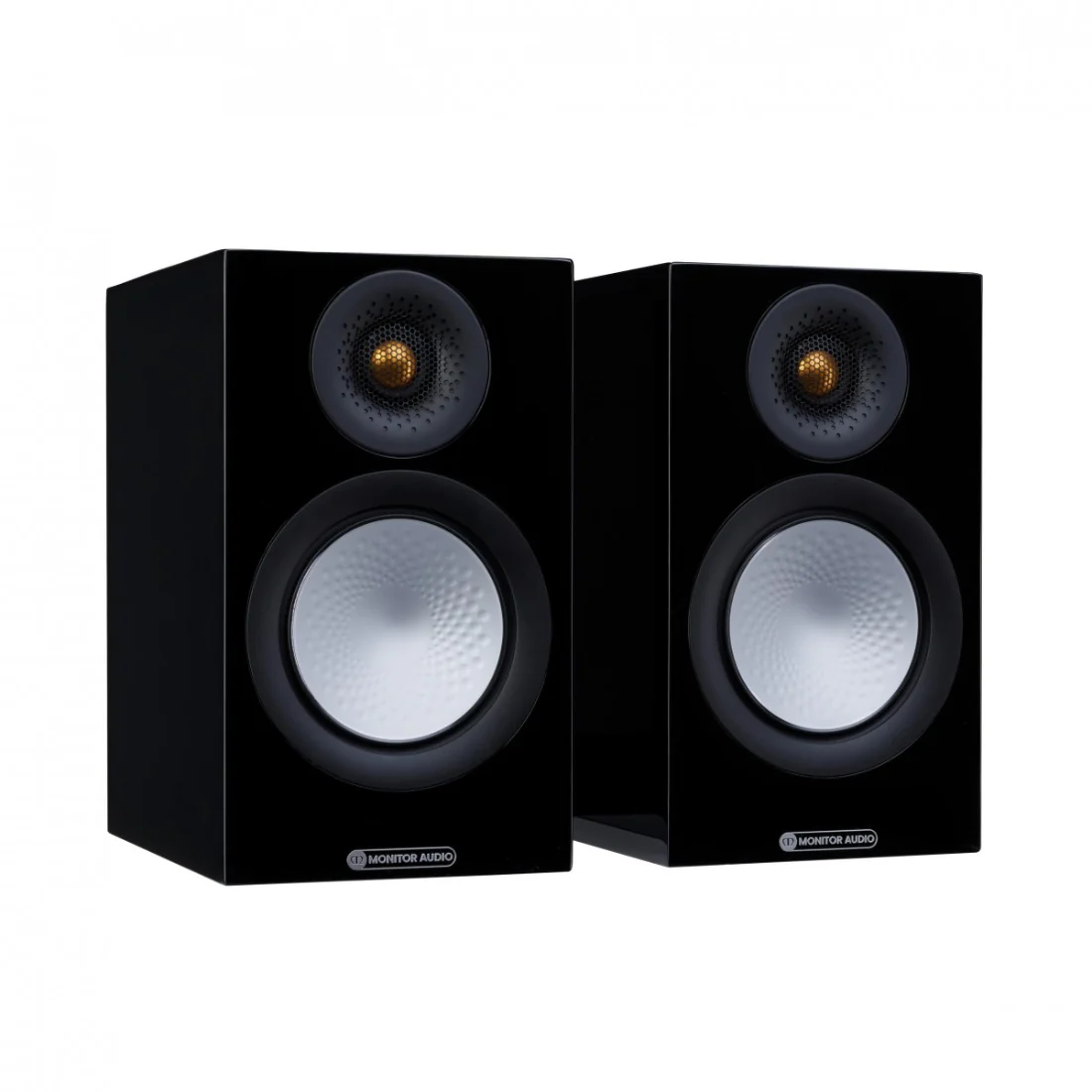
The Bronze 50 7G are beautifully made and terrifically tuned, making them bold, impressive performers that demand your attention.
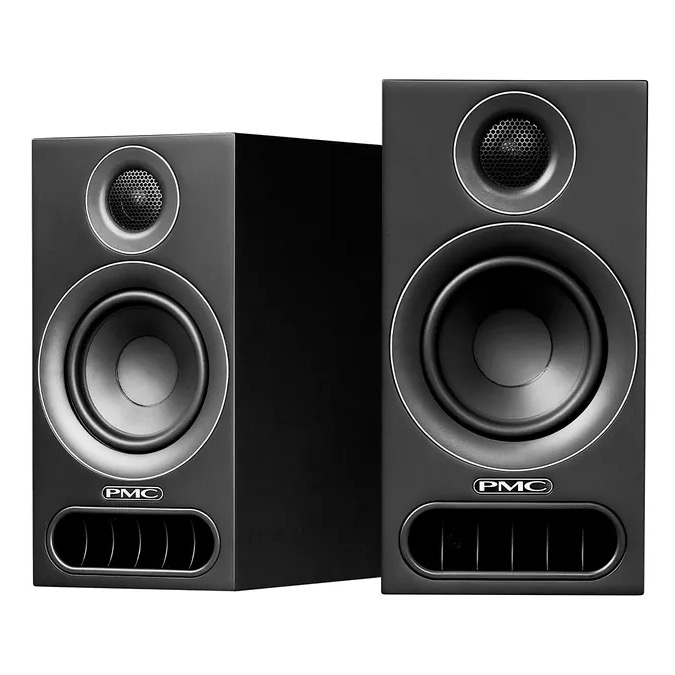
Prodigy by name... these standmounts might be entry level by PMC's standards, but they sound nothing short of superb, especially given their modest size.
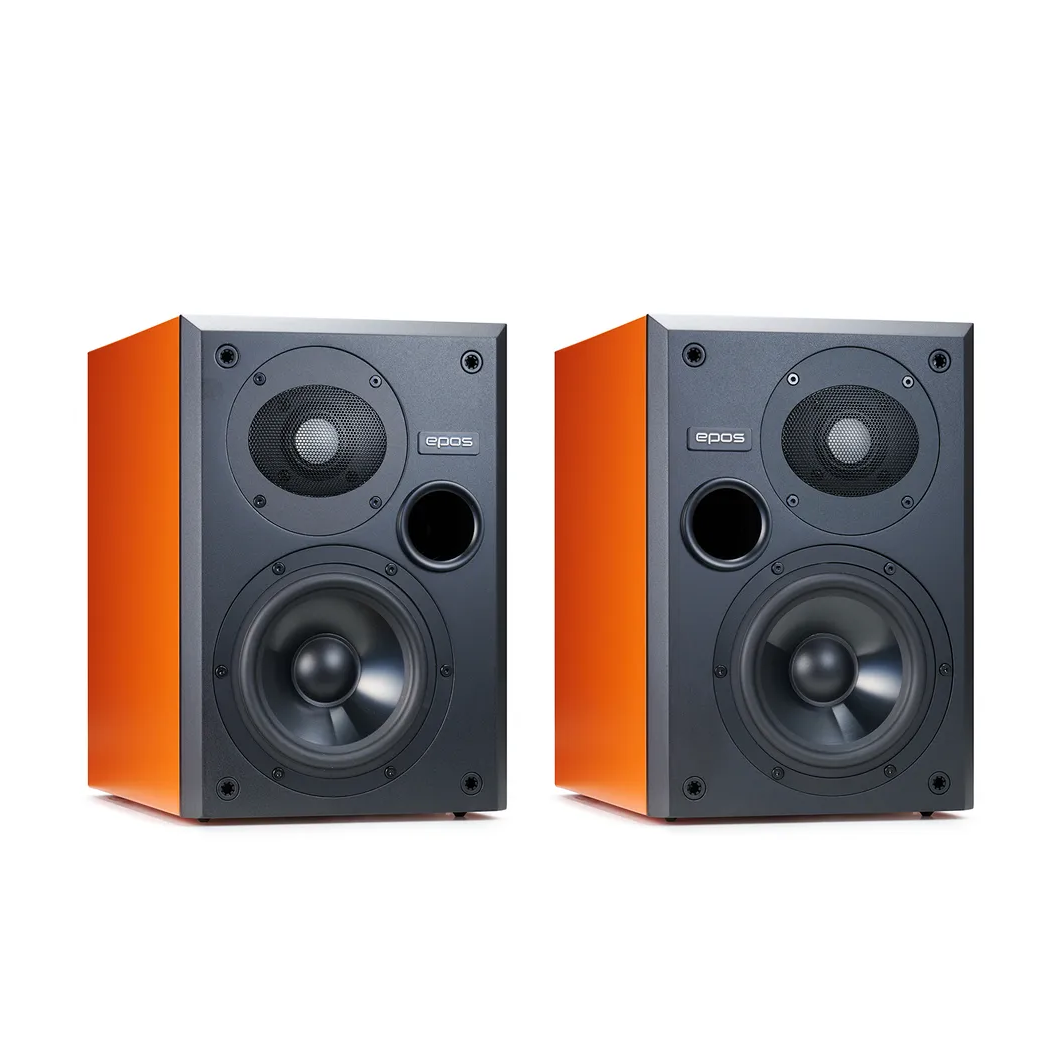
Petite premium speakers that are hugely talented and flexible to accommodate, especially inside a bookshelf.
Load the next product… ↓
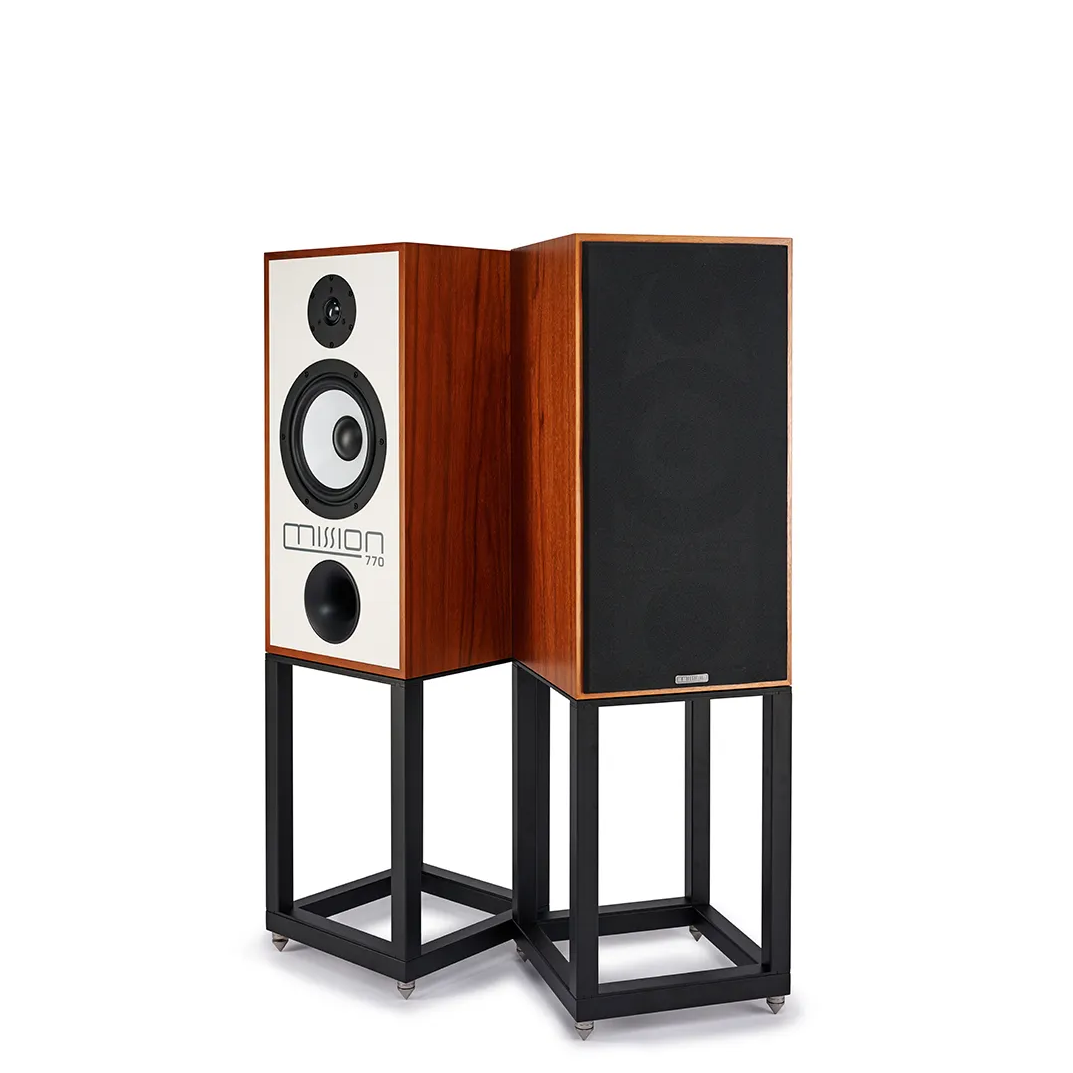
Mission’s resurrected 770 offer an excellent alternative to the established class leaders. They fill a large room with aplomb.
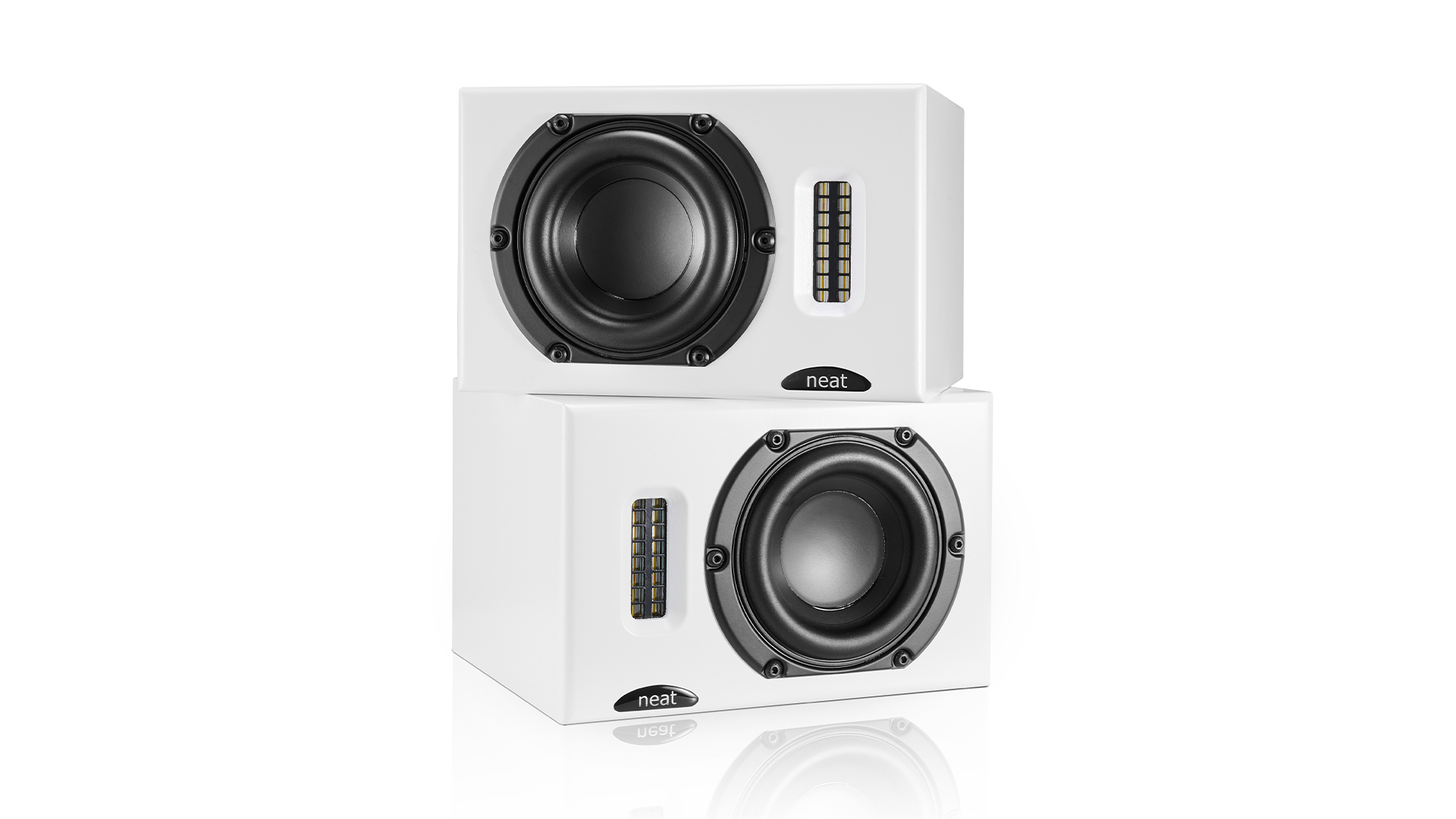
The tiny Iota II are ideal for those who have seriously small spaces but still want seriously good sound. They're pricey, but they are versatile and so much fun.
8th October 2025: It's all change in the land of bookshelf speakers with a slew of recently reviewed five-star models. The Acoustic Energy AE300 Mk2 are our new pick as the best overall speakers, the more affordable Dali Kupid are our recommendation as great for small rooms, and the Monitor Audio 50 7G are our best mid-price option.

I have been at What Hi-Fi? for over 10 years, and in that time I have reviewed countless stereo speakers, from budget bookshelves to upmarket floorstanders, and had the privilege of seeing the market continually push the envelope to produce better-sounding models. In this list, I've chosen the current What Hi-Fi? Award-winning, class-leading crop of bookshelf speakers across a wide range of prices, each representing the pinnacle of sound quality and design available at their respective price levels.
Best bookshelf speakers overall
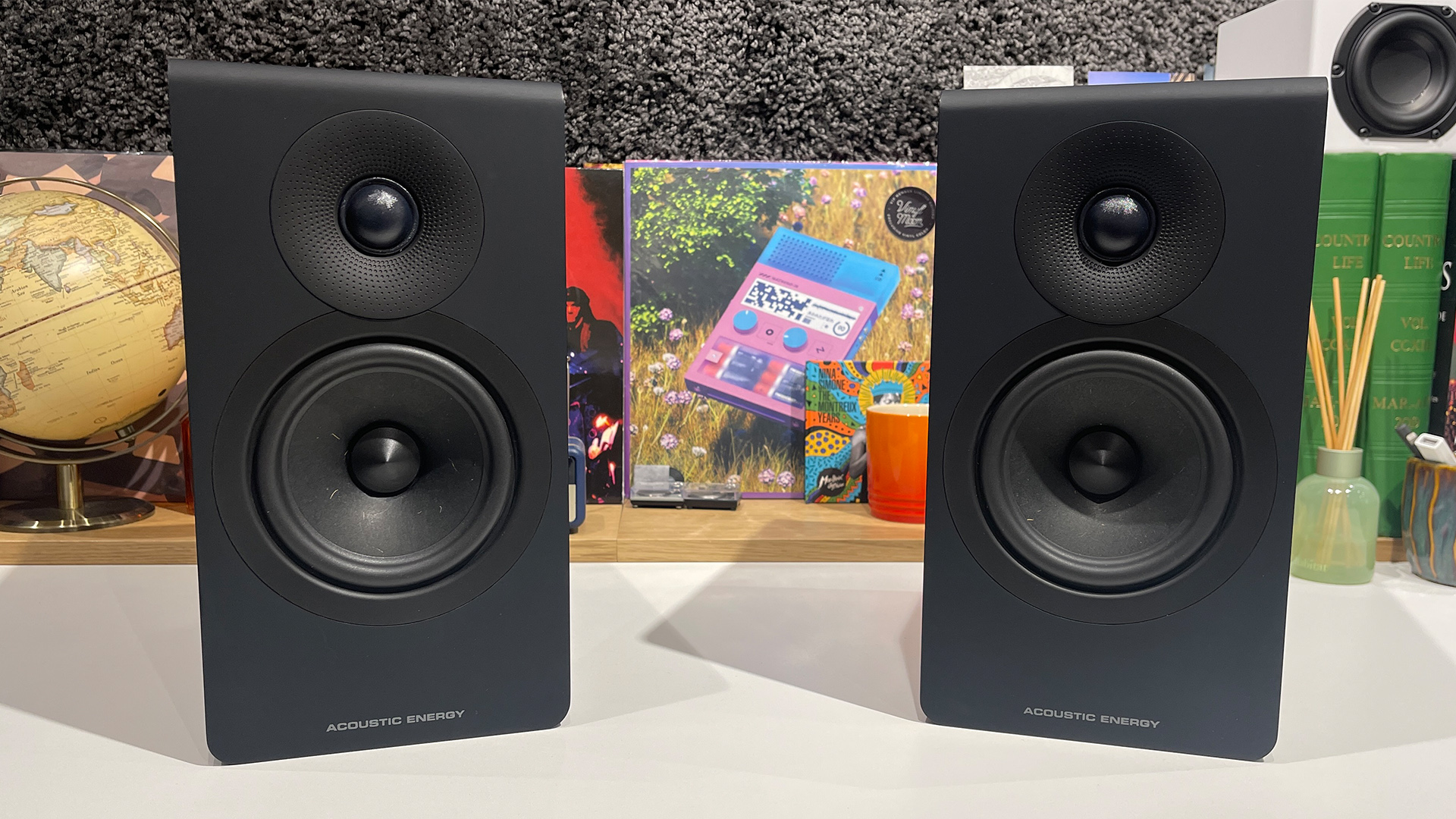
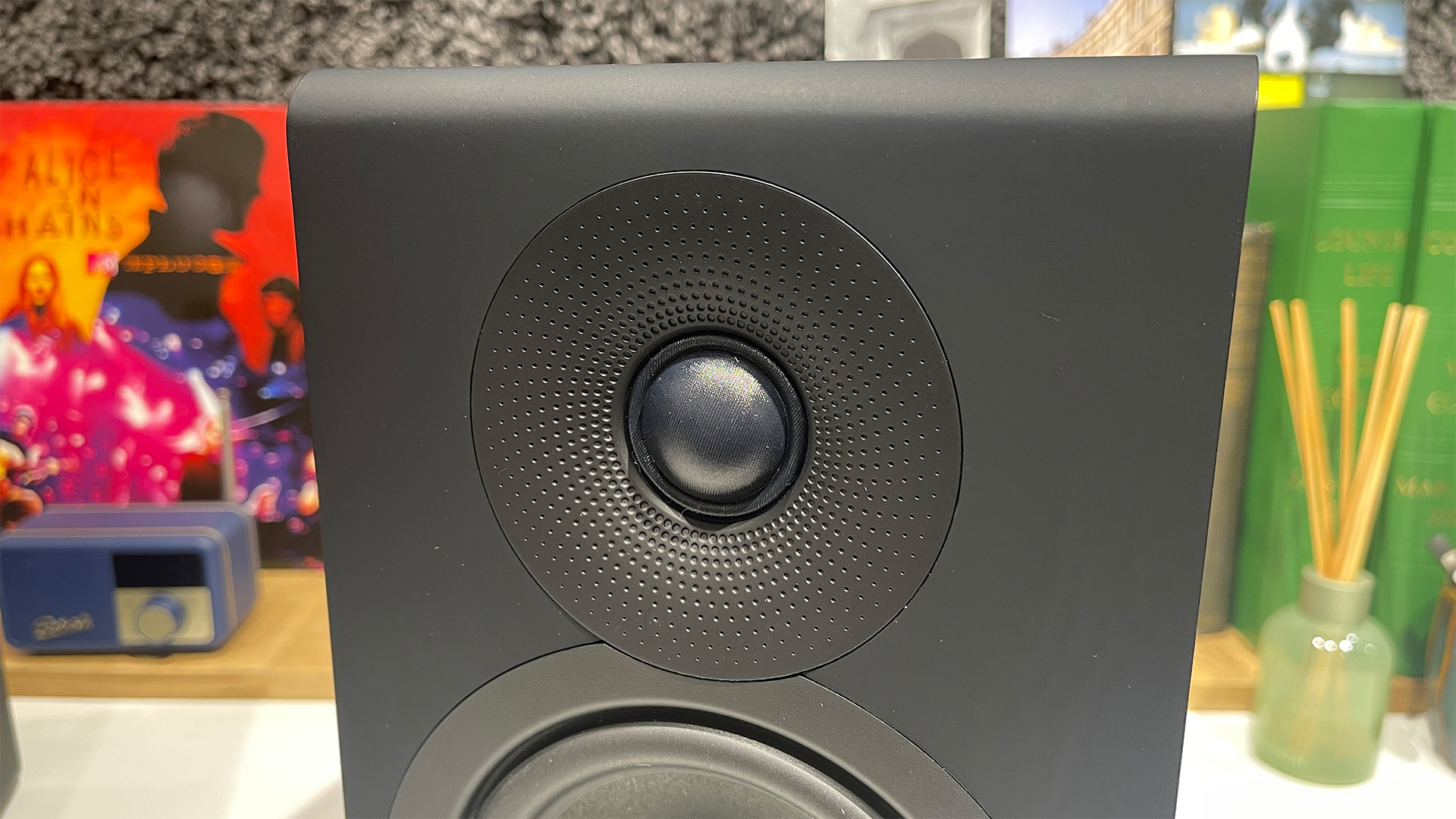
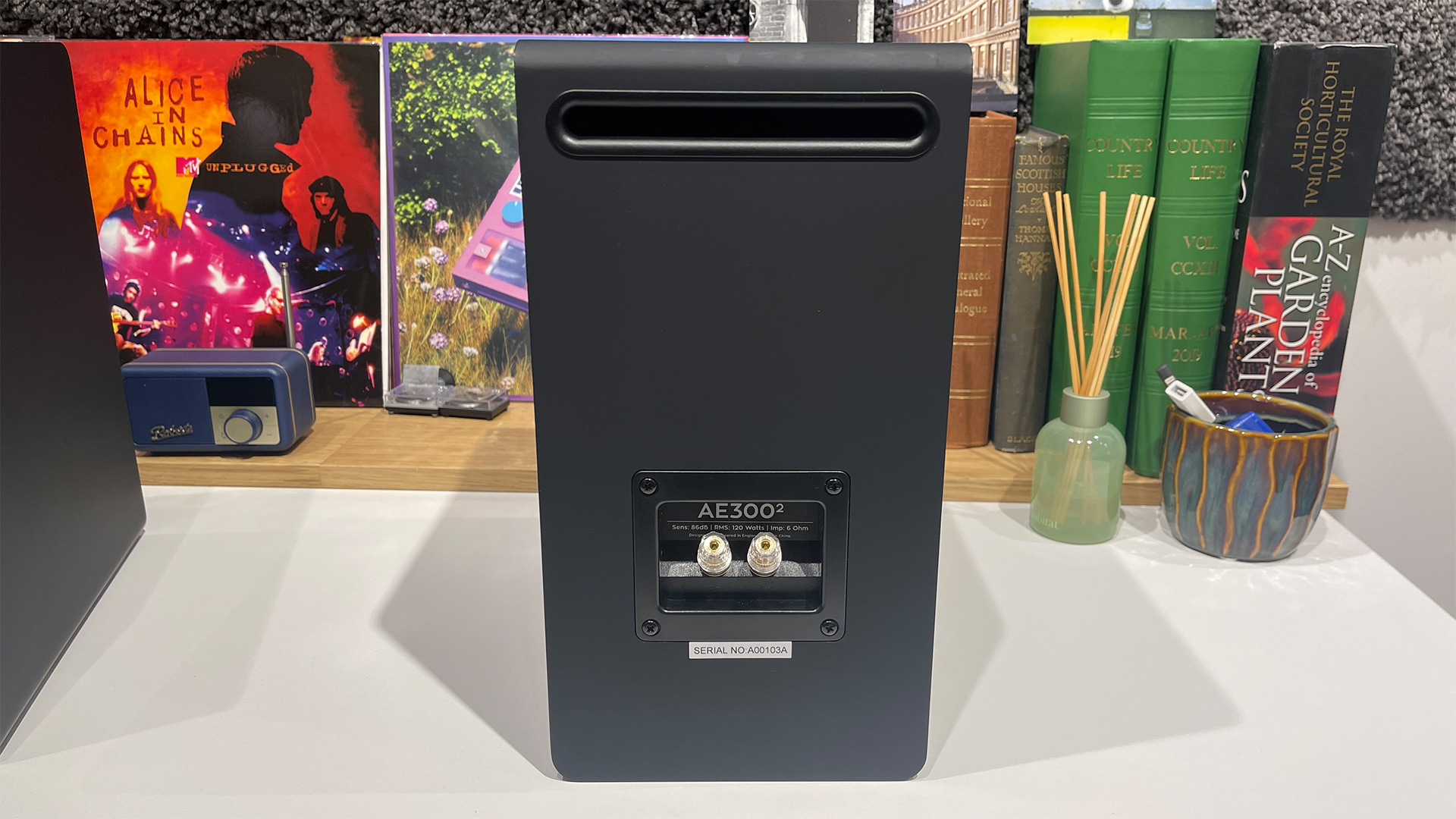
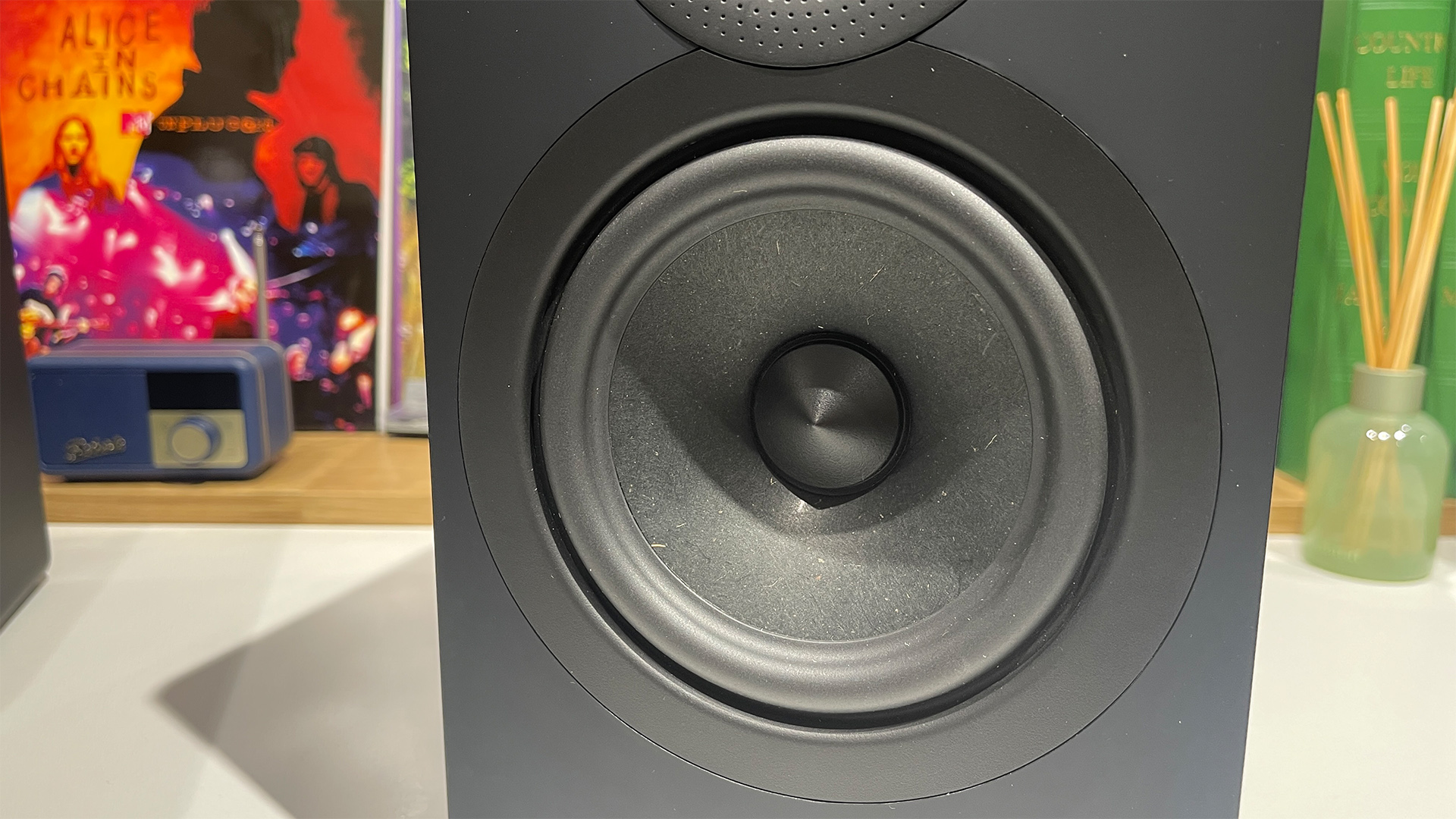
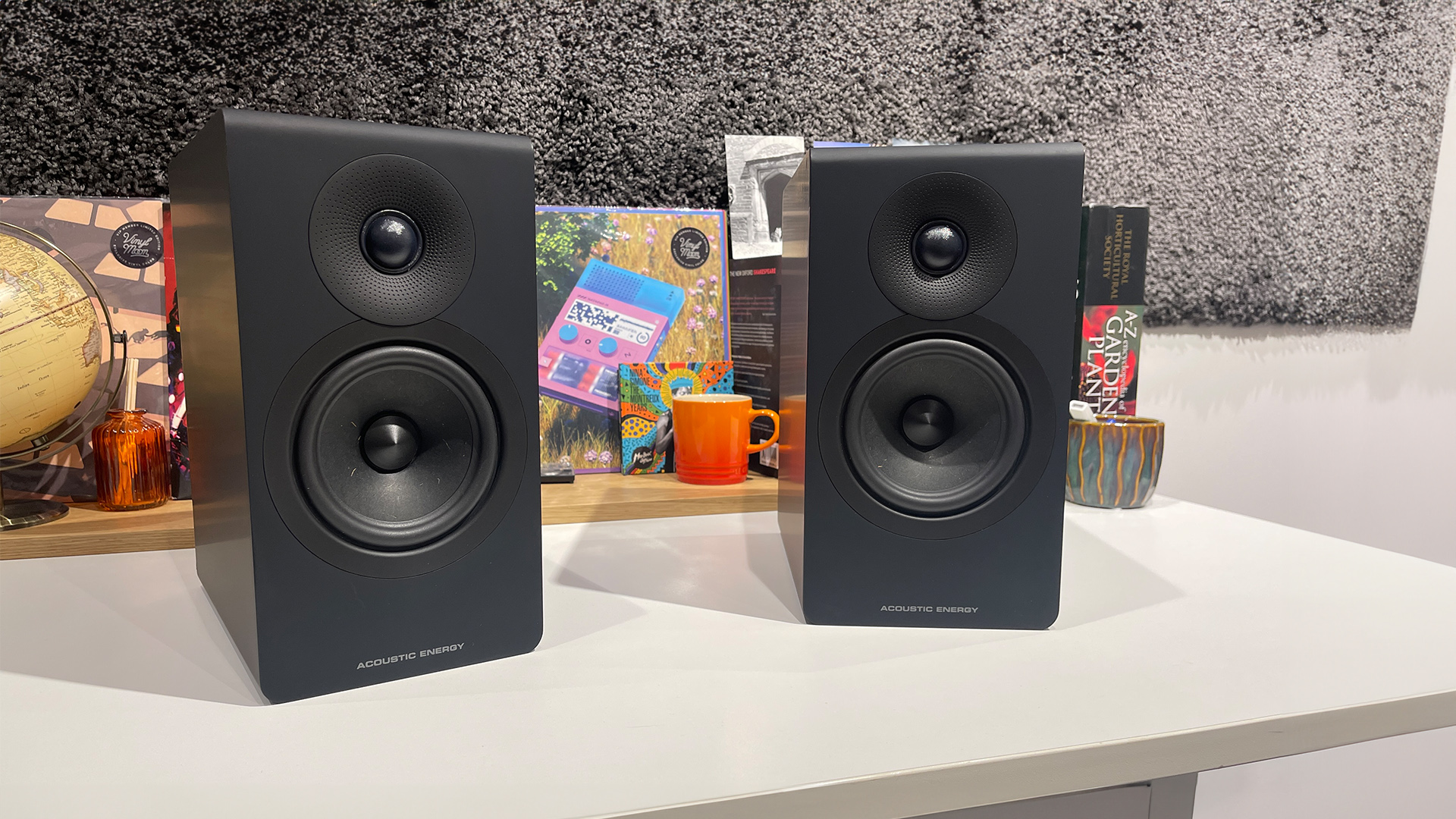
Specifications
Reasons to buy
Reasons to avoid
It was always going to take something special to knock the KEF LS50 Meta off their perch as our best overall bookshelf speakers, but the Acoustic Energy AE300 MK2 are something special.
The AE300 Mk2 are housed in neatly made but pleasingly compact speakers, with each box standing 32cm tall and measuring just 17cm wide. They're understated and slim, but don't imagine that means they look boring.
The AE300 Mk2 use a large 29mm fabric dome tweeter with a 12cm paper/coconut fibre mid/bass, a design that draws on the lessons learned during the development of Acoustic Energy’s high-end Corinium series.
Don't be concerned by the speakers' lower-than-usual impedance, by the way. Their mostly benign impedance curve ensures that any decent price-compatible amplifier will be able to drive them, with both the Arcam A5 (£749 / $699) and the Rega Brio Mk7 (£799 / $1095) doing a fine job of playing nice with the AE300 Mk2. These days, it'll probably be the newer A5+ you'll be using, just so you know.
Regardless of partnering, we find so much to be impressed by. These are speakers with poise and control, so that even when we feed them a demanding recording such as Michael Jackson’s Off The Wall, they don’t sound out of their depth. They showcase excellent levels of detail, but it's presented in a natural and unforced manner that makes for an effortless listen.
When listened to against their key rivals, the Acoustic Energy are smoother, more refined than almost anything else at this level, with, to quote from our review, "high-frequency sounds shimmer rather than sizzle".
The AE300 Mk2 aren't the sort of speakers that immediately grab your attention. Instead, they steadily charm you, revealing themselves to be a superb pair that, if you invest some time, will reward you endlessly.
Read our full Acoustic Energy AE300 Mk2 review
Best cheap bookshelf speakers
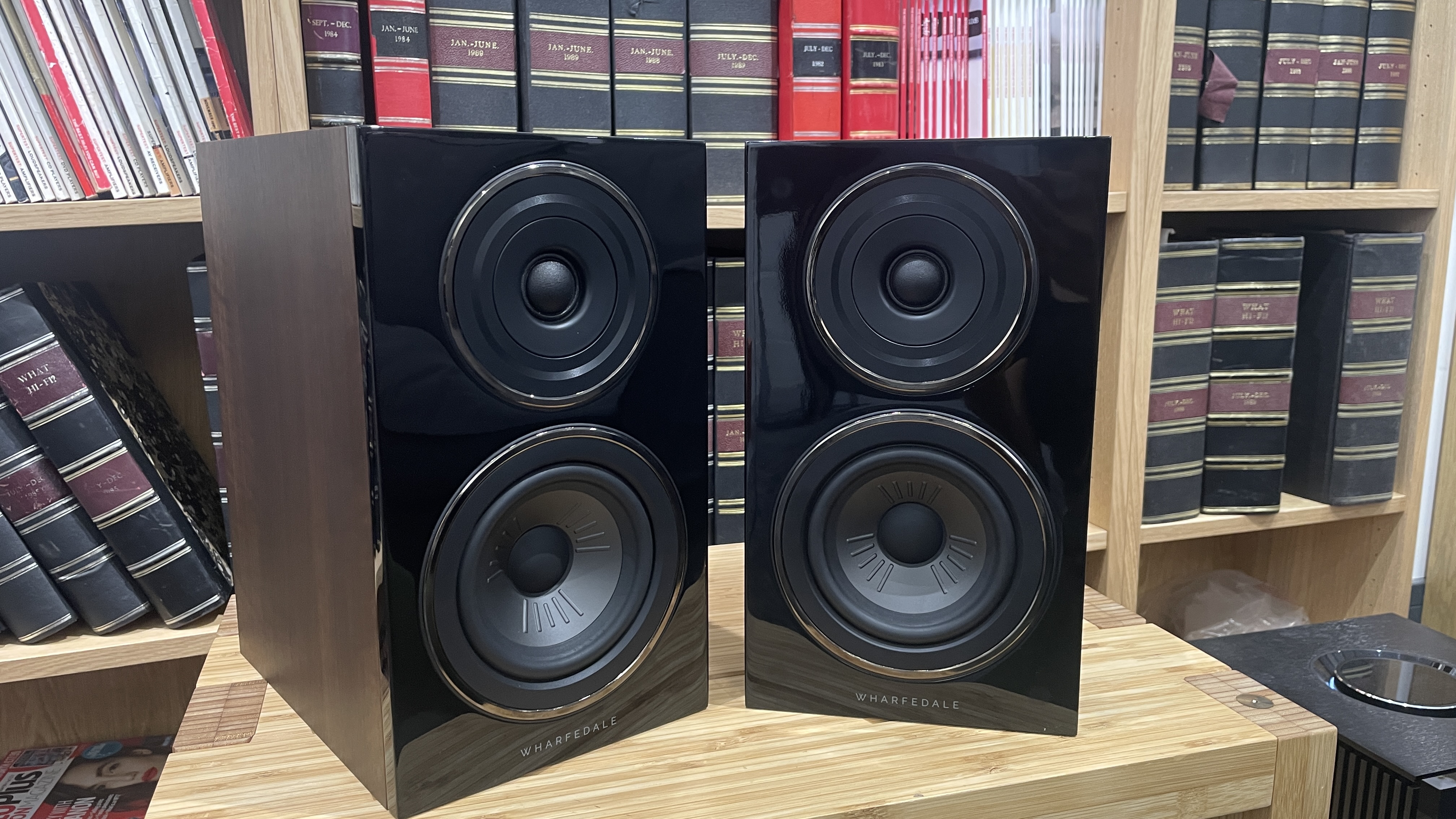
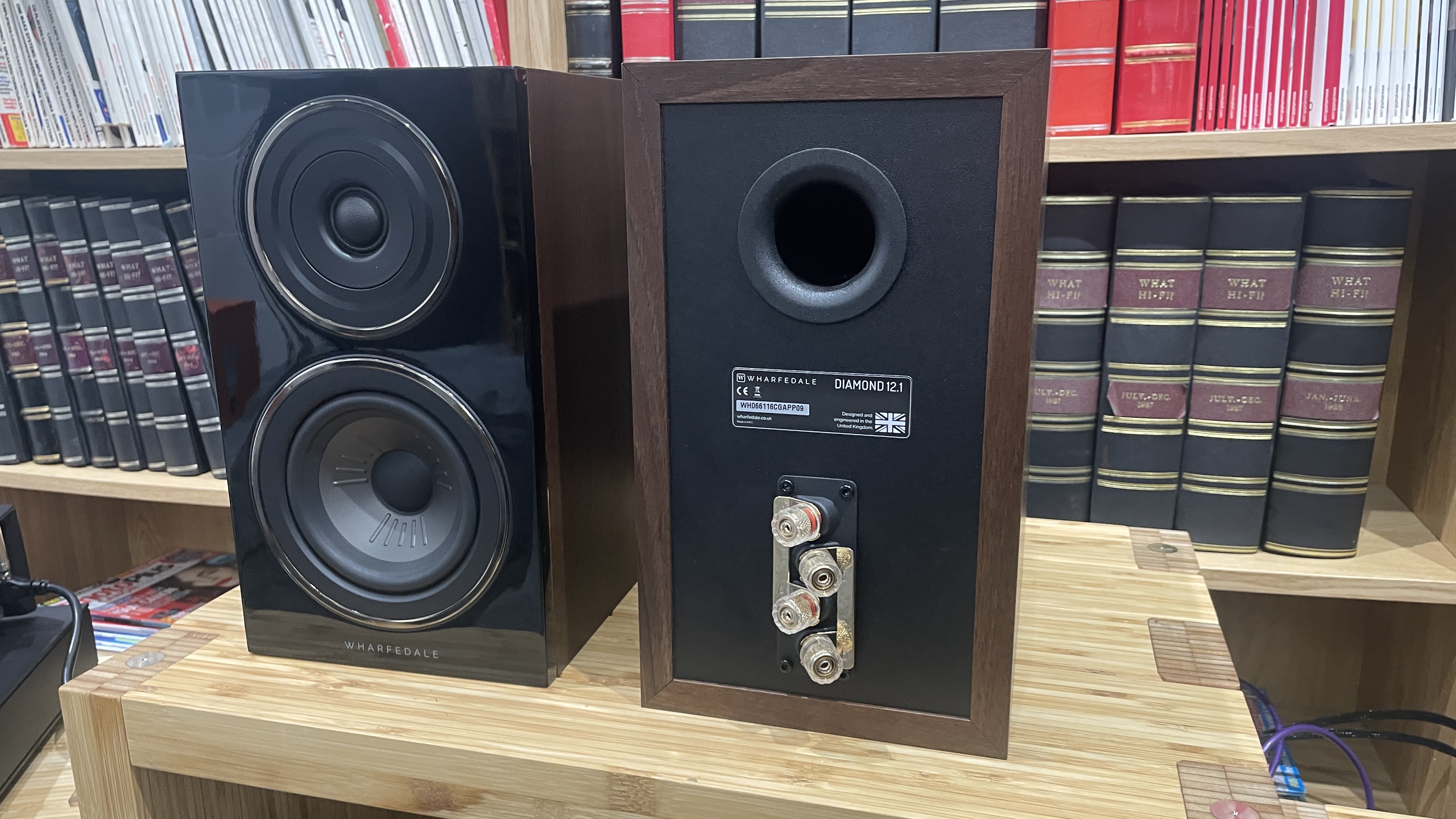
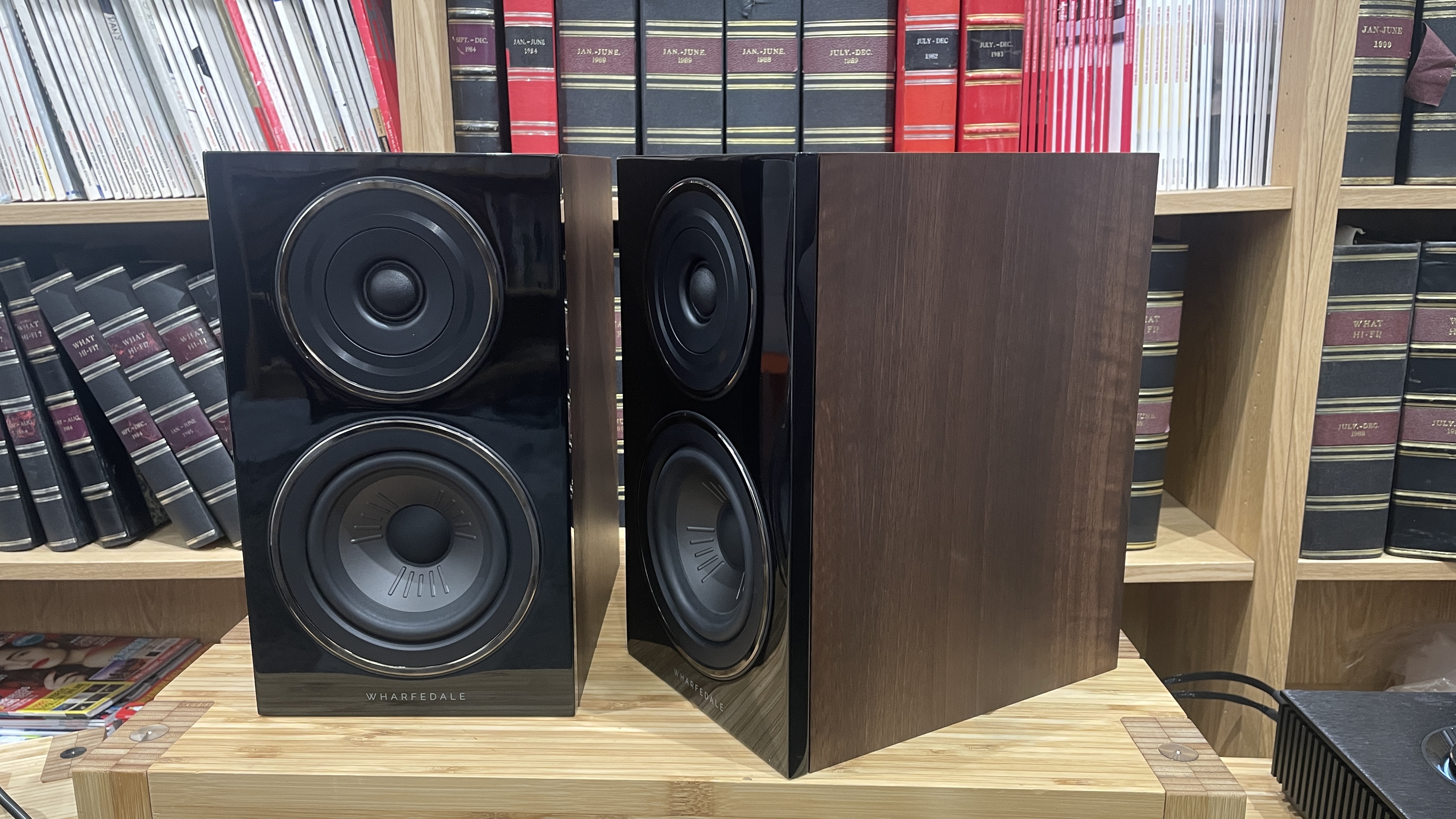
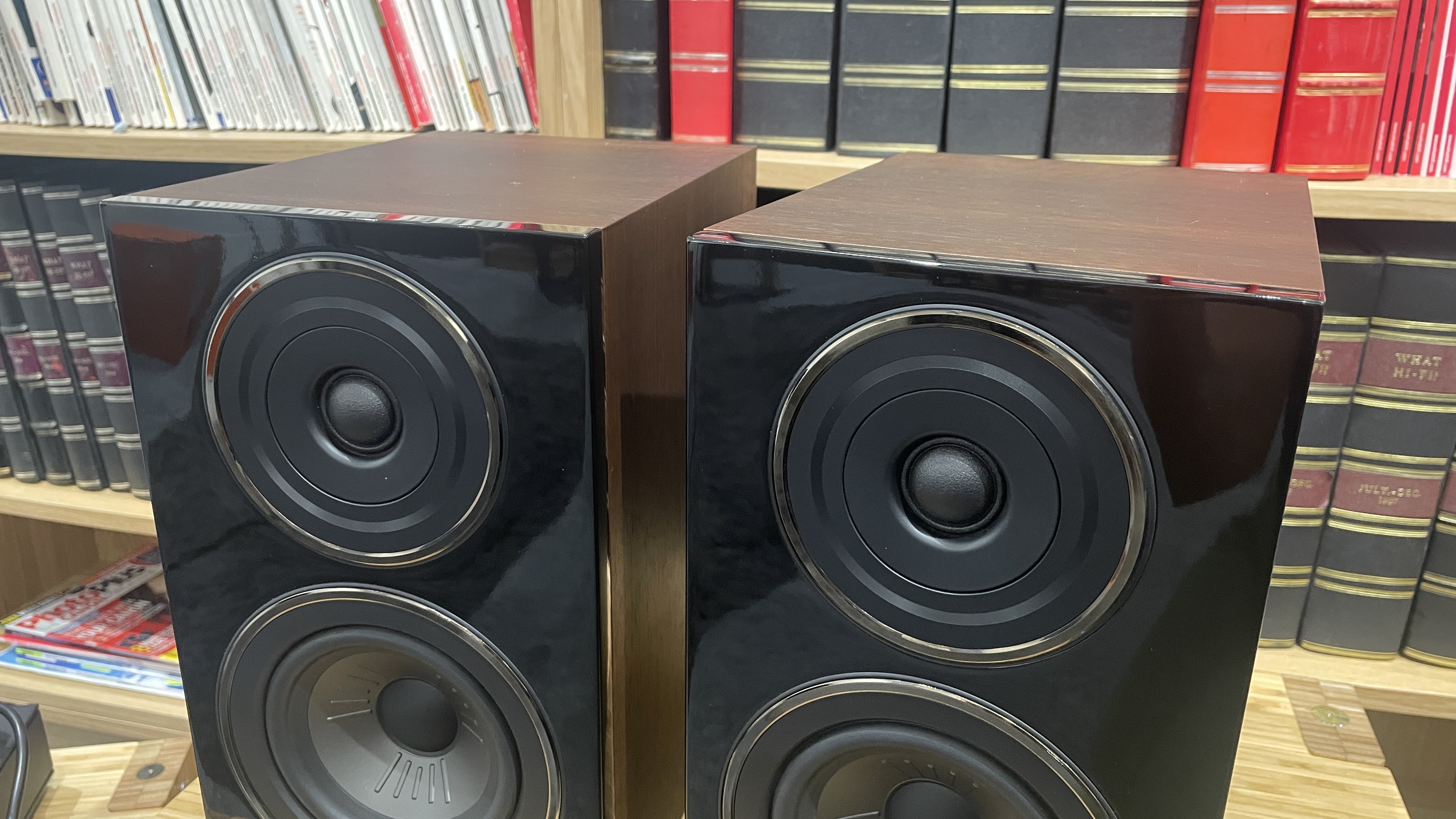
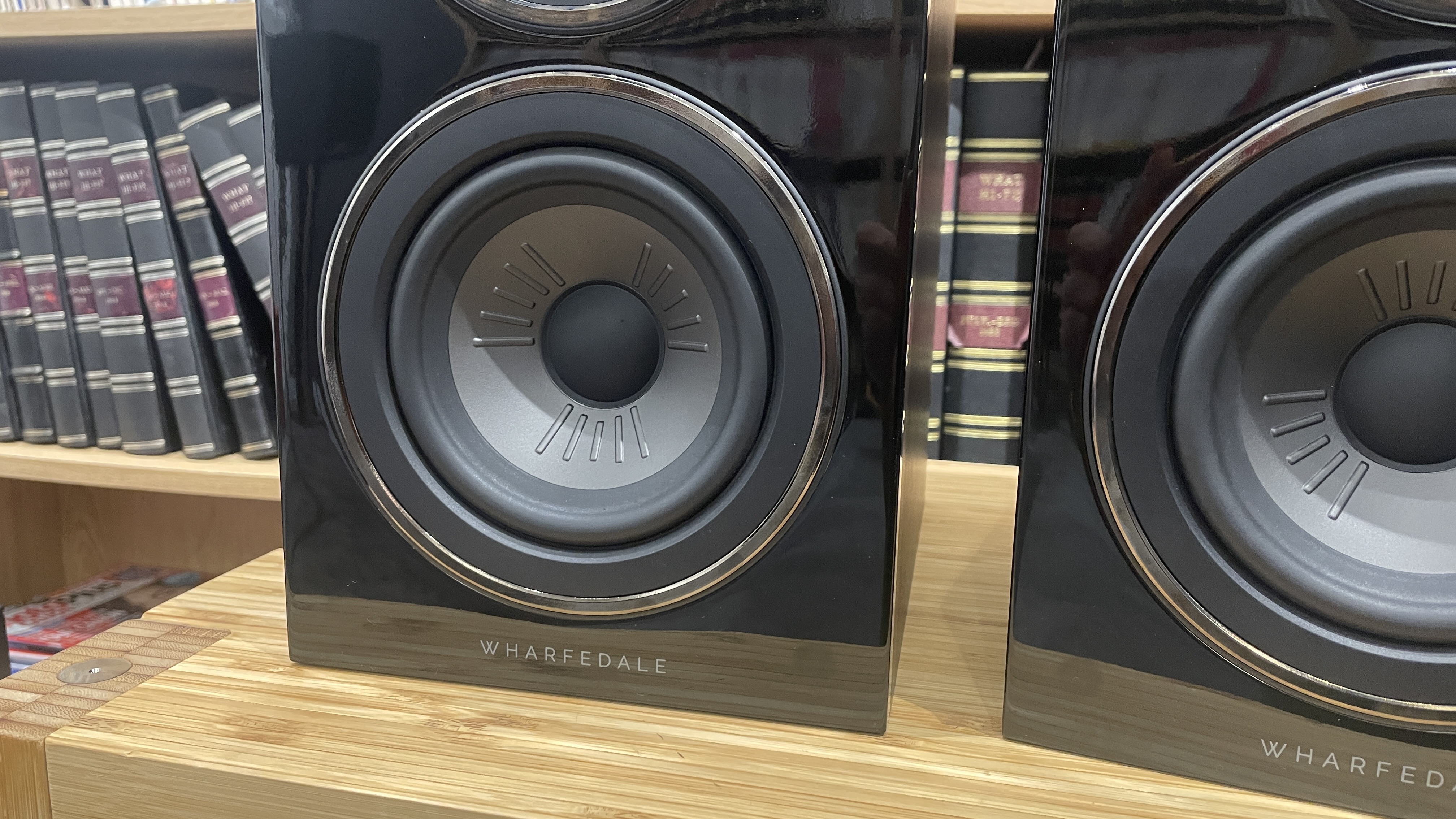
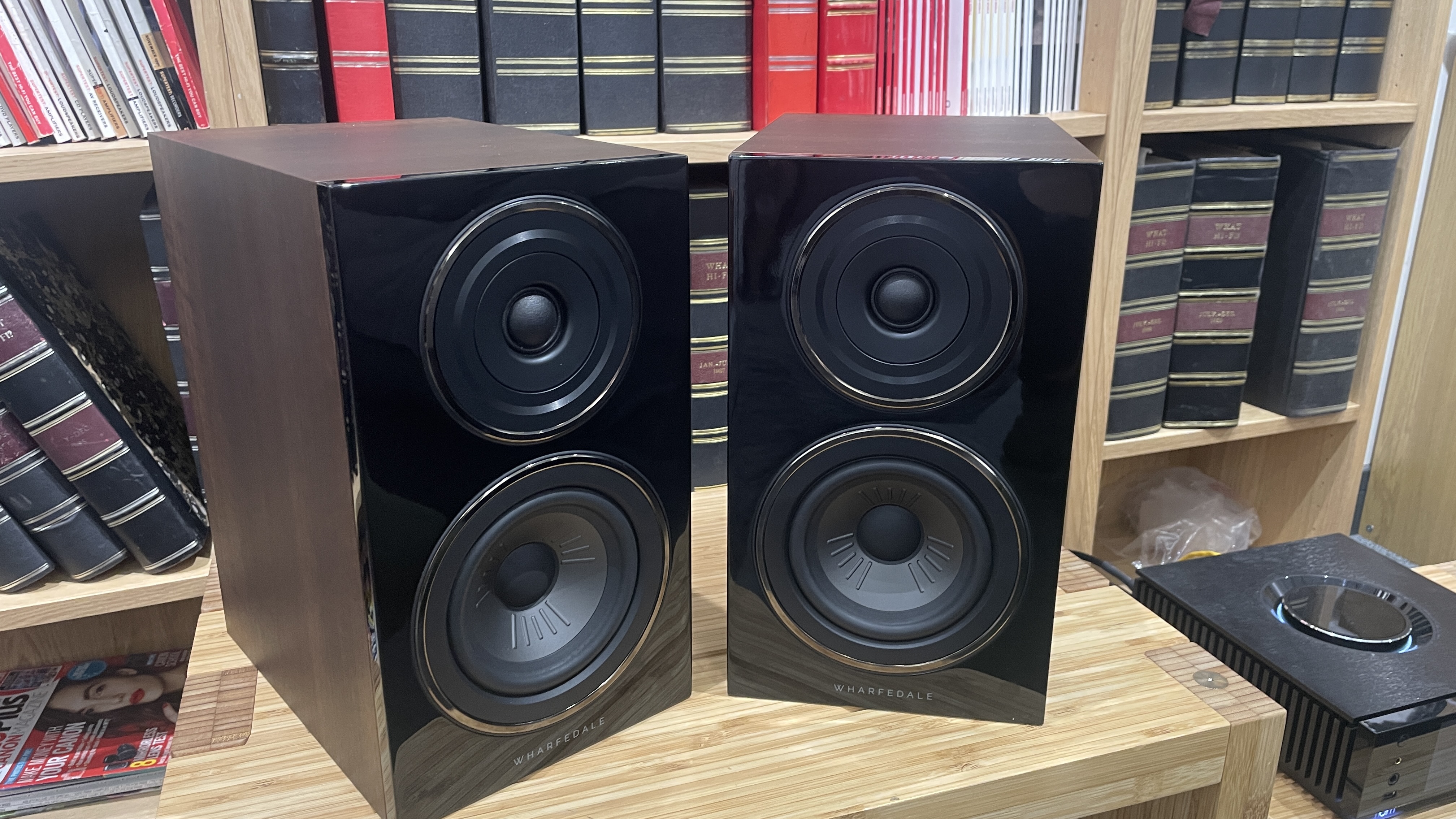
Specifications
Reasons to buy
Reasons to avoid
Wharfedale's Diamond range of speakers has always had one mission: to offer top class sound at an affordable price.
Over 40 years on, it continues to succeed in its mission. The current Diamond 12.1 standmounters are a more sophisticated design with updates throughout, from drive units to cabinet construction, but these speakers remain as recommendable as when we first reviewed them in 2020.
It says volumes about the 12.1's staying power – and unmoving price tag, which is rare these days – that nearly five years on, we are still of the opinion that these budget bookshelf speakers have such a "broad spread of abilities that will help them get the most from price-compatible electronics and deserve a place high on your shortlist."
Even for its ultra-affordable price, the Diamonds are built to a pleasingly good quality. It's a neat and compact box – standing just 31cm tall, it won’t dominate any room. The two-way design features rear-firing reflex port, rather than the downward-facing design used in previous models.
The Diamond 12.1 have a bold, full-bodied presentation with ample detail on show. The speakers sound composed and refined too, qualities that are rather unusual at this budget end of the spectrum. They deliver more authority and scale than their modest price and size suggest, too, and while we don't expect bone-shaking bass from small boxes, low-end notes sound full and dig deep enough to satisfy at this level.
Overall these speakers have a smooth tonal balance and a forgiving nature, but they have just enough bite and convincingly communicate the shifts in dynamics to keep you drawn to the music. They deliver strong rhythmic punch and are able to reveal subtleties in detail, too.
At this budget price, the Diamonds have faced serious competition from some excellent affordable speakers. We're still big fans of the expressive and agile Dali Spektor 2, while the multi-Award-winning Elac Debut B5.2 offers just a bit more rhythmic prowess and transparency.
This Elac model has been discontinued, however, leaving the door open for the Wharfedale Diamond 12.1 to emerge as budget favourites with their easy-going nature that will partner well with most components.
You won't get a more crowd-pleasing performance at this level.
Read our full Wharfedale Diamond 12.1 review
Best bookshelf speakers for small rooms
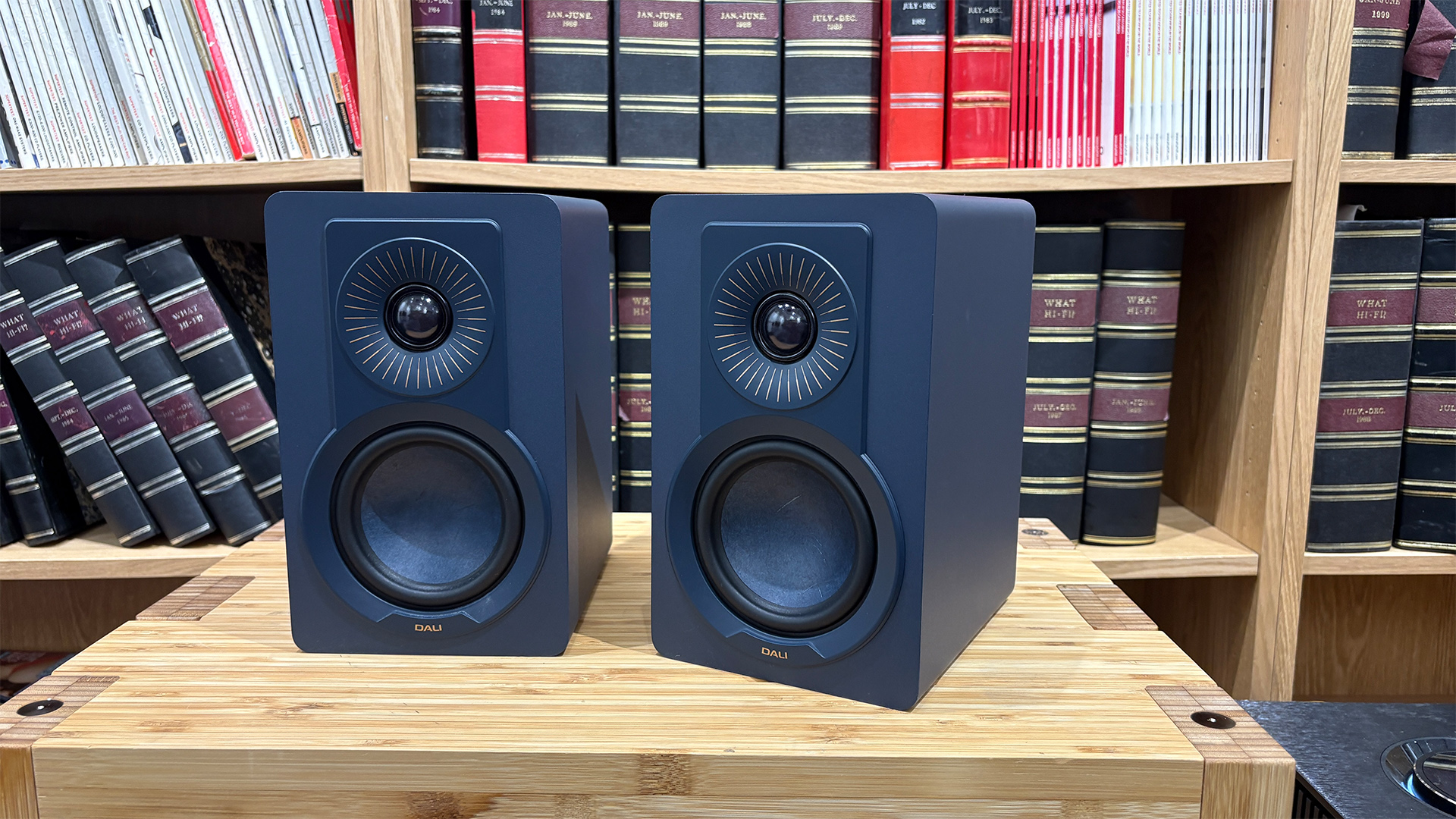
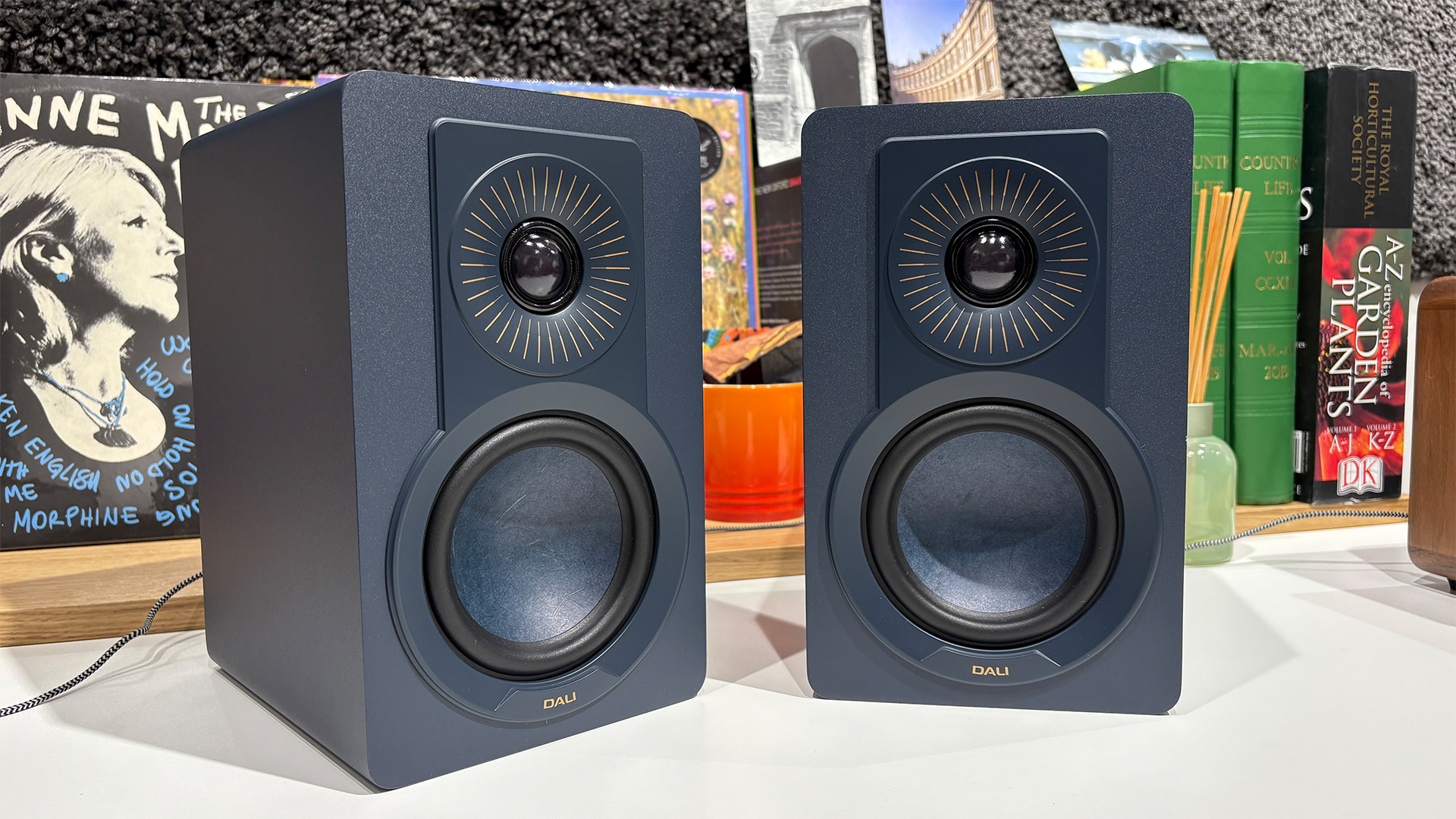
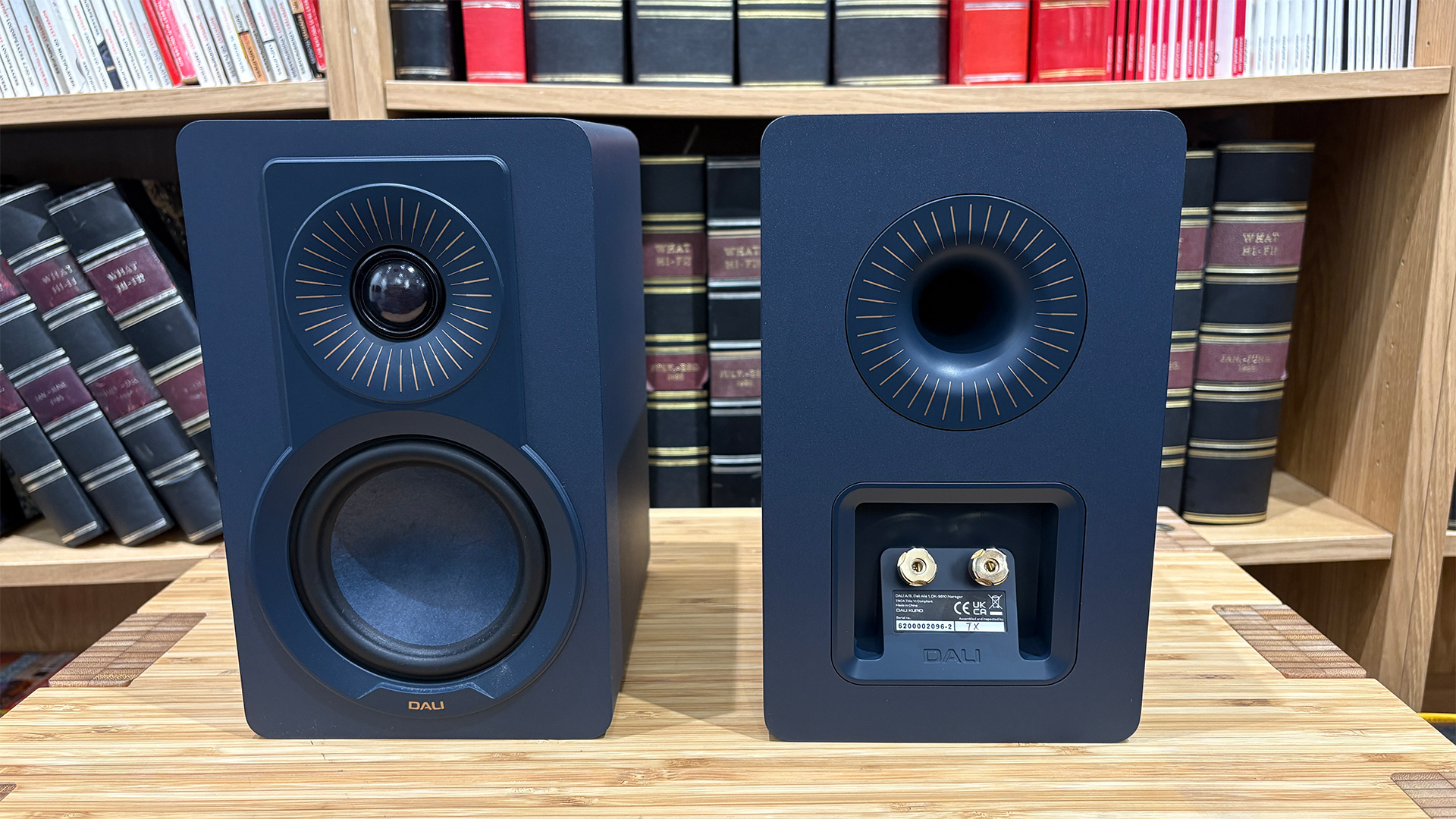
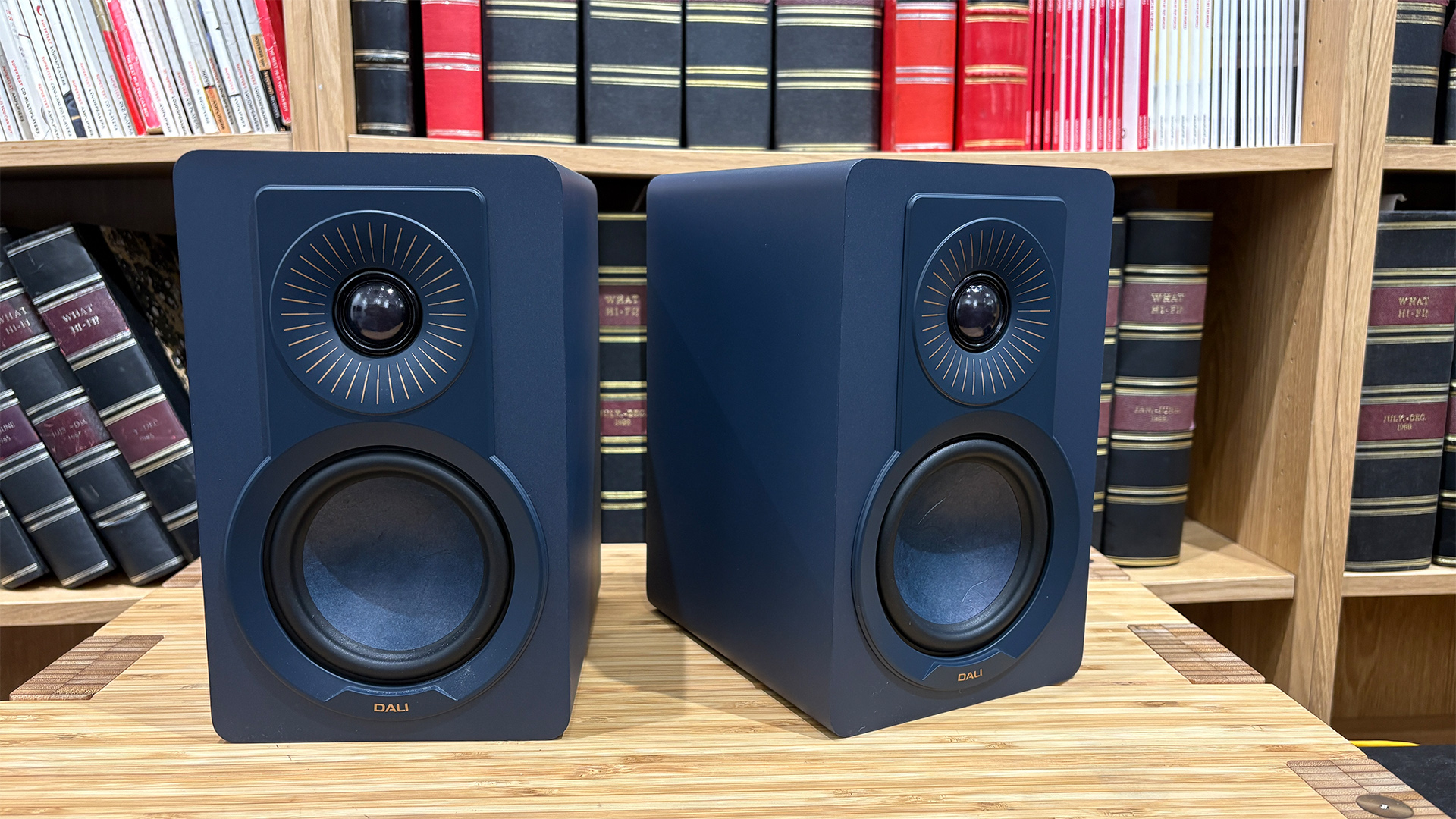
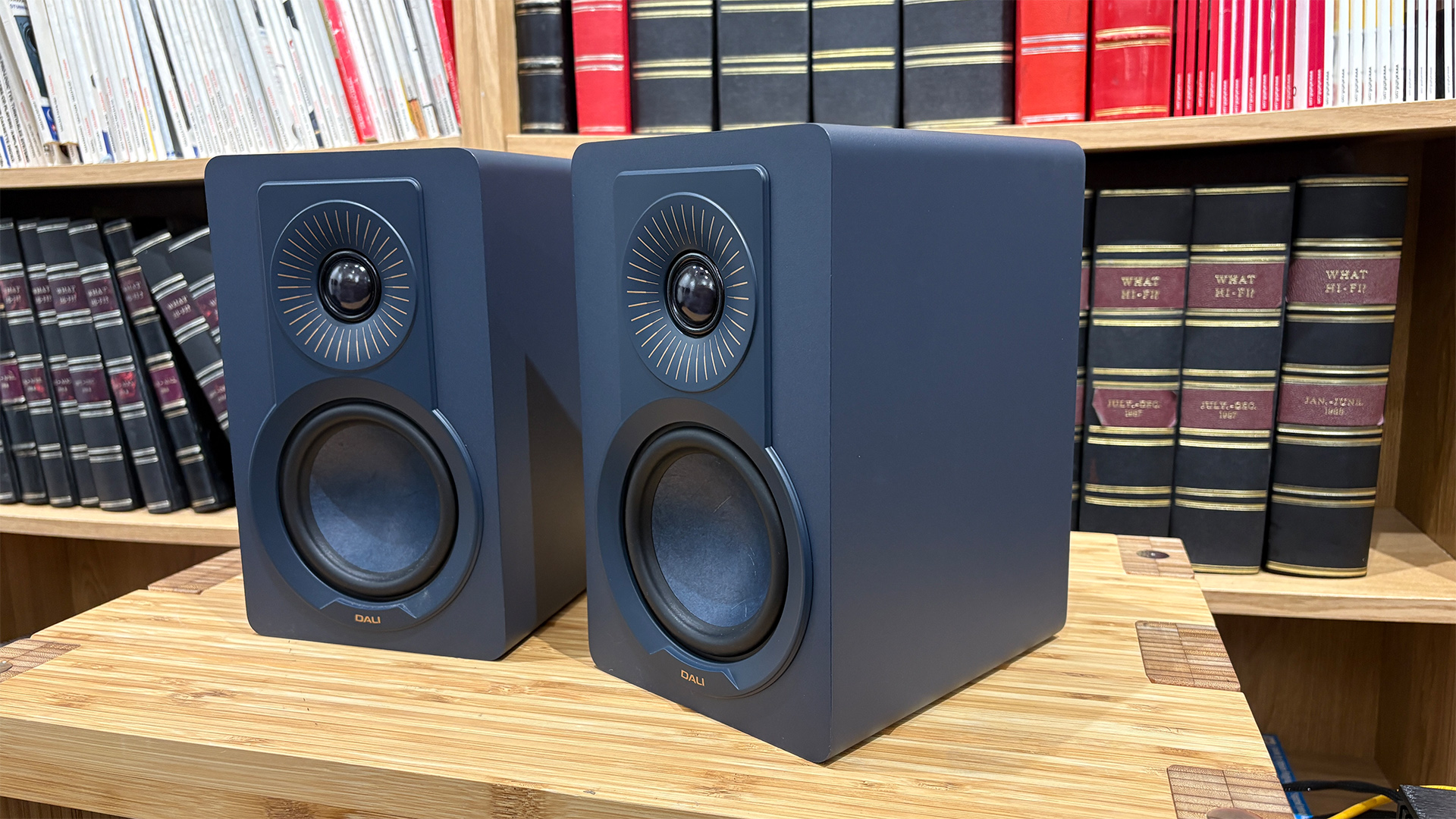
Specifications
Reasons to buy
Reasons to avoid
If you're in the UK (£299) or Australia (AU$599), the Dali Kupid are some of the most affordable speakers you'll find on this rundown. They're more expensive for US buyers at $600, but not so much that we don't consider them great value no matter where you are and where you buy them.
These are compact bookshelf speakers through and through. They've got a small price and a small footprint, weighing in at just 5.8kg, and while they've also got a low sensitivity of 83dB, we didn't find them tough to drive during our extensive tests.
Their small size, meanwhile, works to their advantage, as they can be placed on desks, cabinets, bookshelves, TV stands or large windowsills rather than on dedicated speaker stands, making them well-suited to those with limited space. You can even mount them on the wall thanks to their included fixing screws and wall brackets.
Small speakers they may be, but the Kupid aren't shy in how they deliver their sound. The compact units offer a lively, nimble presentation that is packed with enthusiasm and brio, and while you won't get a huge amount of bass, their expressive midrange is enough to make up for it.
They're great with rhythms, too, and as we stated in our review, the Dalis "exhibit a knack for snappy timing and agile rhythm (and) have a fleet-footed quality that zips along with all kinds of tracks in an engaging manner". Nice.
Dynamically, the Kupid can pull out the ebbs and flow of tracks with conviction, while also revealing subtler moments with a deft hand. They're able to bring out the drama of more challenging tunes, and while they may be small and nimble, we don't often feel as though the Kupid aren't immersing us in the music we feed them.
As we made clear in our review's verdict: "A great choice for small, modern music systems, the entertaining Dali Kupid speakers will win over many hearts". A nice way to put it.
Read our full Dali Kupid review
Best mid-price bookshelf speakers
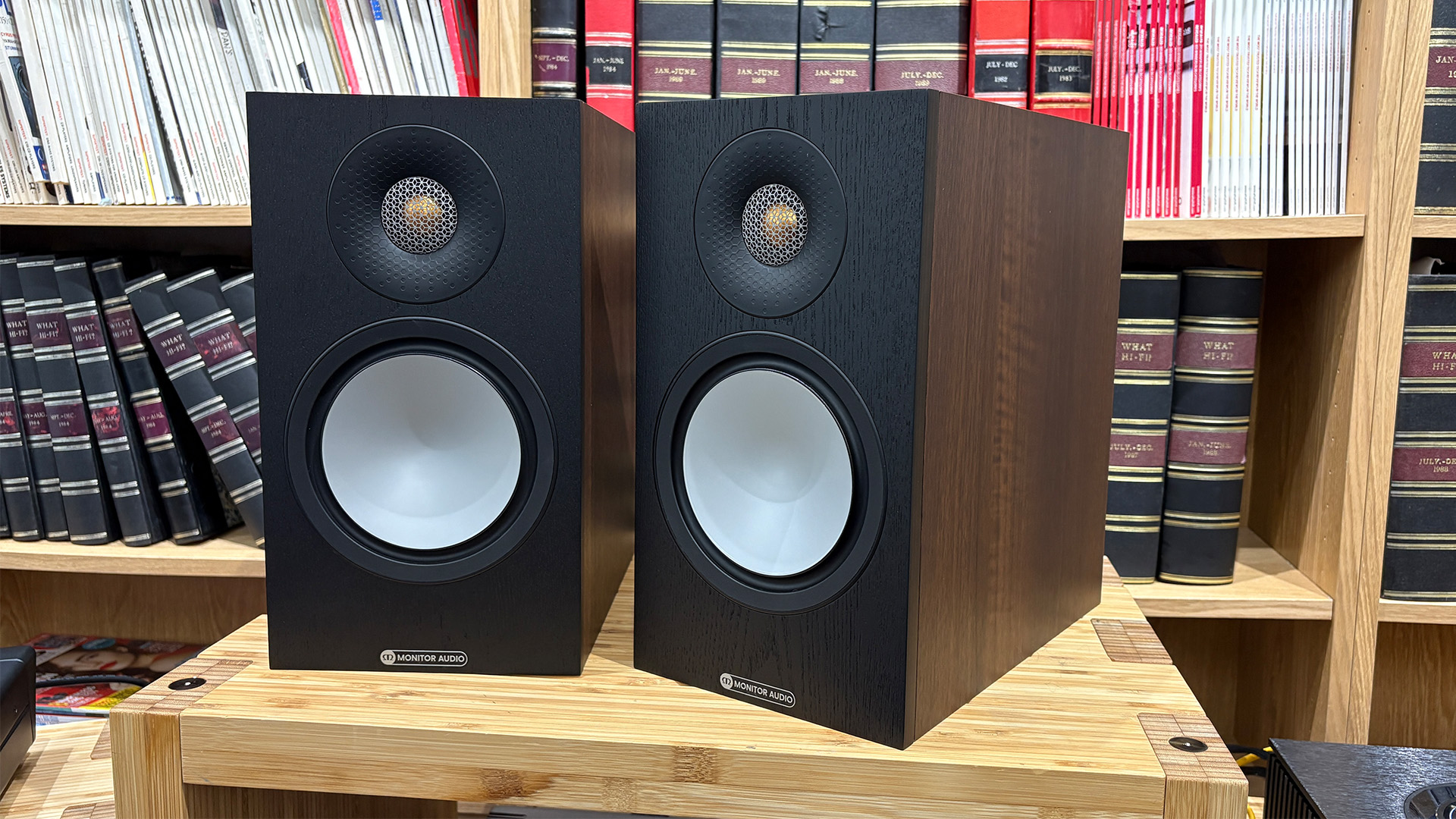
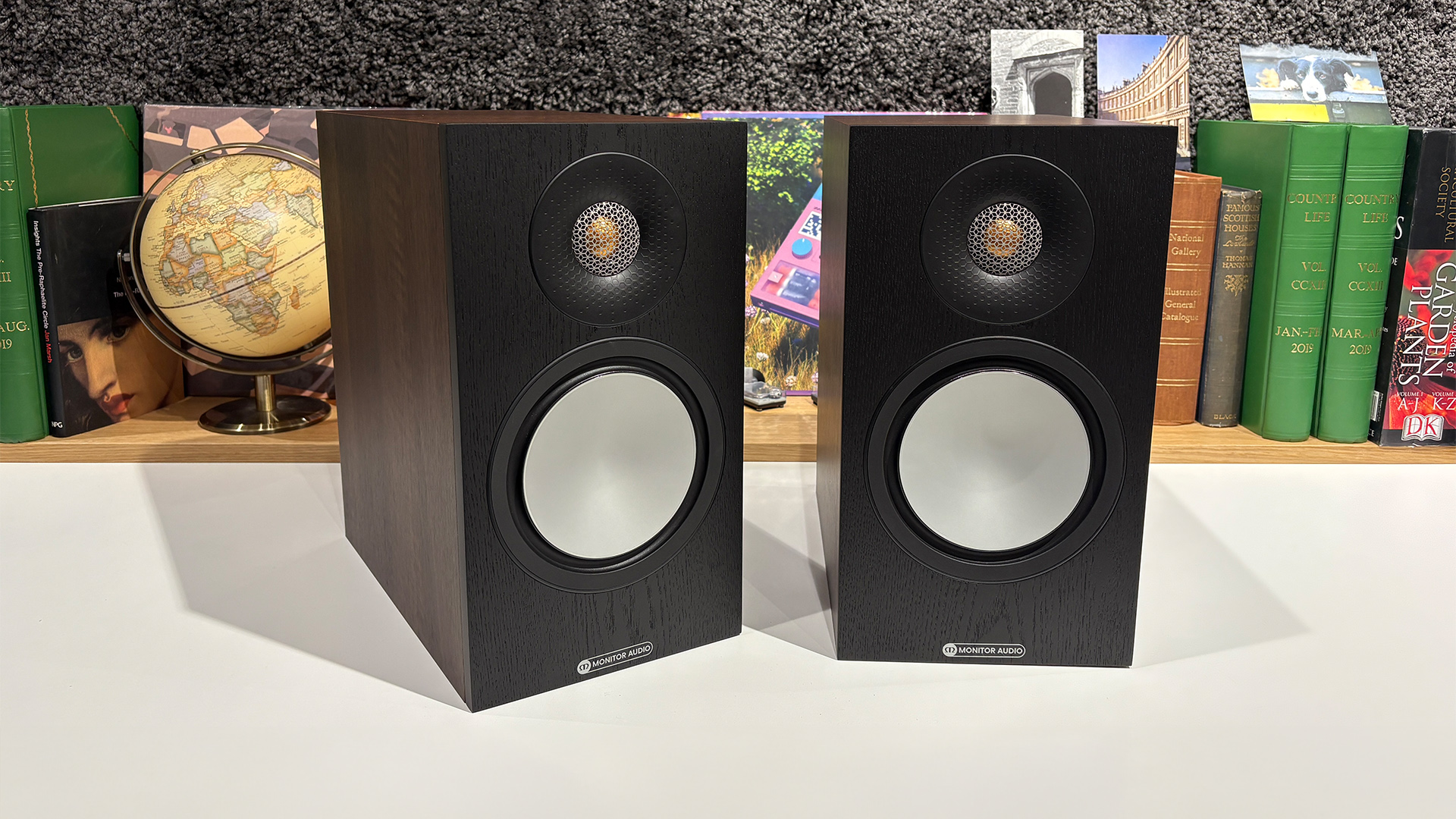
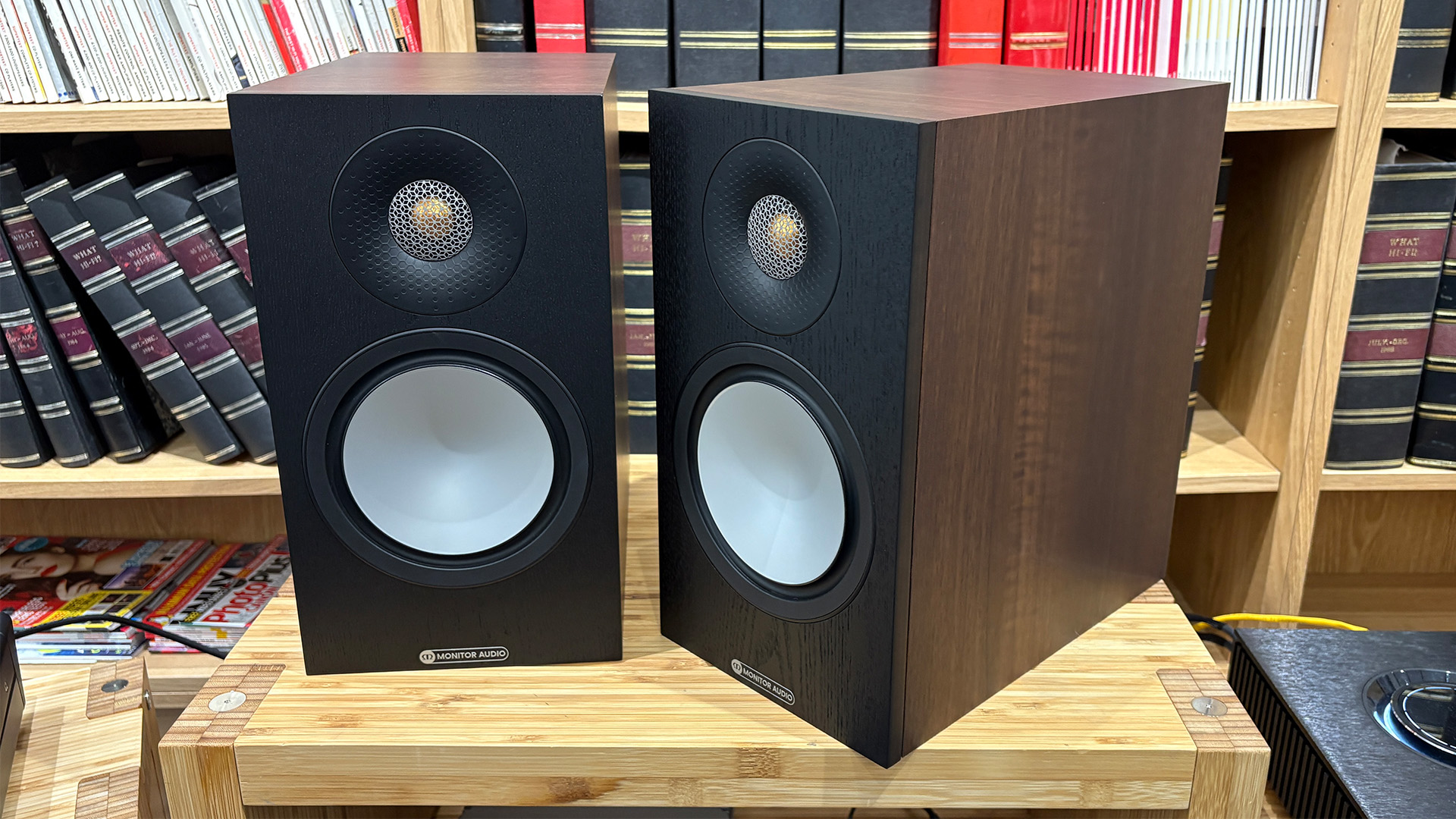
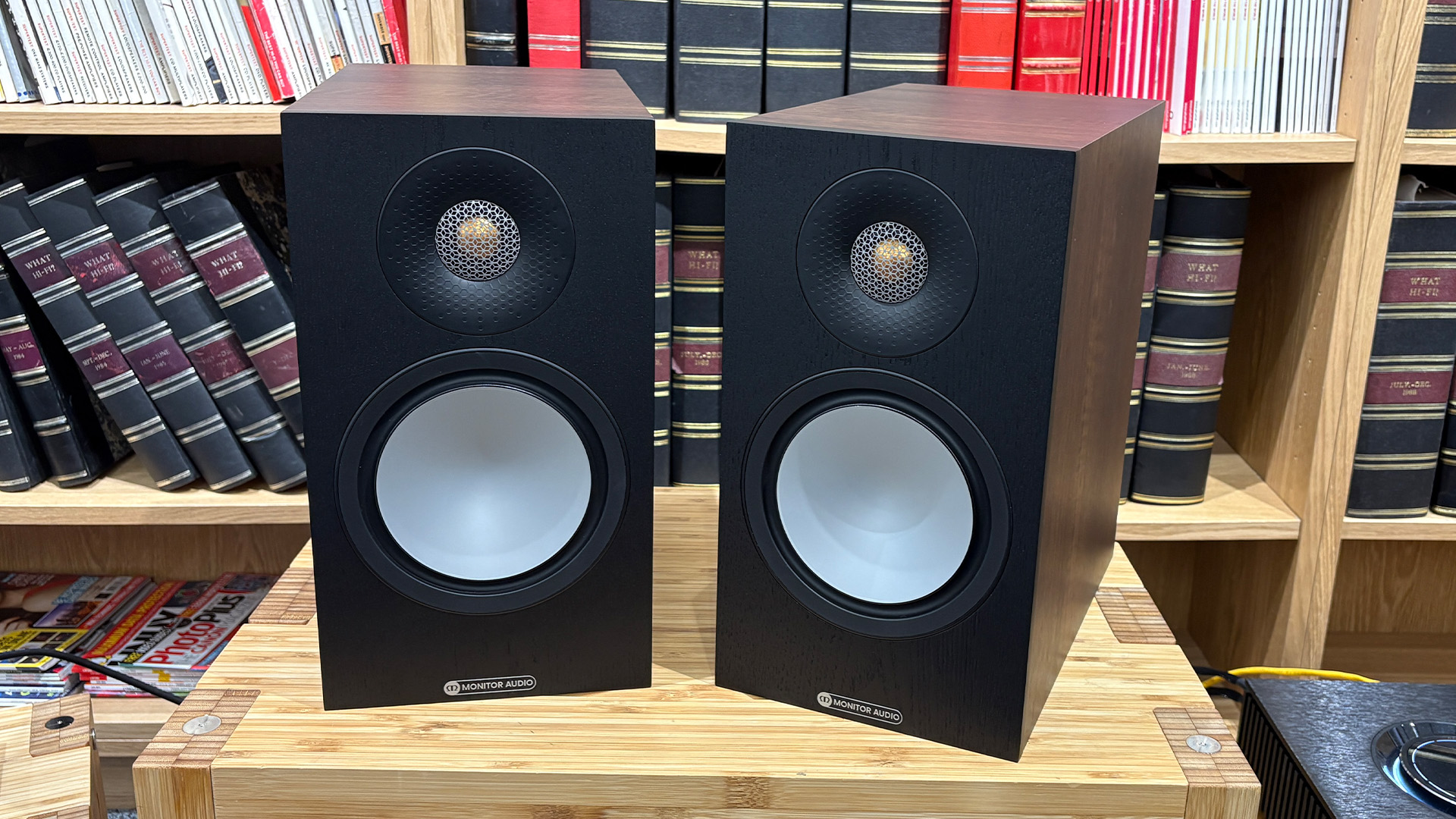
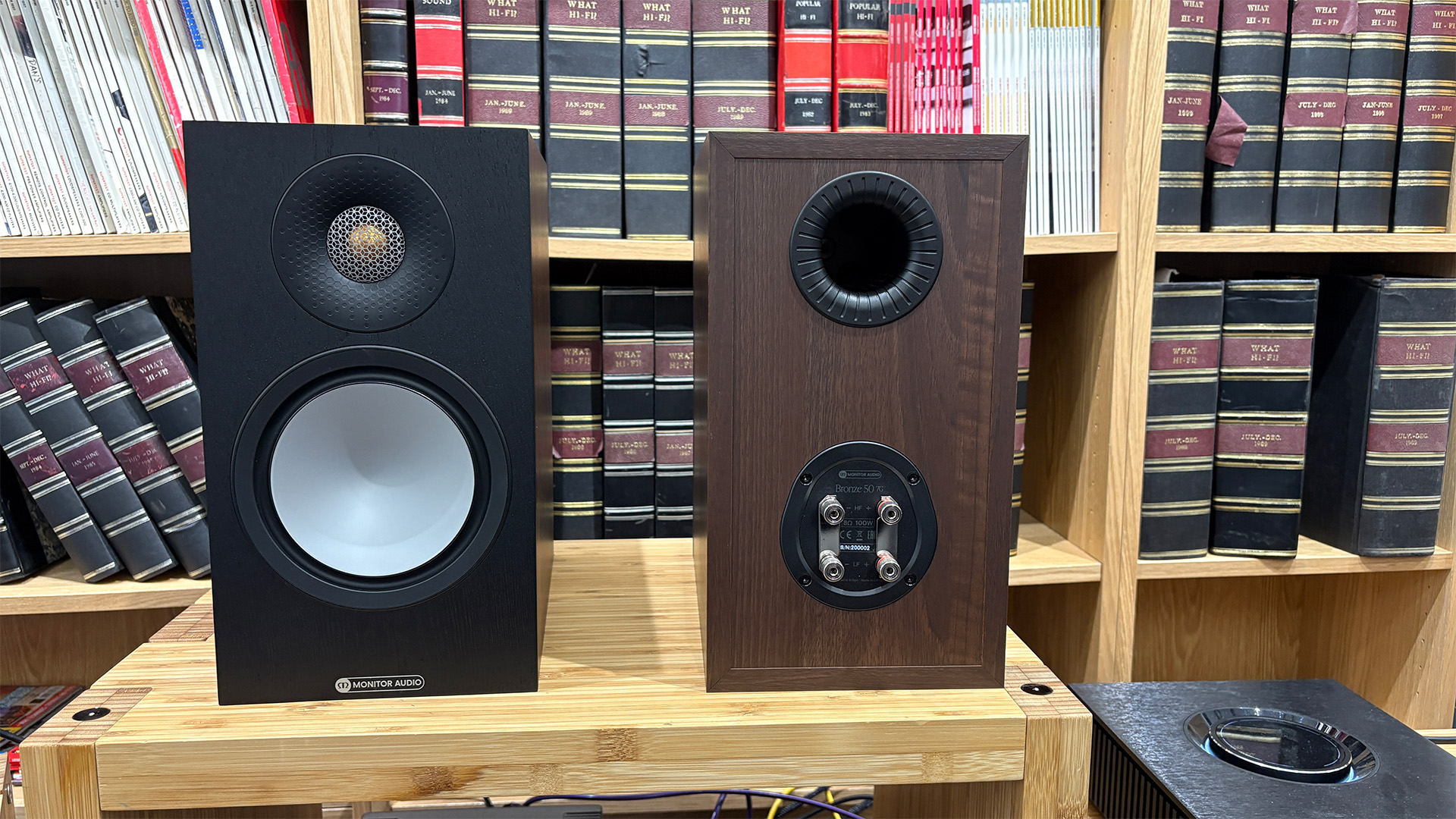
Specifications
Reasons to buy
Reasons to avoid
Monitor Audio took a ground-up approach with the 50 7G, looking back at previous generations of the Bronze speakers to find the qualities that made them great before blending that DNA with a host of key refinements in a bid to elevate the company's entry-level speakers.
From the outside, they look the part. They're not that expensive, but the 50 7G look cool and classy, with a beautifully made and a sleek aesthetic that we find hugely appealing.
Inside, new Ceramic-Coated Aluminium Magnesium (C-CAM) drivers used in the Bronze series offer a better “piston-like movement” that helps reduce break-up issues. In the Bronze 50 7G, there's a a 25mm C-CAM gold dome tweeter that’s lighter, thinner and more rigid than before, combined with an updated UD (Uniform Dispersion) Waveguide II for pursuing a wider, more precise sound and improved time alignment.
It's all worked wonders. For a speaker at this price, the Bronze 7G are remarkably precise and controlled, offering a clear, fast and detailed sound that grabs you from the get-go. These are front-footed speakers, and they have no intention of being ignored.
The 50 7G deliver a full-scale sound that’s spacious and enveloping, with an adept handling of rhythmic snap and dynamic contrast. They are clearer, more detailed and more rhythmically talented than the B&W 607 S3, and that's not an easy benchmark to reach.
Some listeners might prefer a more relaxed presentation, but if you're onboard for what the Bronze 50 7G are offering, they're an immensely entertaining choice.
Read our full Monitor Audio Bronze 50 7G review
Best bookshelf speakers for audiophiles
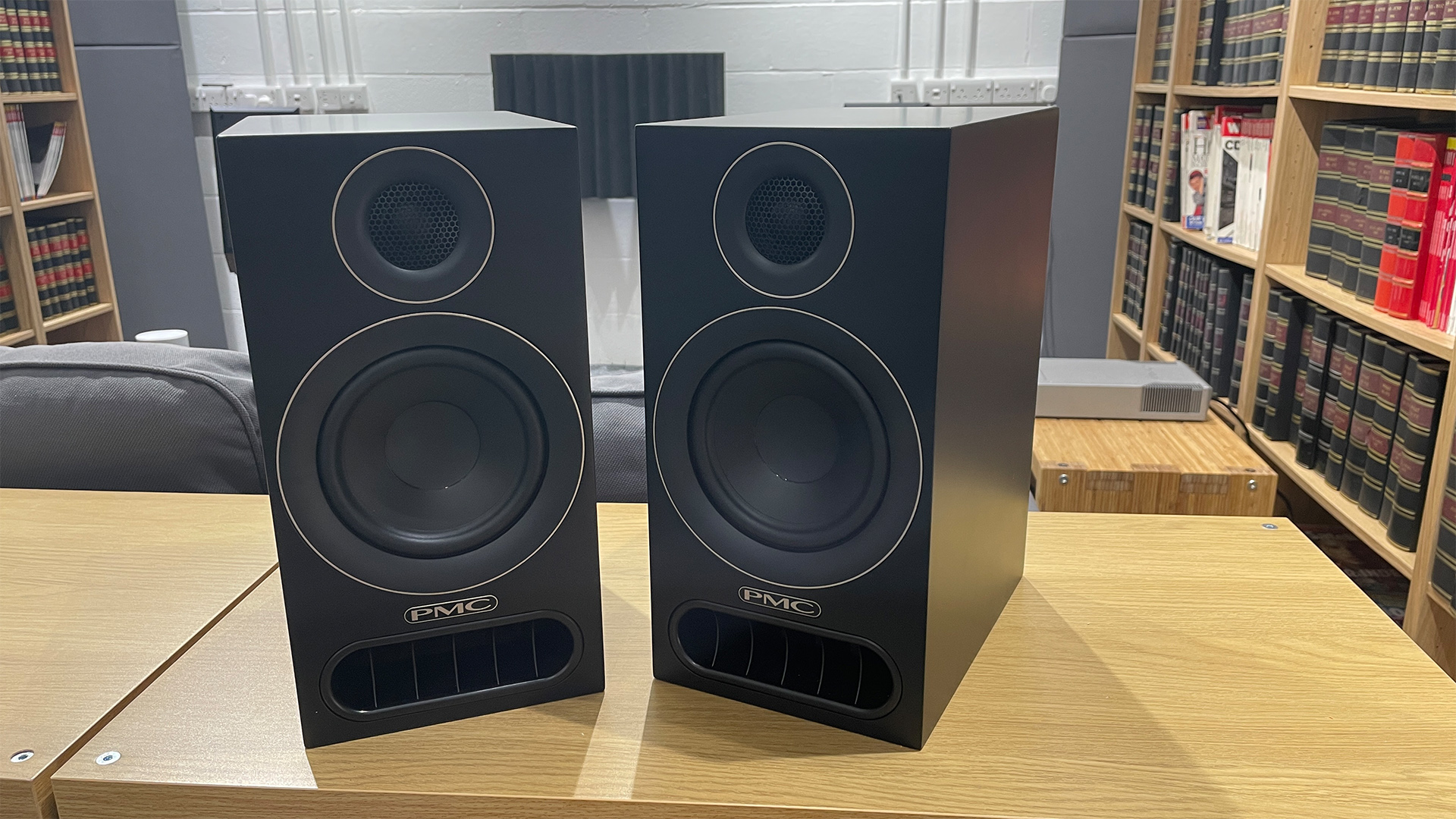
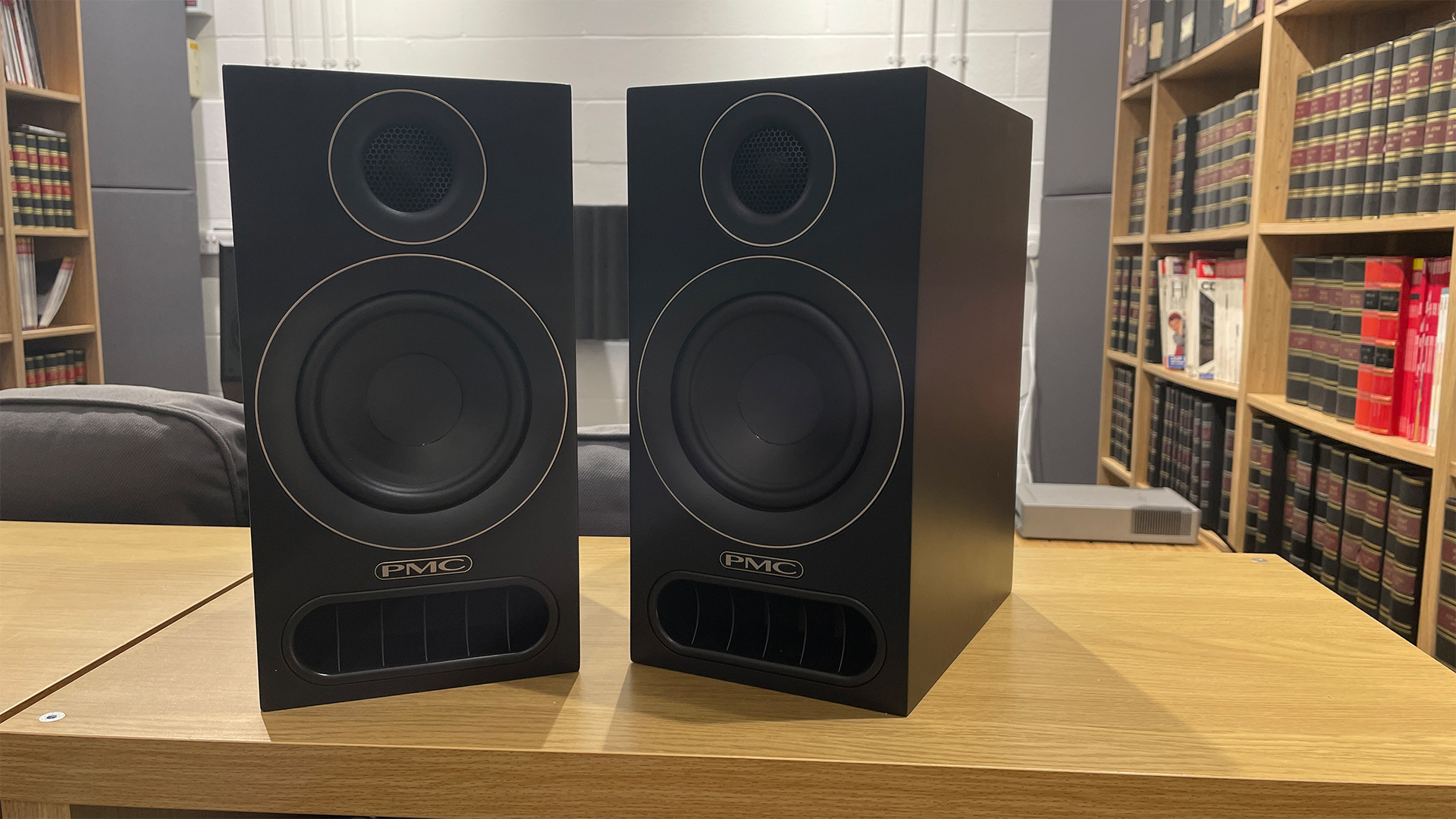
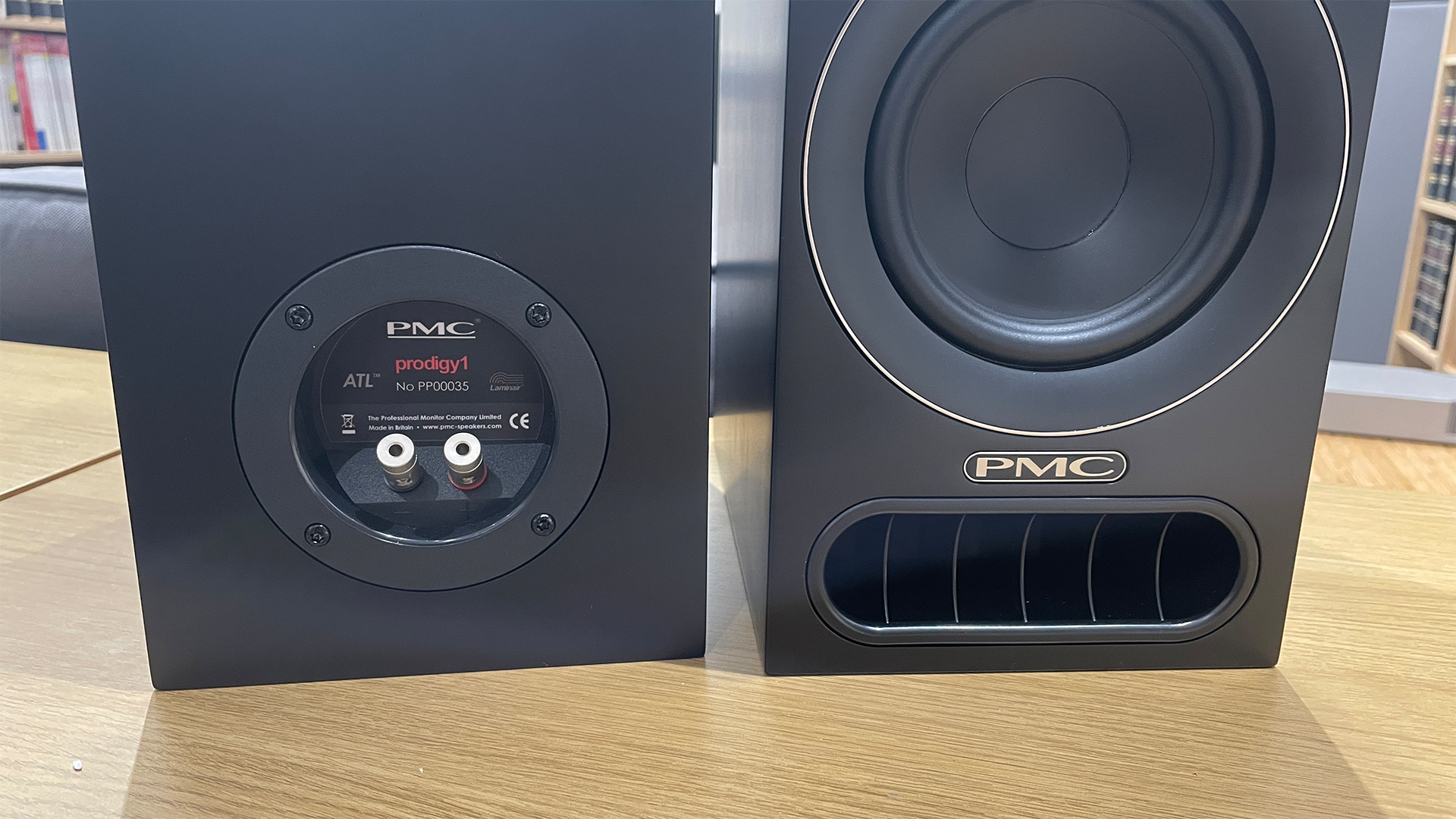
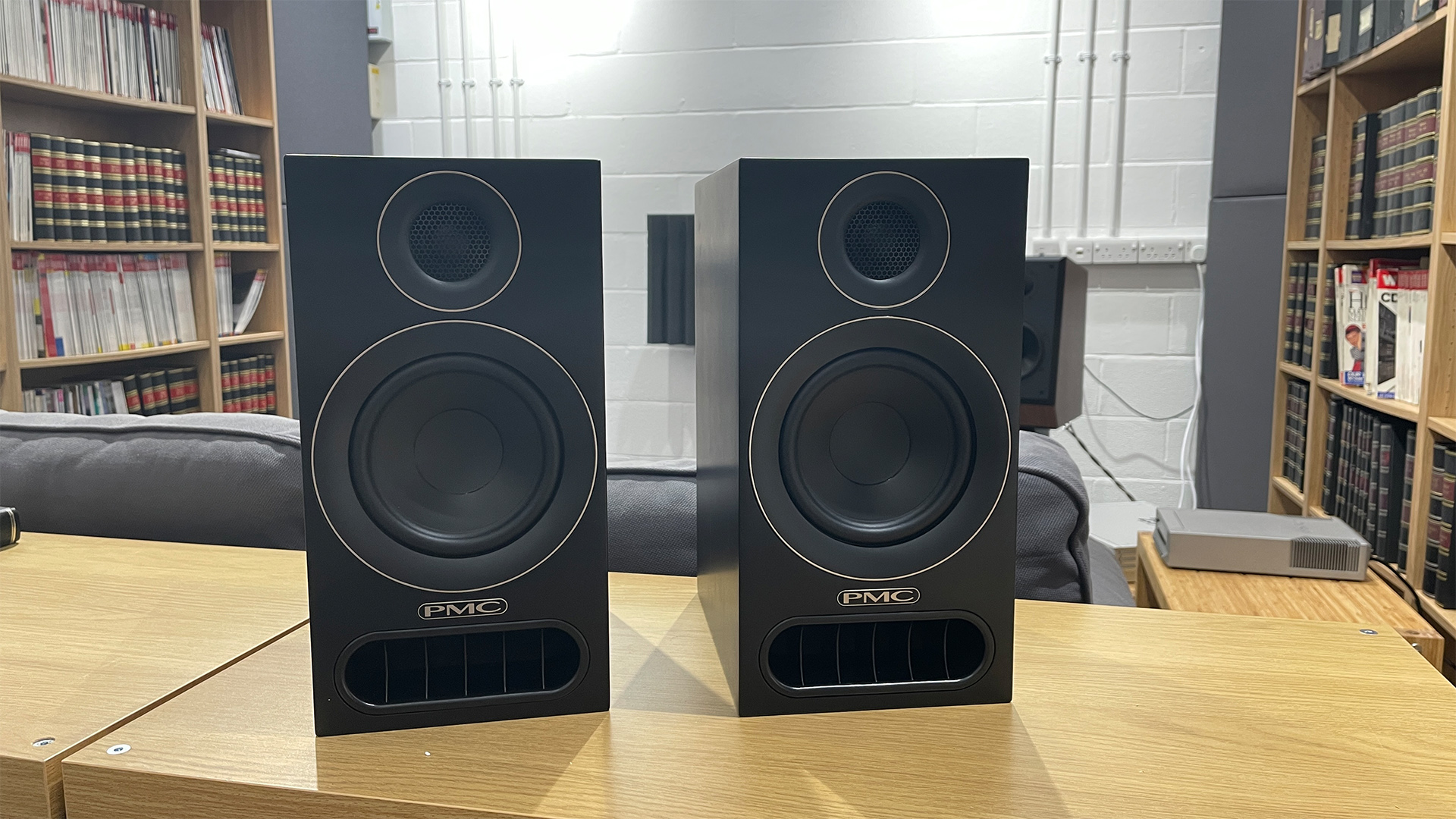
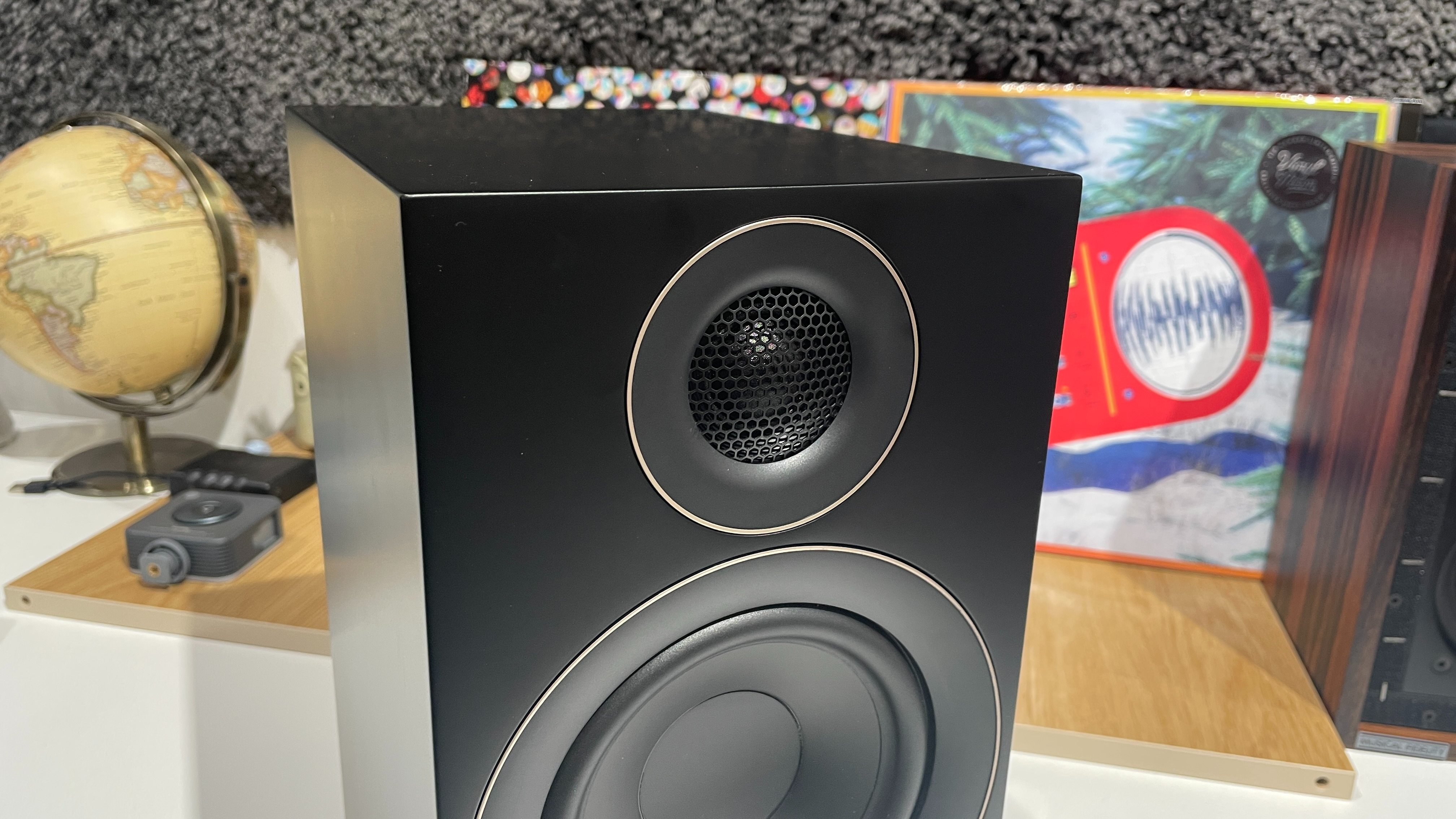
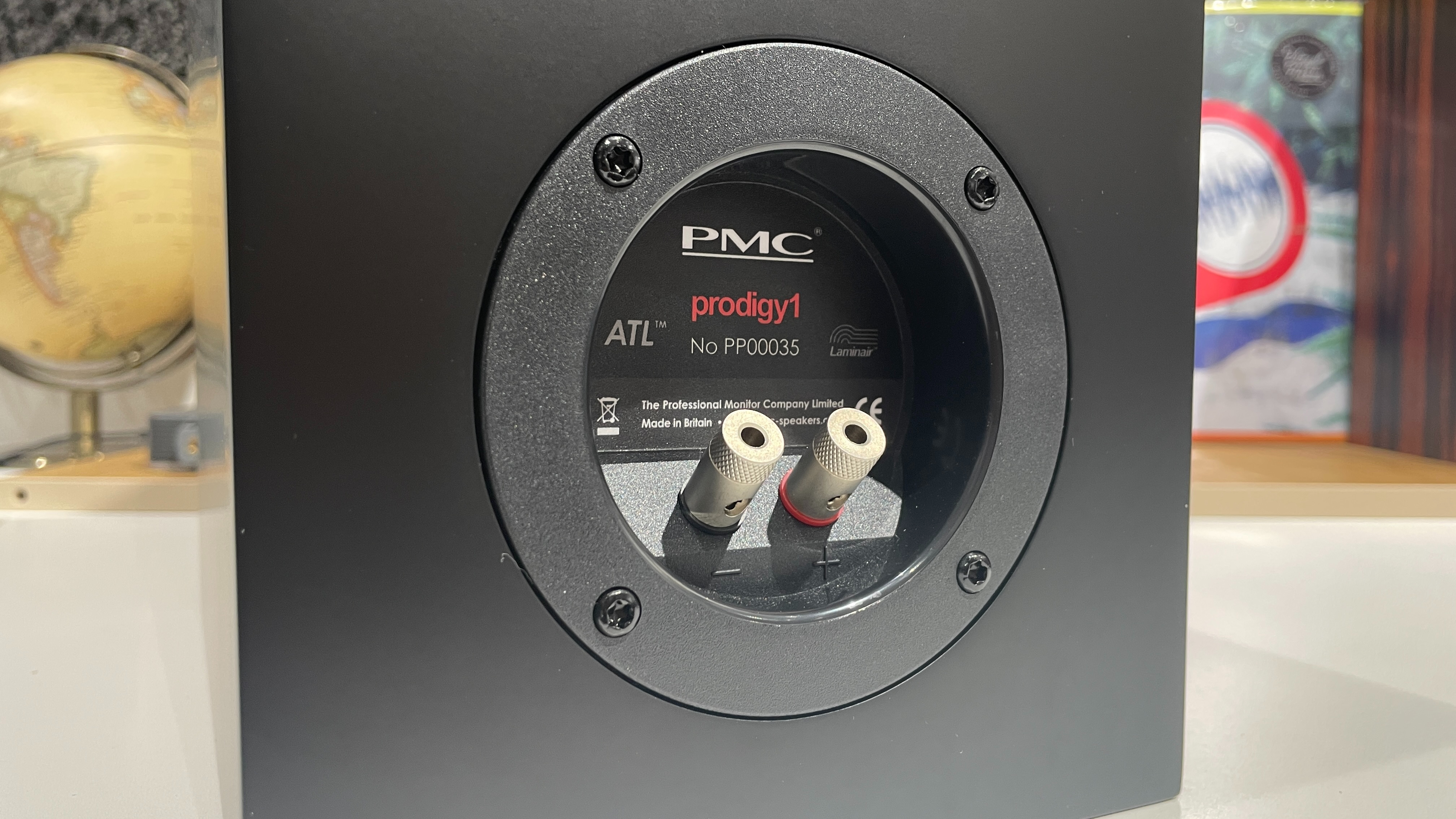
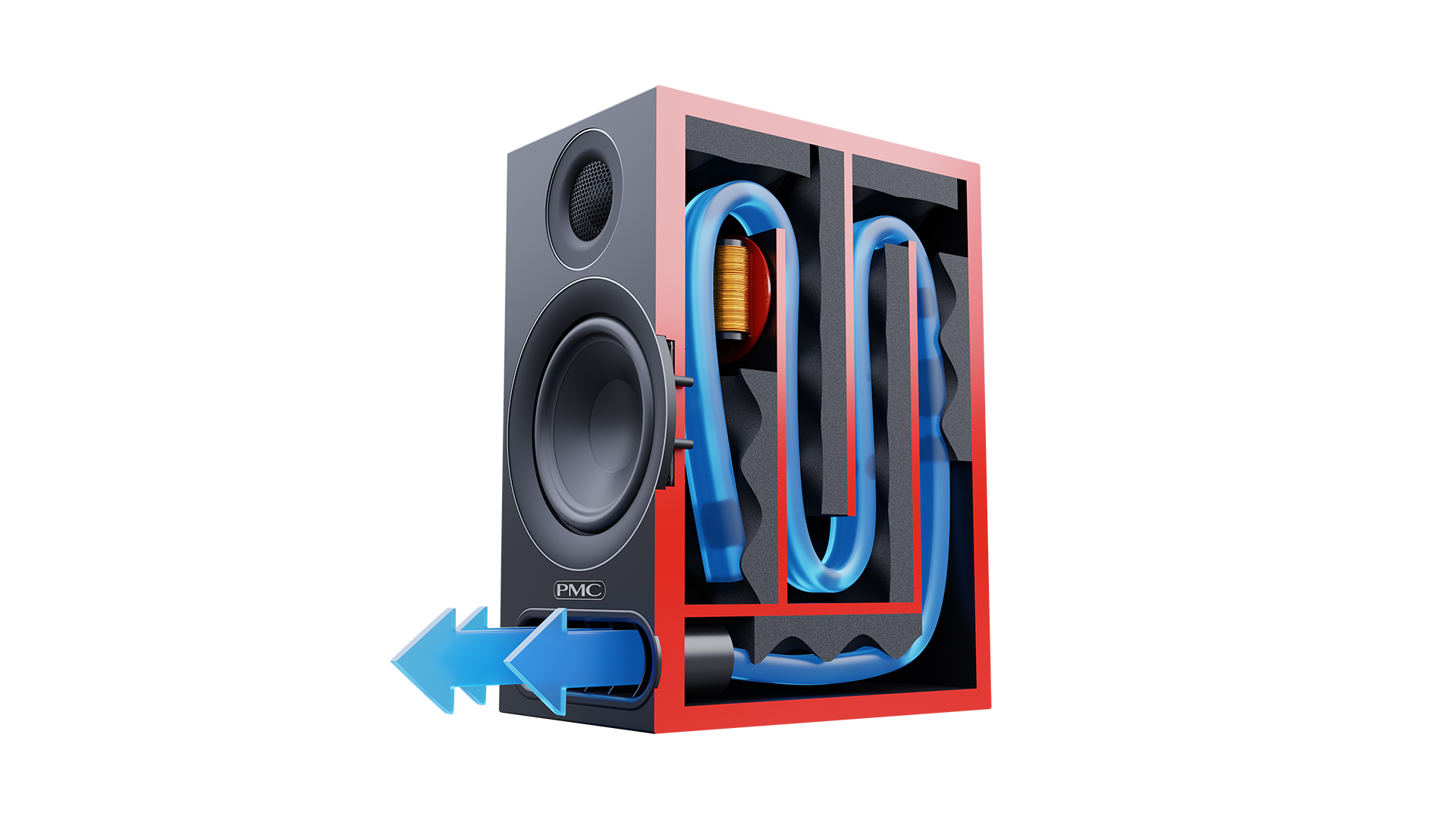
Specifications
Reasons to buy
Reasons to avoid
These might be PMC's entry-level standmounts, but they sound anything but (and they're not exactly cheap, either). That's hardly surprising – they're measured and listened to alongside the firm's reference models, and feature the same 27mm soft dome tweeter and 13cm mid/bass driver taken from models further up the company’s line.
They also feature Laminair – the aerodynamic port which was first developed for the flagship QB-1 studio monitors. This smooths the passage of air exiting the speaker to minimise airflow noise and improve bass definition.
The design is pleasingly minimalist, though it lacks some of the high-end polish of PMC's pricier models. But sonically, they're stunning, boasting excellent detail, clarity and charisma.
The midrange is full of dynamic expression and solidity, and the bass digs deep without losing definition. Low frequencies have pace and punch to complement that impressive presence and depth, too.
As we said in our review: "Play Anohni And The Johnsons’ It’s My Fault from the collective’s latest album, and the Prodigy’s midrange talents come to the fore once more. There’s substance behind her vocal delivery, and a very honest rawness that conveys her grief and guilt around her complicity with how humanity has 'broke the earth.' Emotion pours out of her mouth and the PMCs do well to communicate it."
While the Prodigy 1’s talents in precision and organisation mean we would veer towards calling them ‘analytical’, the speakers aren’t informative at the expense of entertainment.
Systematic, yes, but anything but soulless.
Read our full PMC Prodigy 1 review

When I first laid eyes on the Prodigy 1, I wasn't exactly blown away; they looked pretty plain and much cheaper than the similarly priced KEF LS50 Meta (above). But this is a classic case of how looks can be deceiving as within just a few songs of testing I could tell they were something special. Indeed, they set the standards in detail and precision at this price, and certainly aren't slouches in the bass or musicality departments either. If you can afford these PMCs and are able to position them fairly near a rear wall, I'd recommend you audition them pronto.
Best premium bookshelf speakers
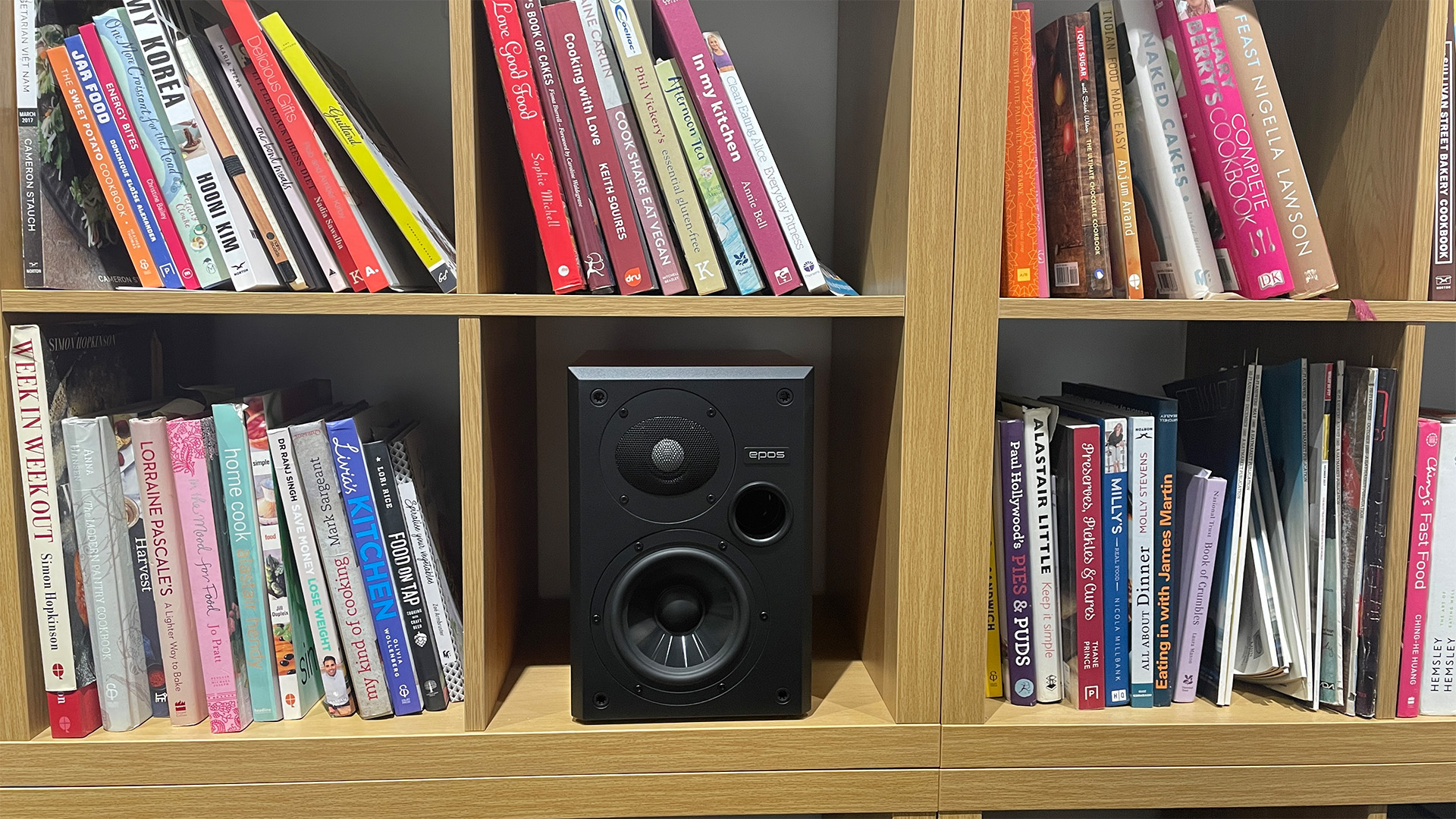
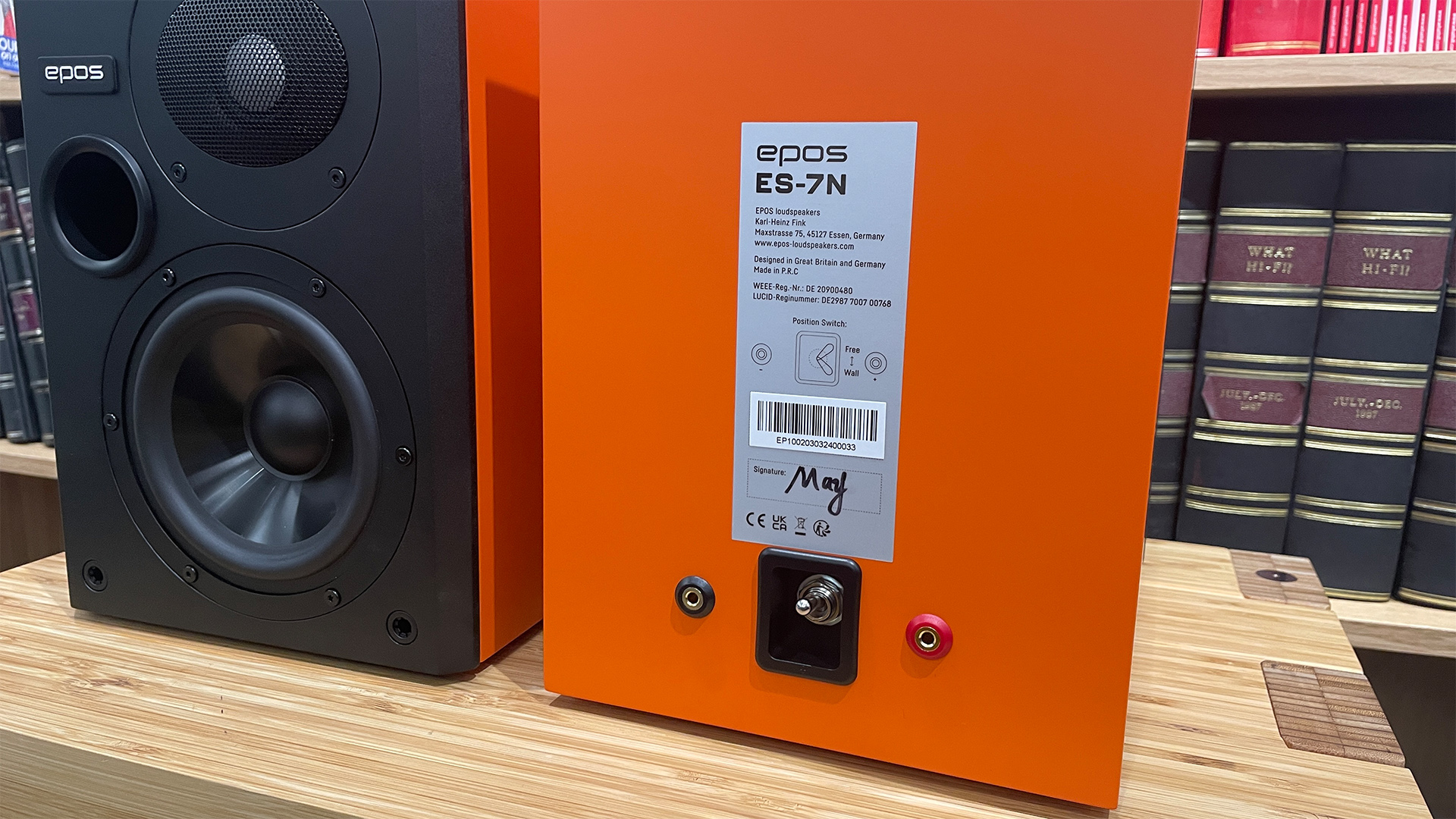
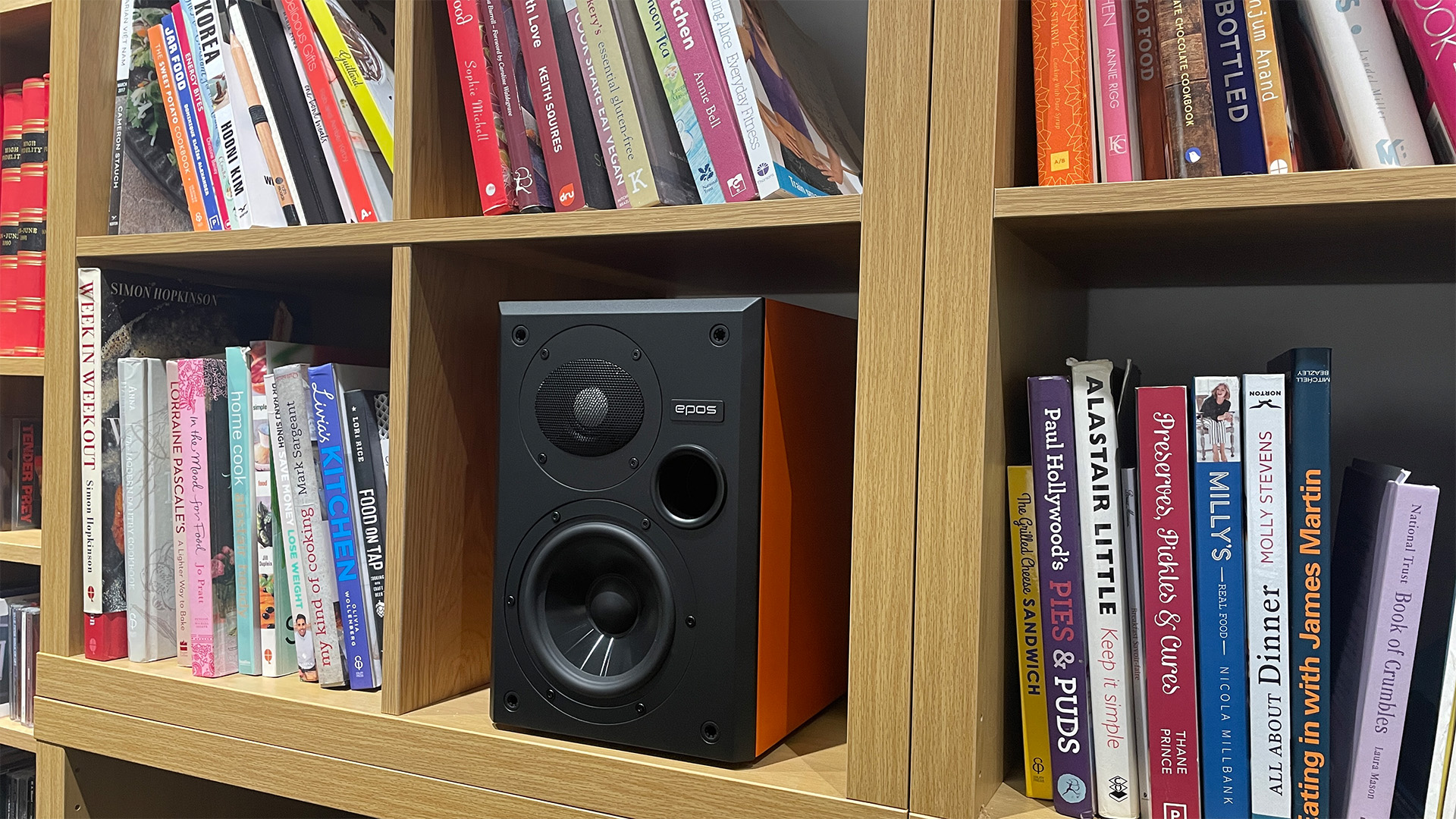
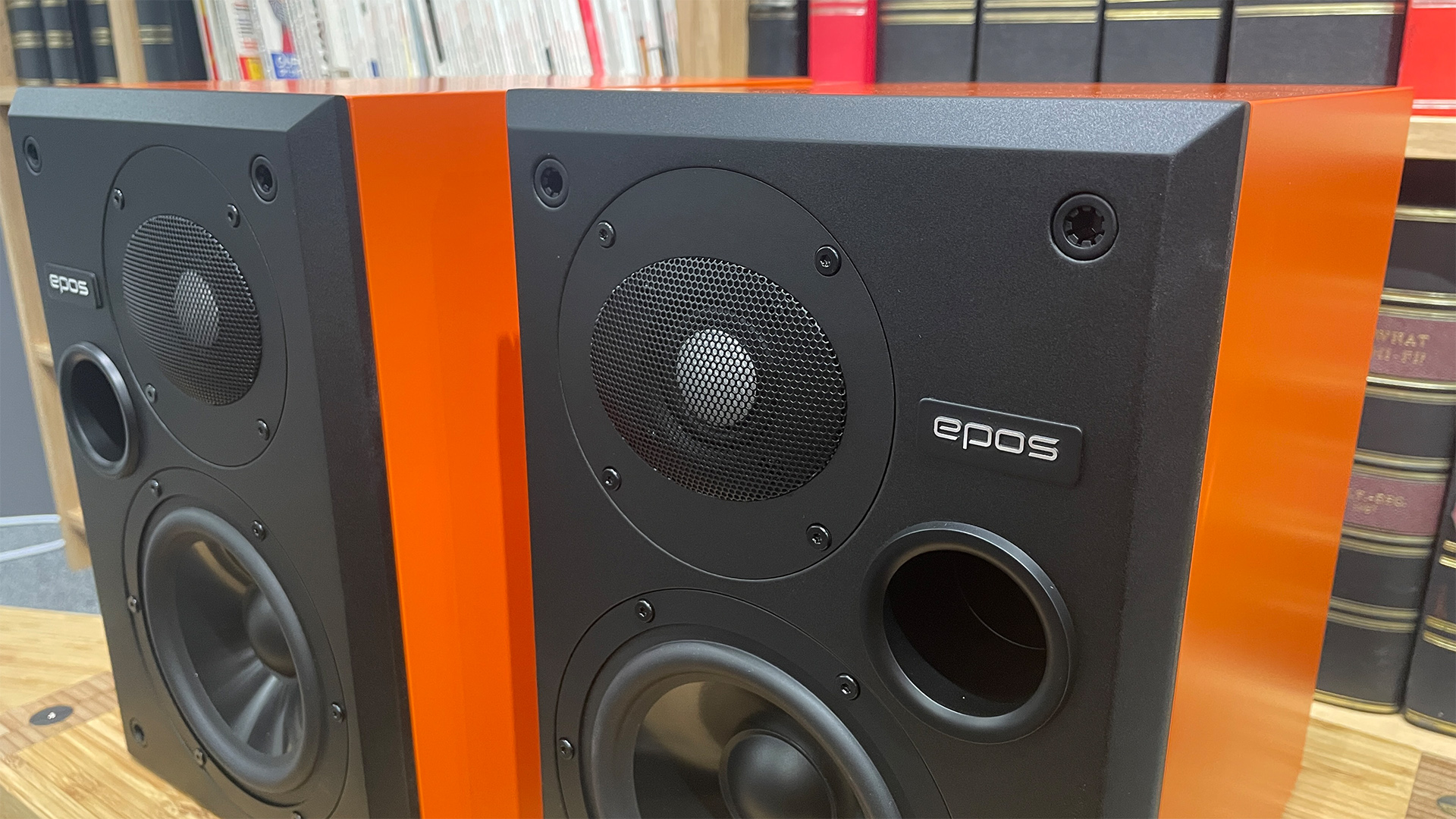
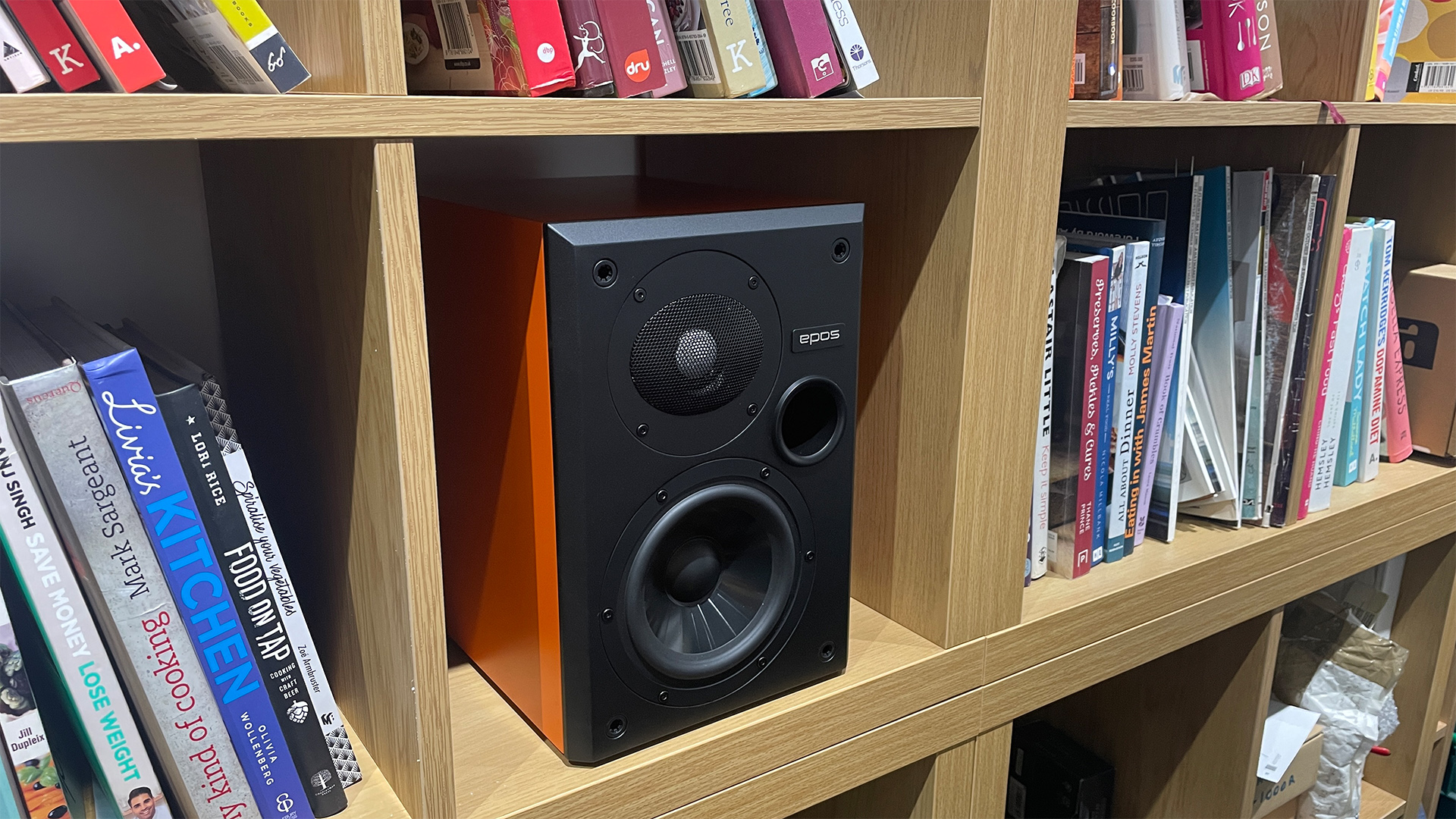
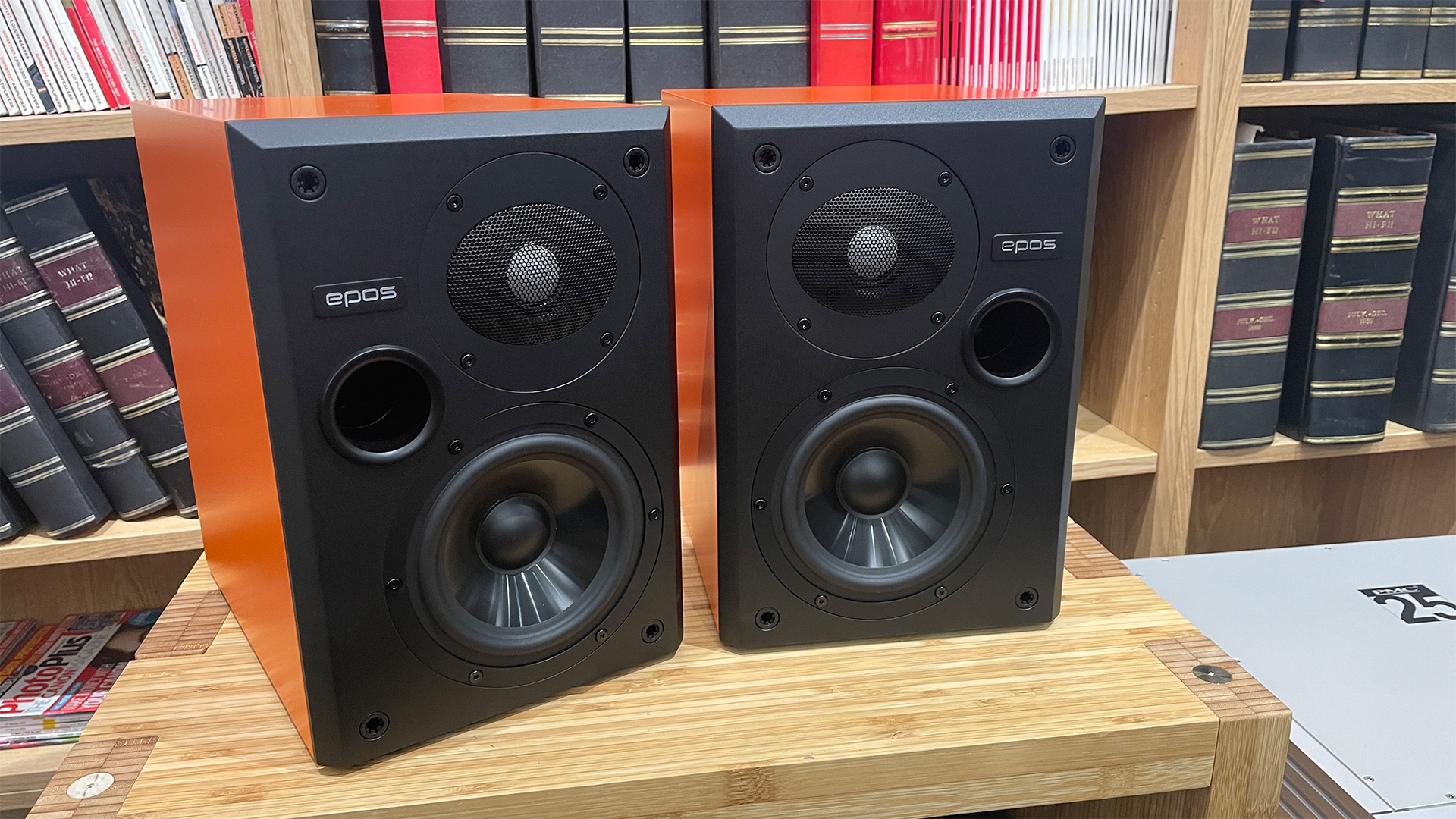
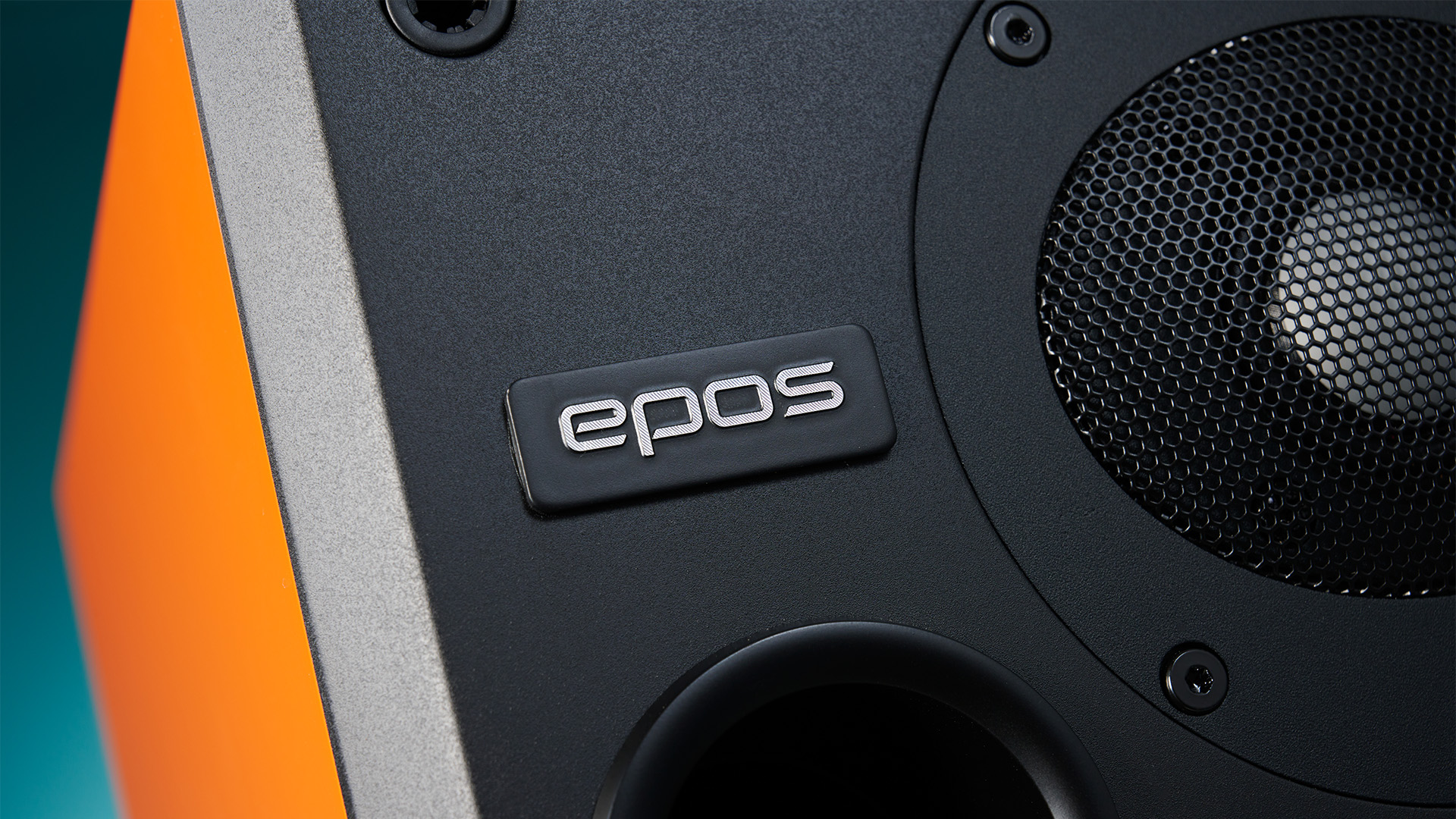

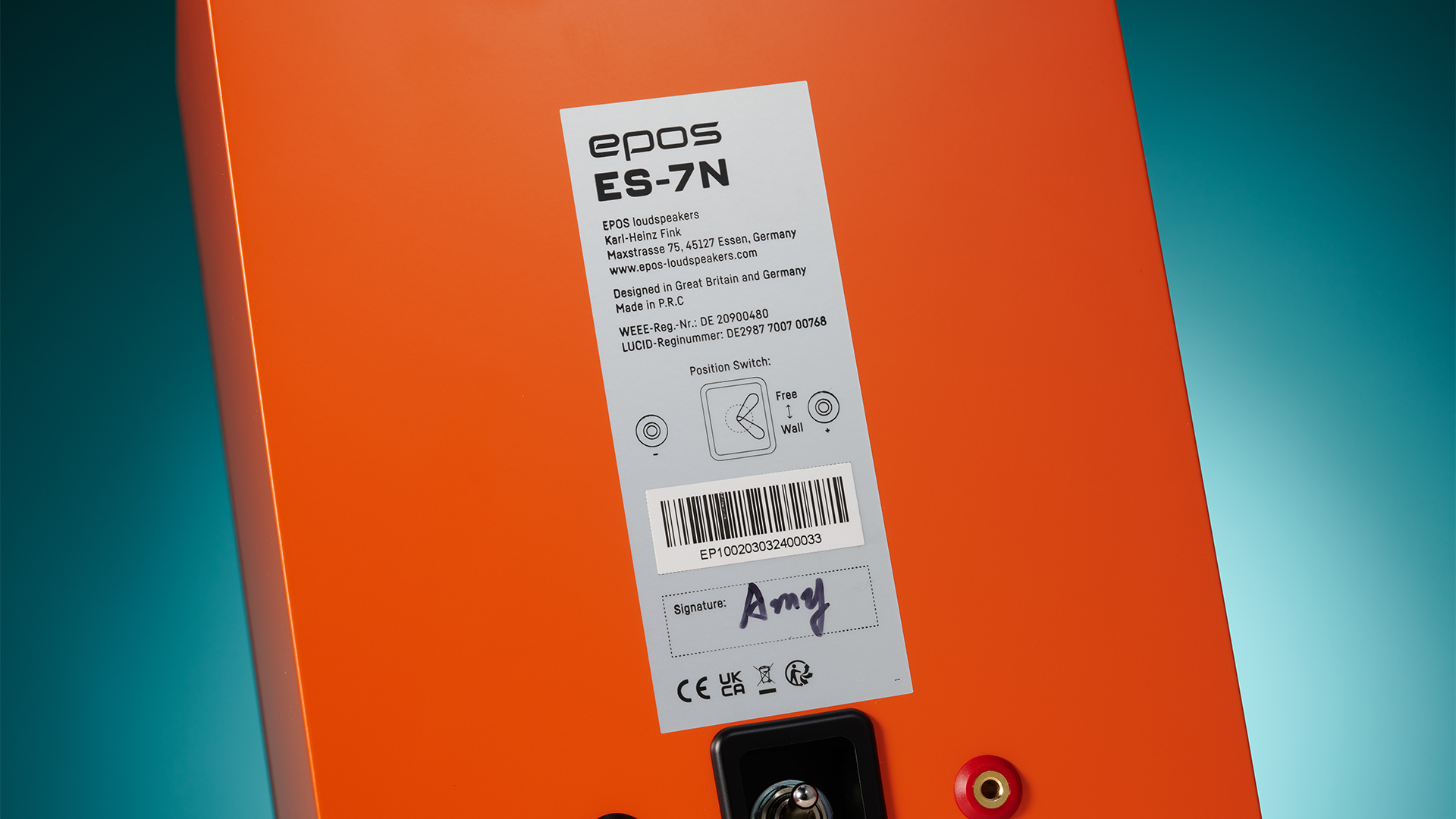
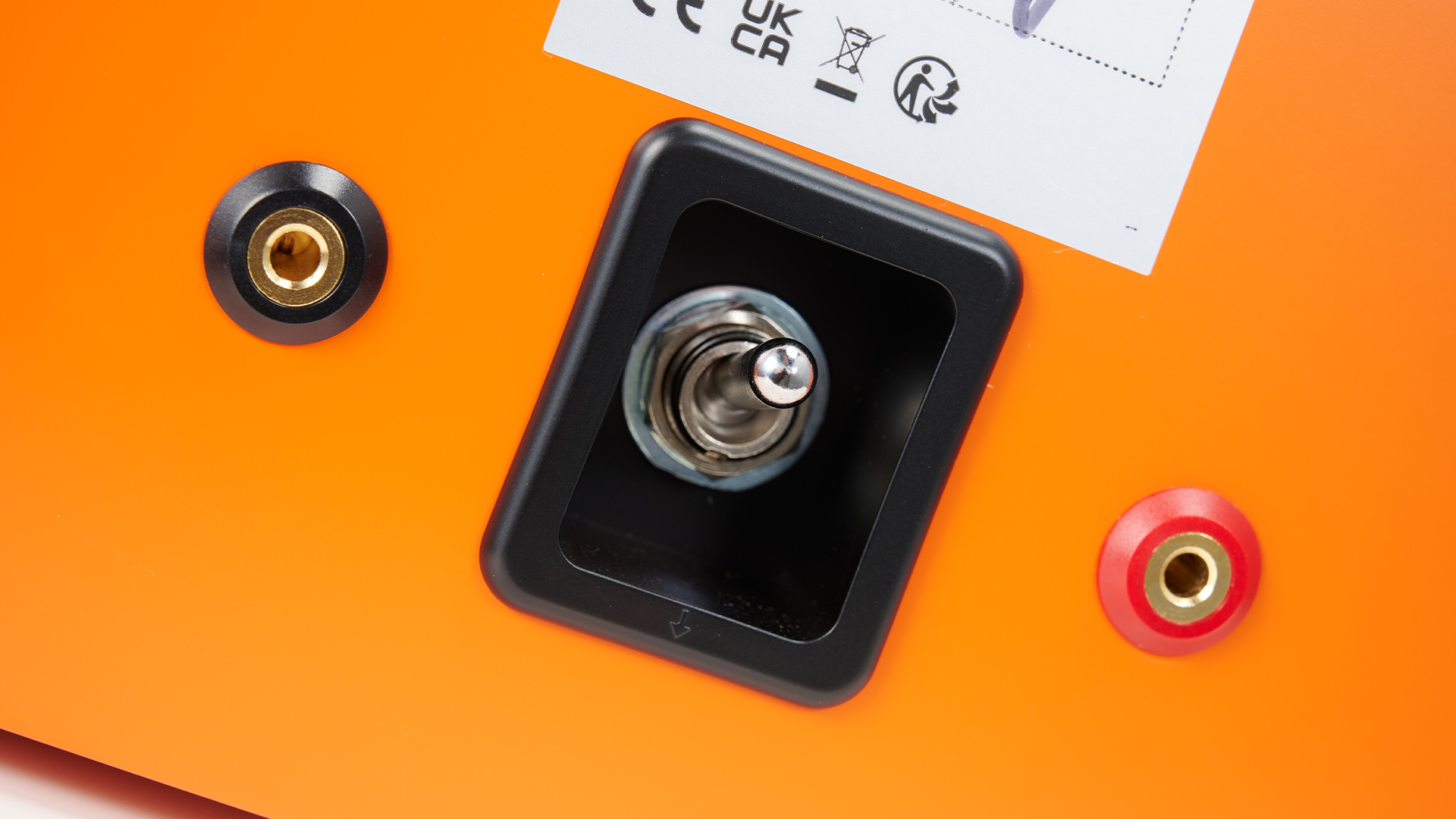
Specifications
Reasons to buy
Reasons to avoid
In complete contrast to our statement in the intro that speakers should never be placed inside a bookshelf if you want them to sound their best, Epos has made a pair of speakers that are very much optimised to sound good when placed inside a bookshelf.
The conventional recommendation is to place speakers a few inches or centimetres away from a wall, but that's not always practical in your space. Epos has made it so that their small but brilliant ES-7N speakers sound evenly balanced when placed up against the wall or inside a bookshelf. You can flip a switch at the back of the speaker unit to tell the speakers where they are placed and they will change modes accordingly.
The speakers do sound their best out in the open on dedicated speaker stands, but it is impressive just how close to this performance they get when shoved inside a bookshelf unit (flick the switch down in this case).
There is a slight drop in clarity and stereo imaging, but it doesn't impact our enjoyment overall. In fact, even though these are small boxes that won't compete with larger designs – such as KEF's R3 Meta, which dig deeper into the bass and deliver a bigger, more expansive and dynamic sound – what these Epos speakers do so well with music gets us smiling with joy and our feet tapping as they deliver an incredibly capable performance.
As we said in our review: "The ES-7N are bold and confident performers that resolve high levels of detail and organise it in a cohesive and musical way. Play Kendrick Lamar’s Not Like Us and the Epos kick like a mule.
They sound taut and punchy with music such as this, delivering the song’s jumpy rhythm track in a wonderfully surefooted manner. There is plenty of drive here and the speakers are great at conveying the music’s varying momentum."
Voices are delivered with impassioned nuance and clarity, and bass notes are – for small cabinets – taut, solid and grippy. We love the similarly-priced Neat Petite Classic's fun, peppy presentation, but the Epos are even more precise and controlled when it comes to rhythmic agility.
They are just as considerate with more classical or intimate recordings, and they pair well with a variety of amplifier partners, from budget Rotels to premium Naims and beyond.
The Epos ES-7N are charming. They are small, hugely capable and surprisingly unfussy in use. That they recognise not everyone will be able to position their speakers perfectly and sound just as good when placed inside bookshelves is a rare talent that should be celebrated.
If your budget can stretch this high, we can't recommend these enough.
Read our full Epos ES-7N review
Best bookshelf speakers for large rooms
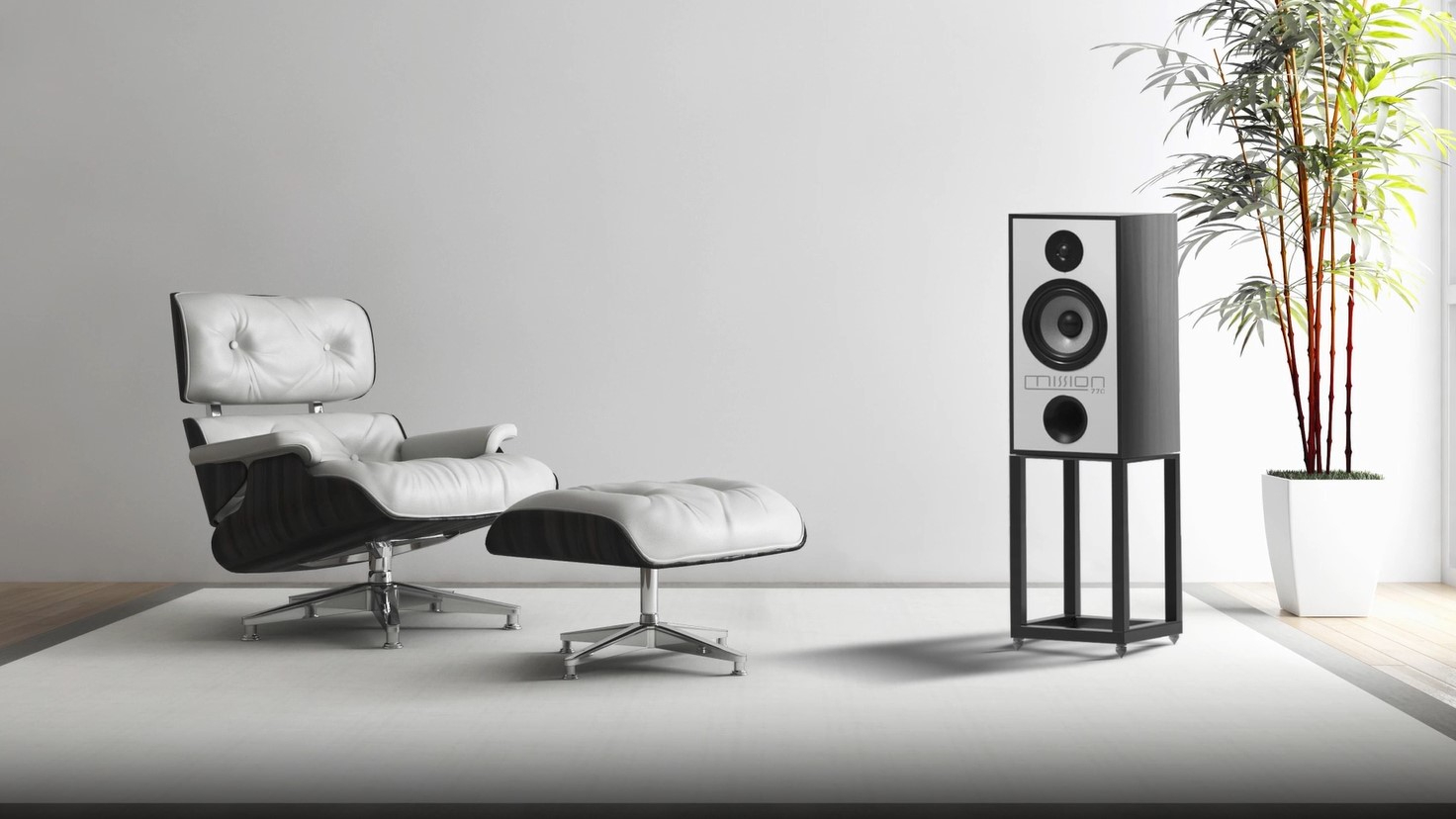
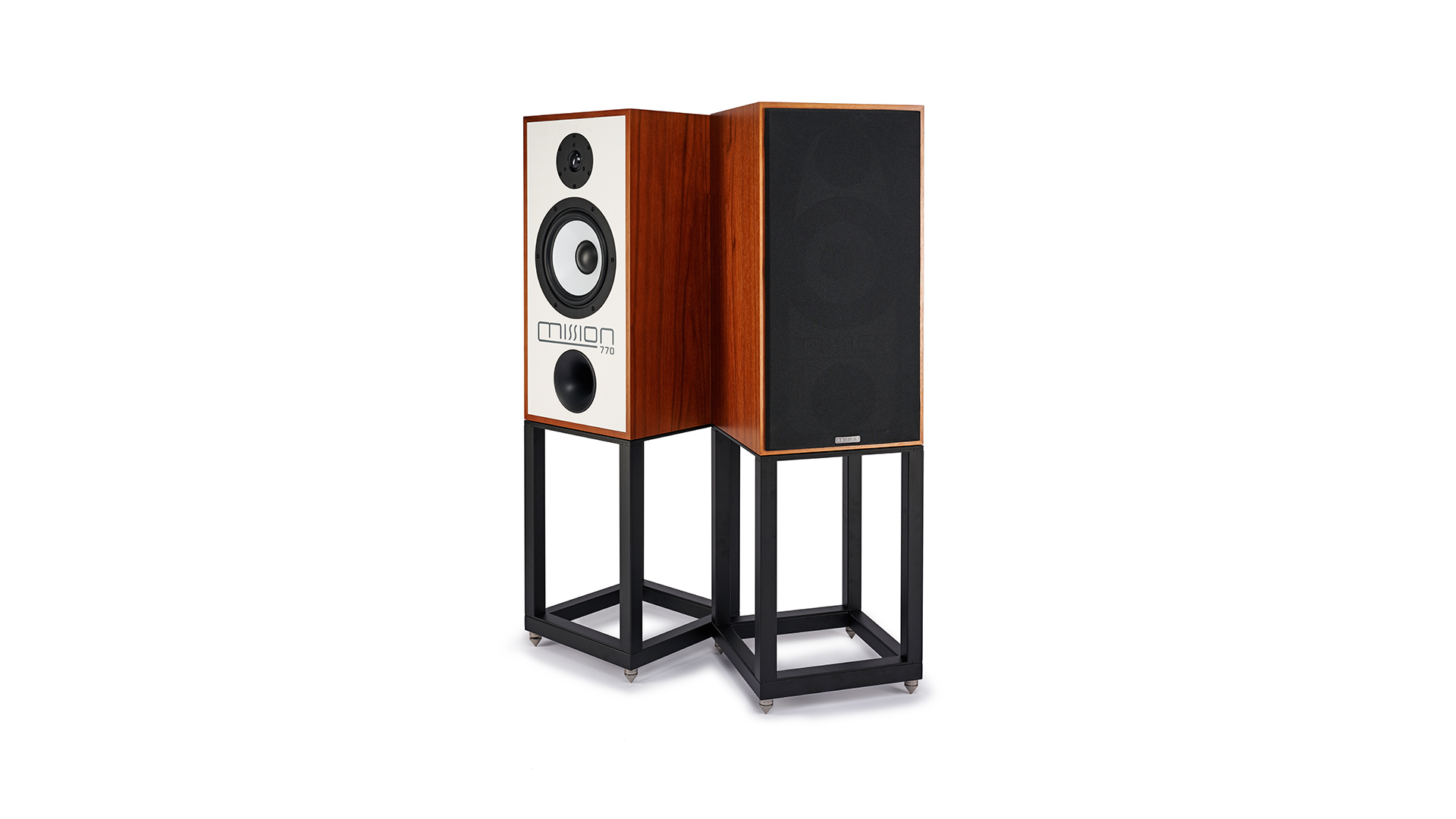
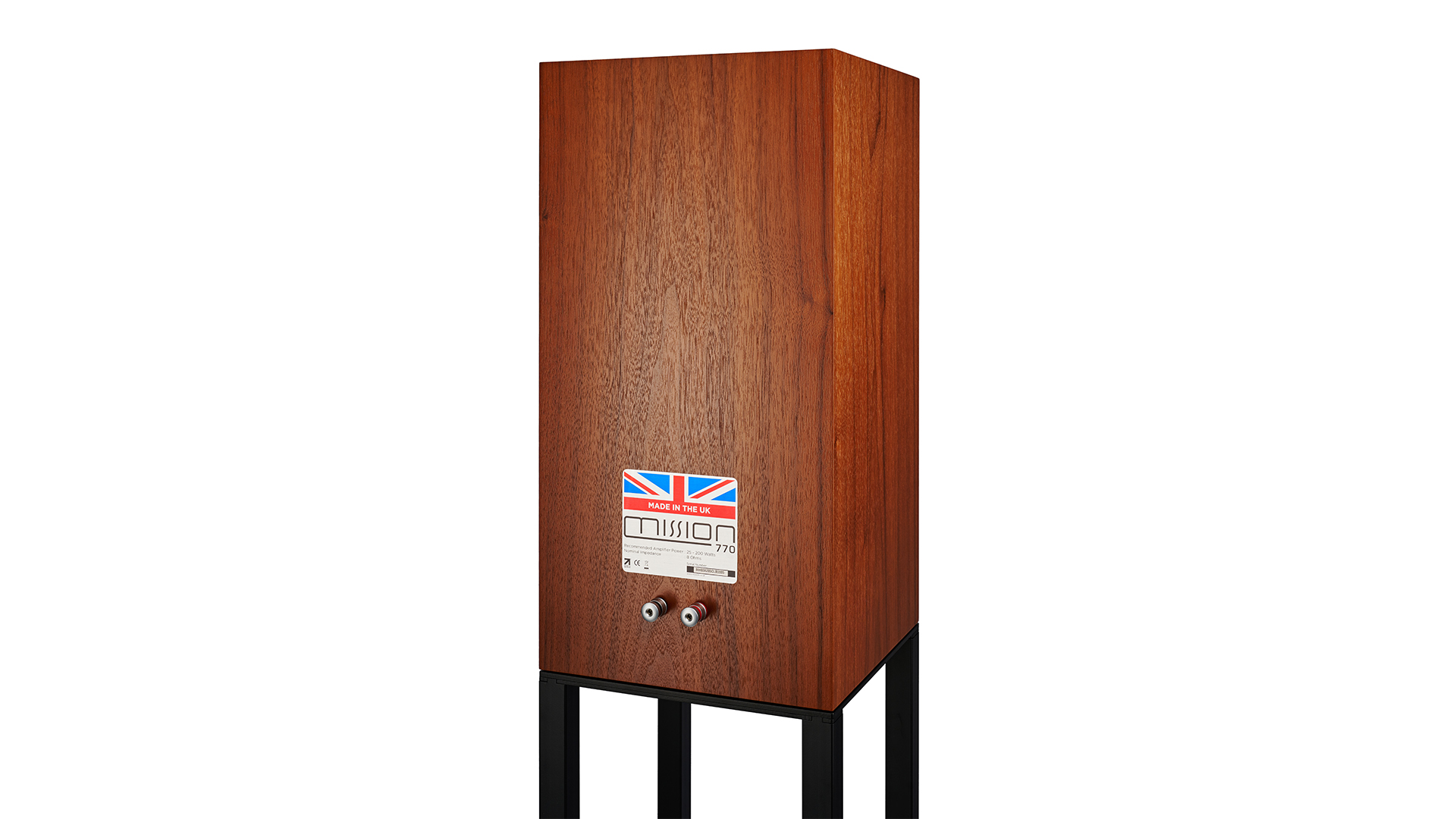
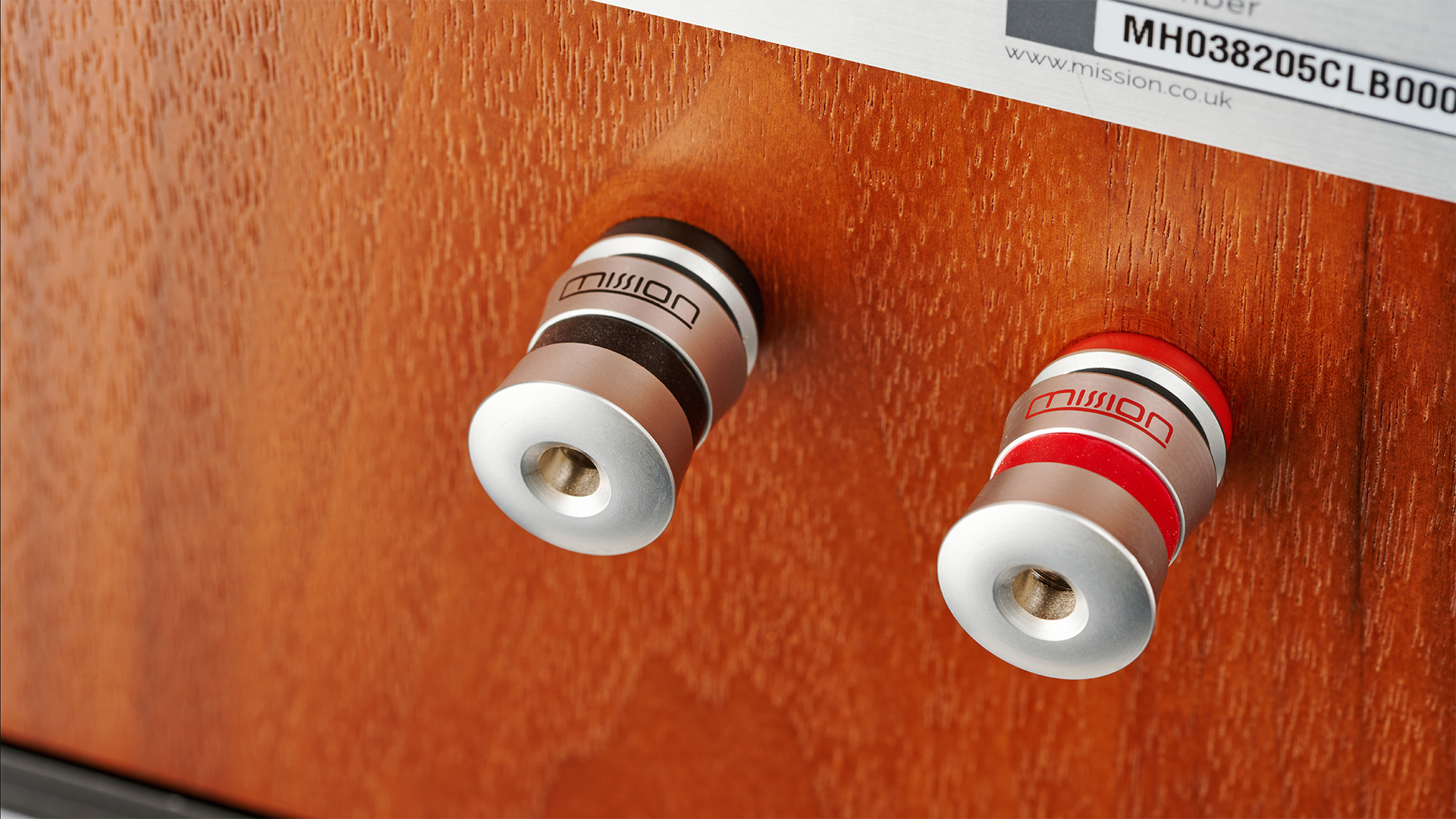
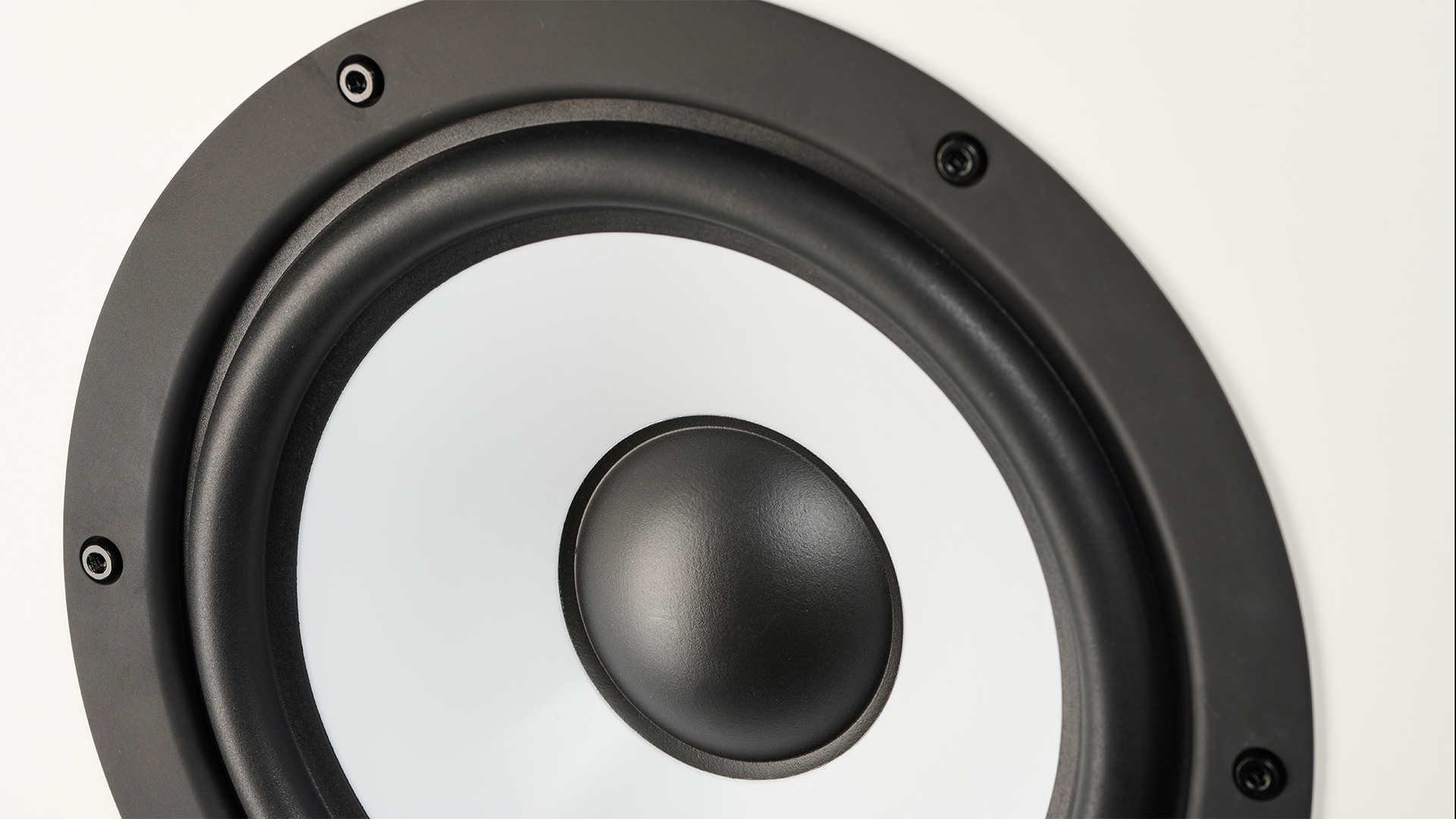
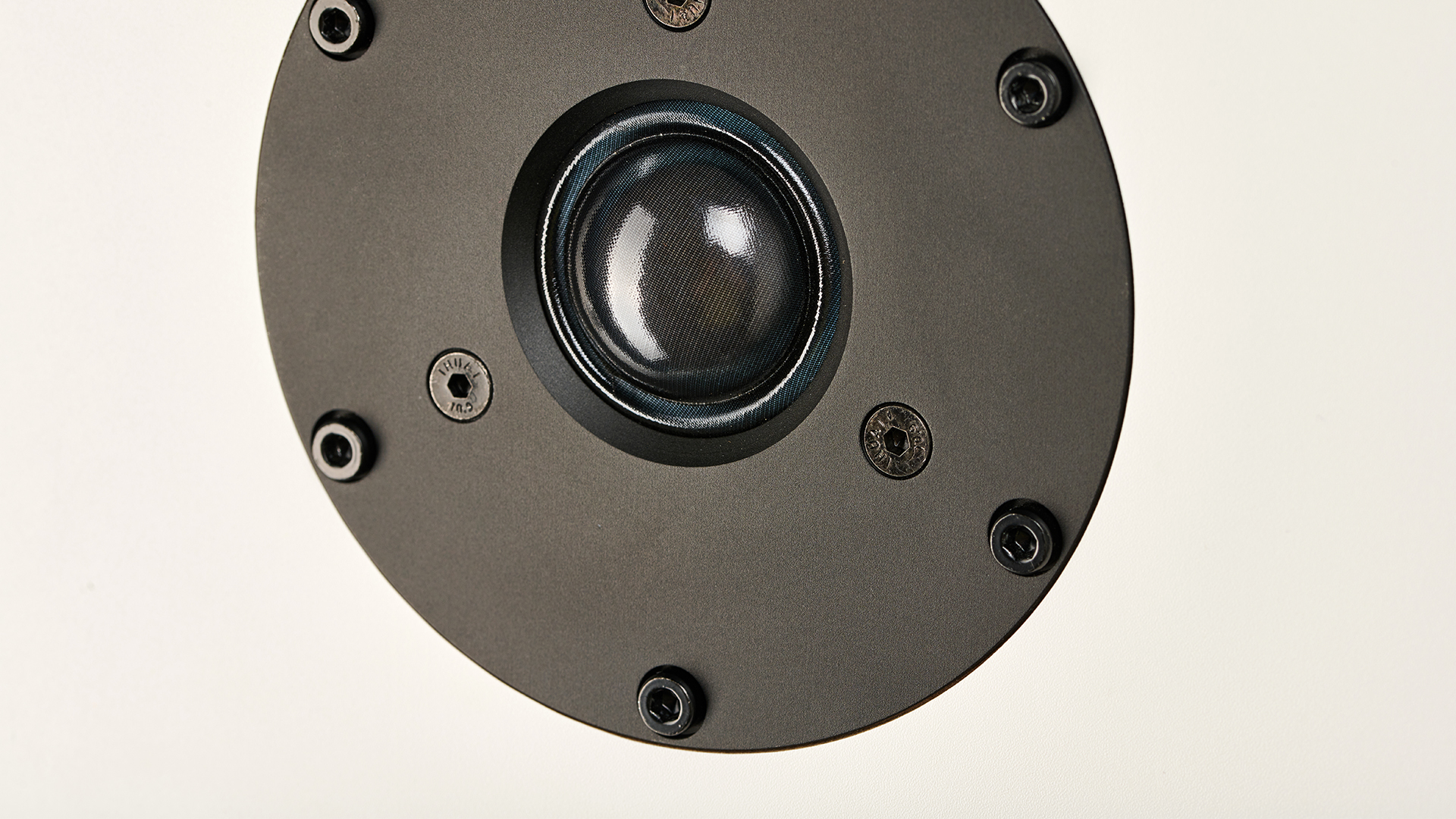
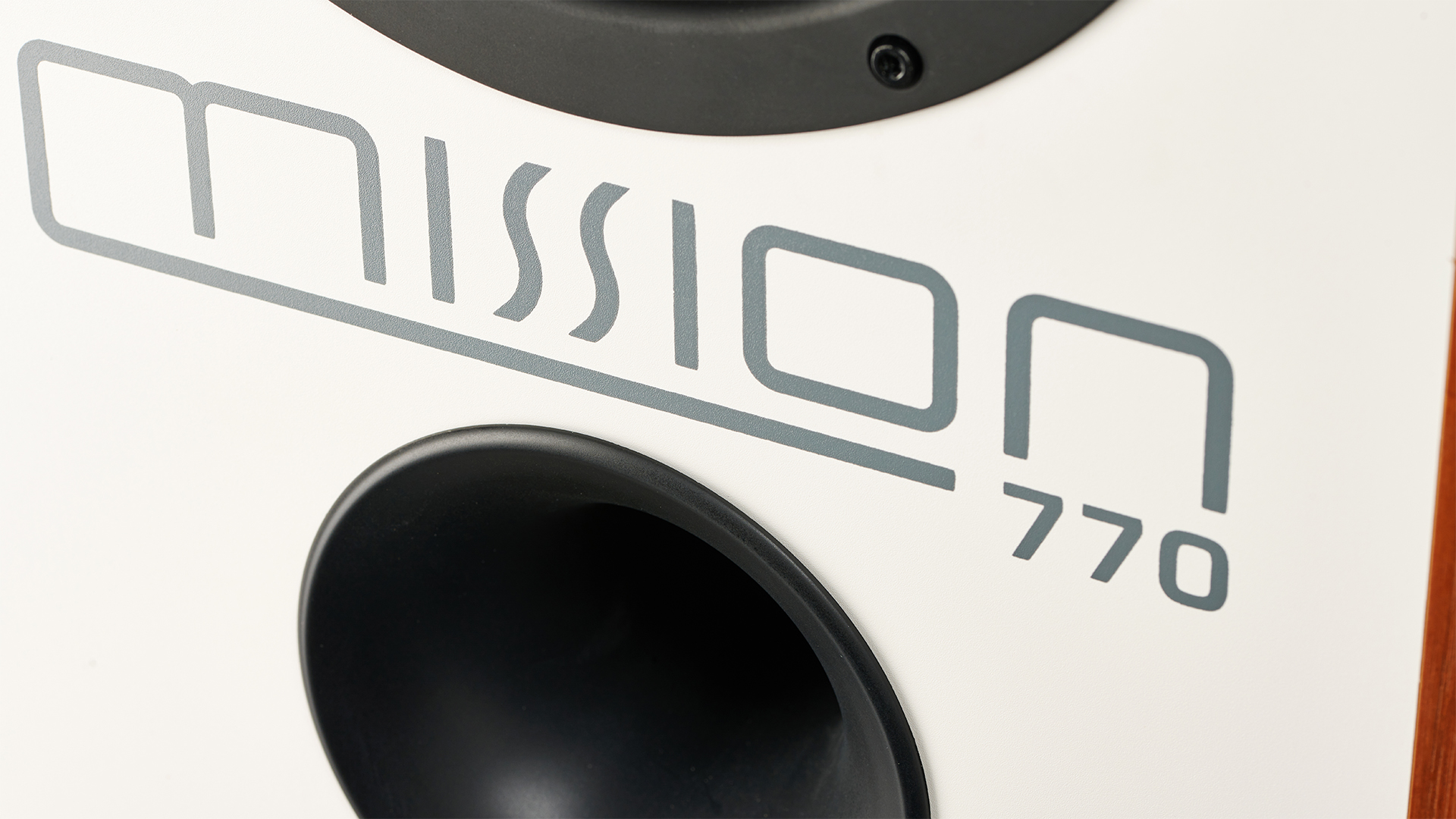
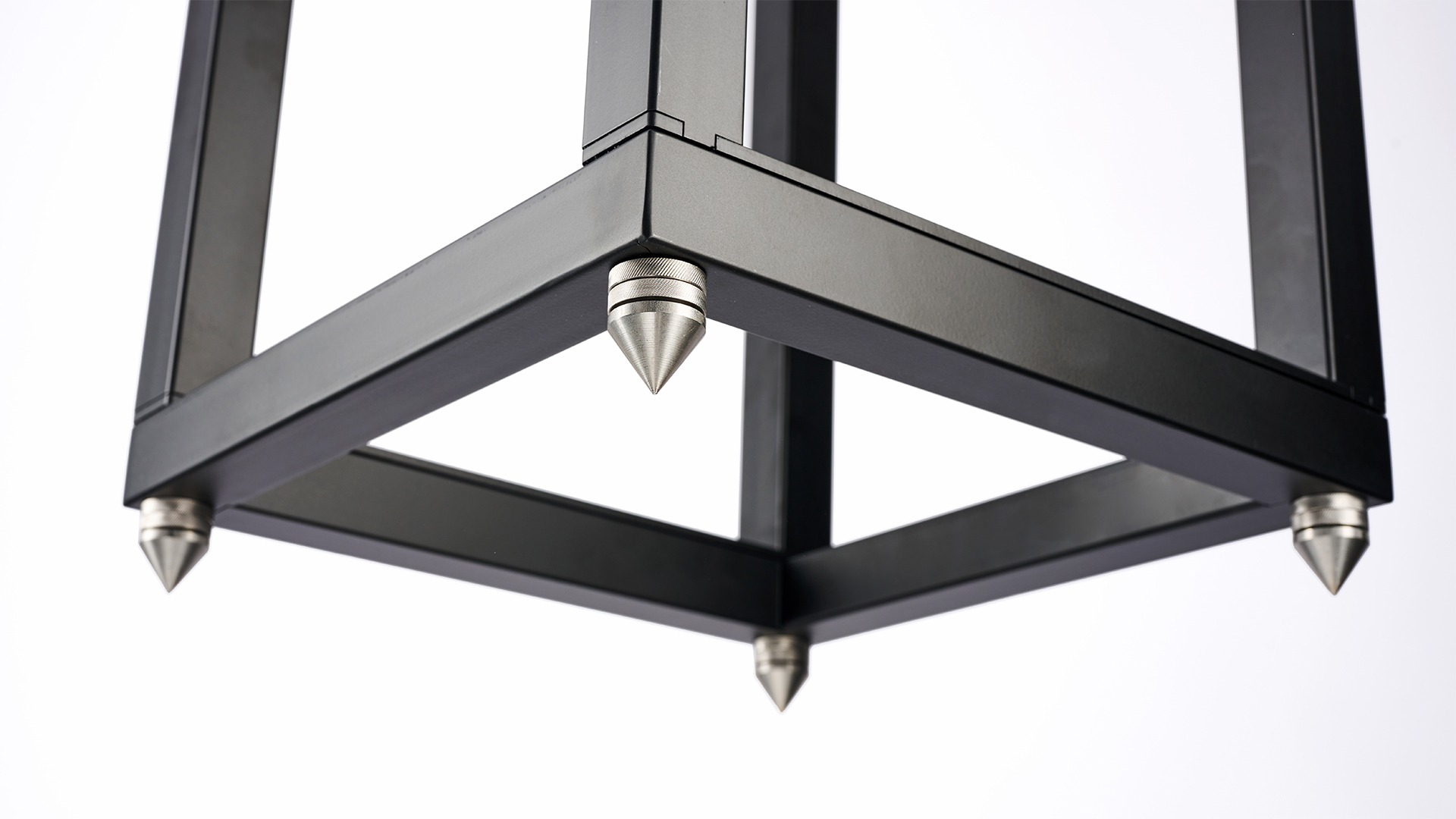
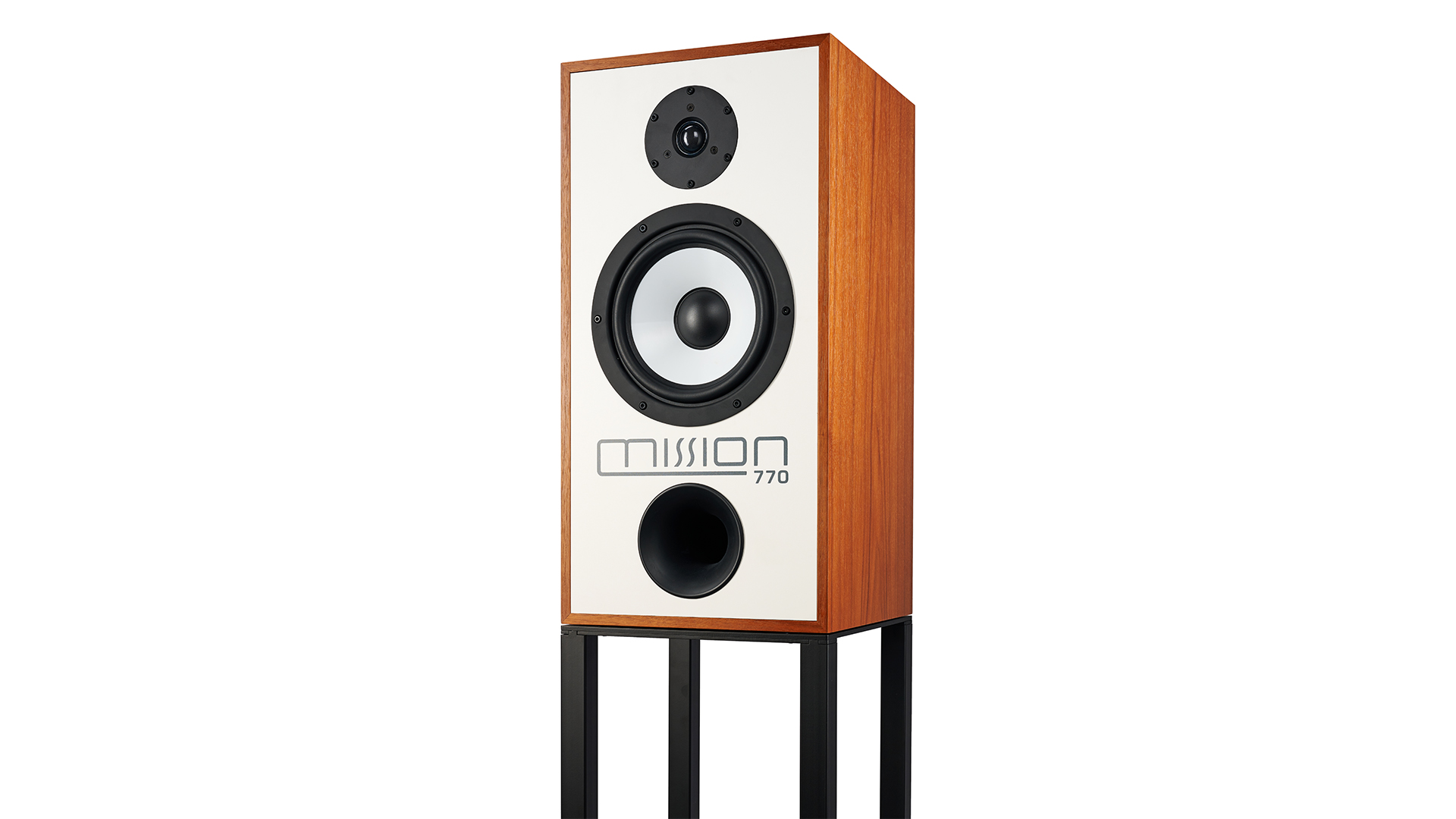
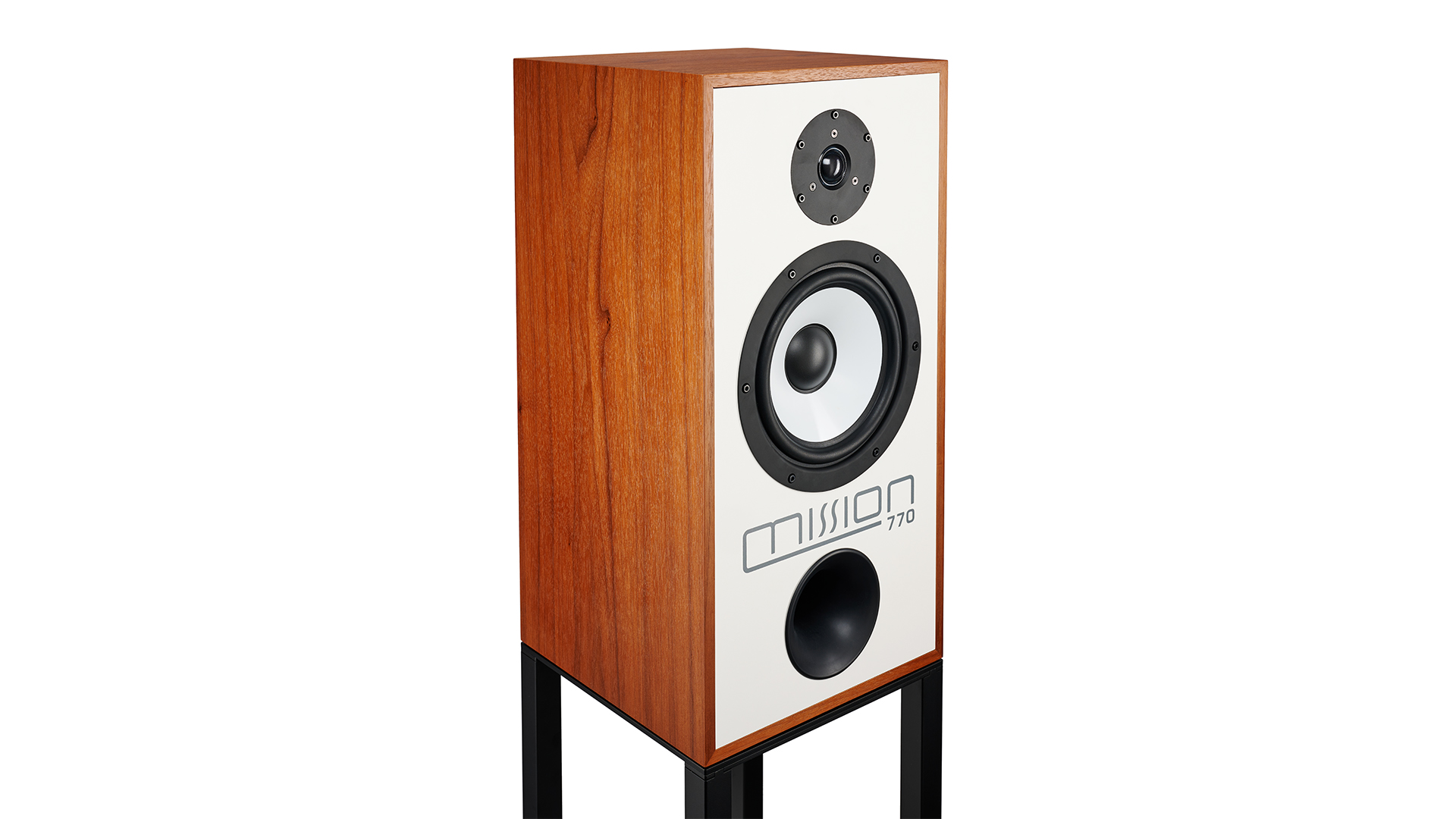
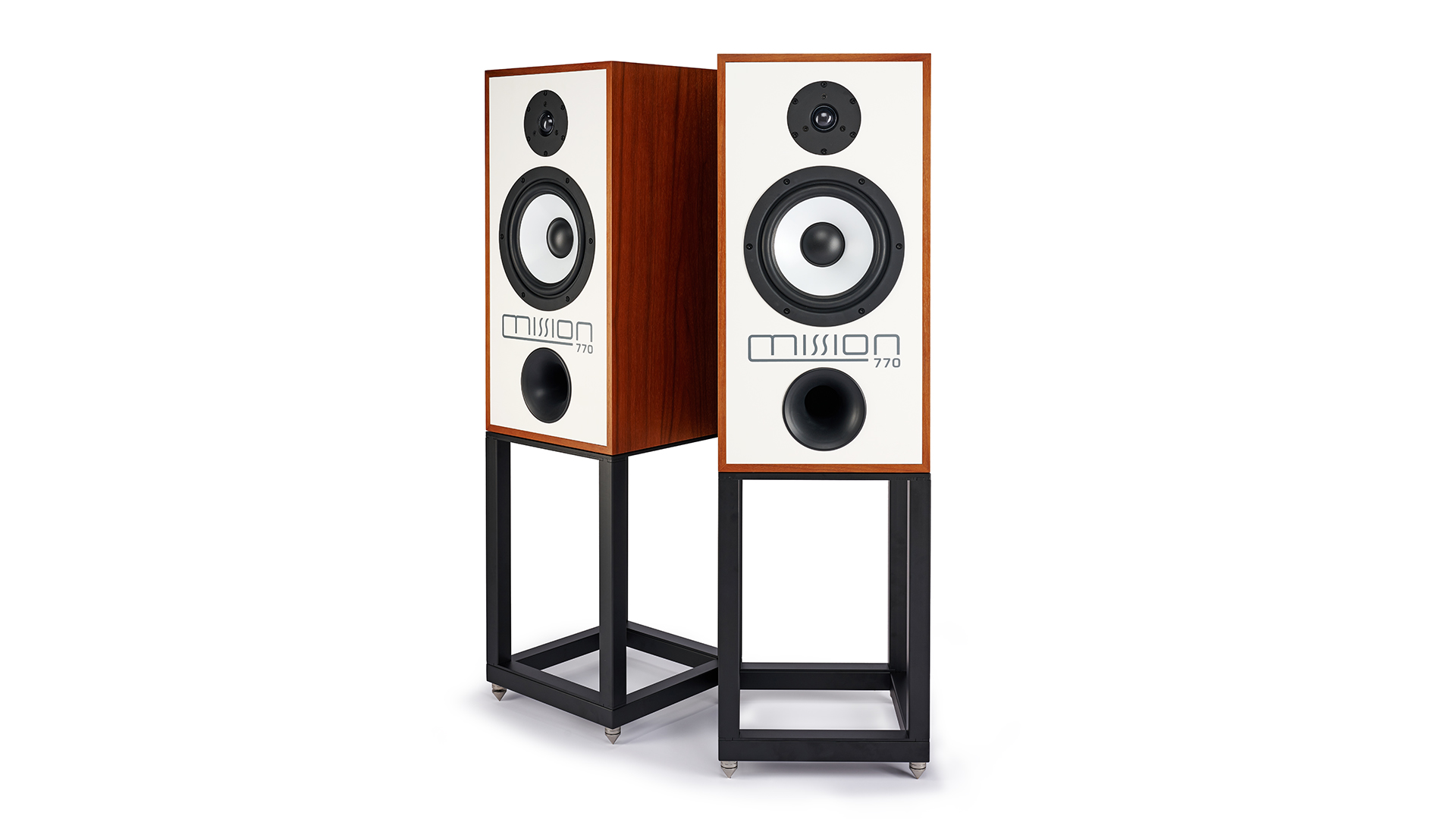
Specifications
Reasons to buy
Reasons to avoid
We think these Mission 770 speakers are right up there with the very best at this price, and one of the best ways to fill a large room with sound. Mission takes design inspiration from the original 770 speakers launched in the 1970s, but has improved and modernised every other element: from the cabinet design to the drivers and even new dedicated stands.
While the retro link will be the main attraction for some, for us that’s put in the shade by the speakers' excellent all-round performance. The 770 speakers have a range of sonic talents that set them apart from most rivals and earns them a warm recommendation.
They have so much finesse when it comes to delivering extended bass. We said in our review: "As we listen to Massive Attack’s Angel, it’s the articulate way these speakers render the bass notes that stick in the mind. They sound taut and agile, but also delicate in the way they paint bass textures and resolve low-level information."
There's plenty of punch and power, too. The speakers have a slightly forward balance, especially with the clear and expressive midrange, that sounds lively and engaging – but thankfully never too aggressive.
Songs are delivered with wide-ranging dynamics, impressive authority and scale. It’s a musically cohesive presentation that’s controlled and nicely organised. If you have a large space that needs a room-filling sound and you have the budget, these large speakers are worth an audition.
Read our full Mission 770 review
Best bookshelf speakers for tiny spaces
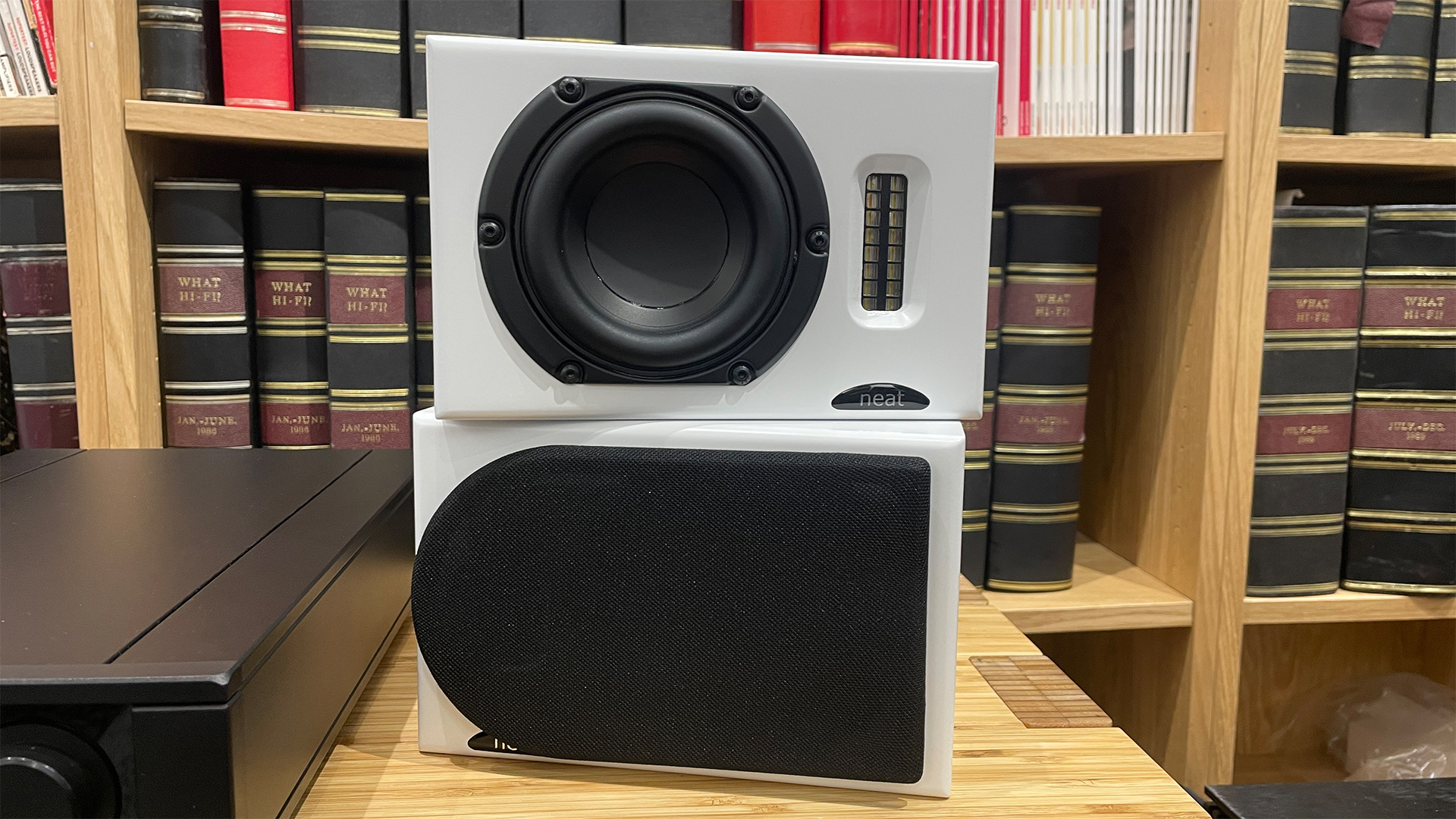
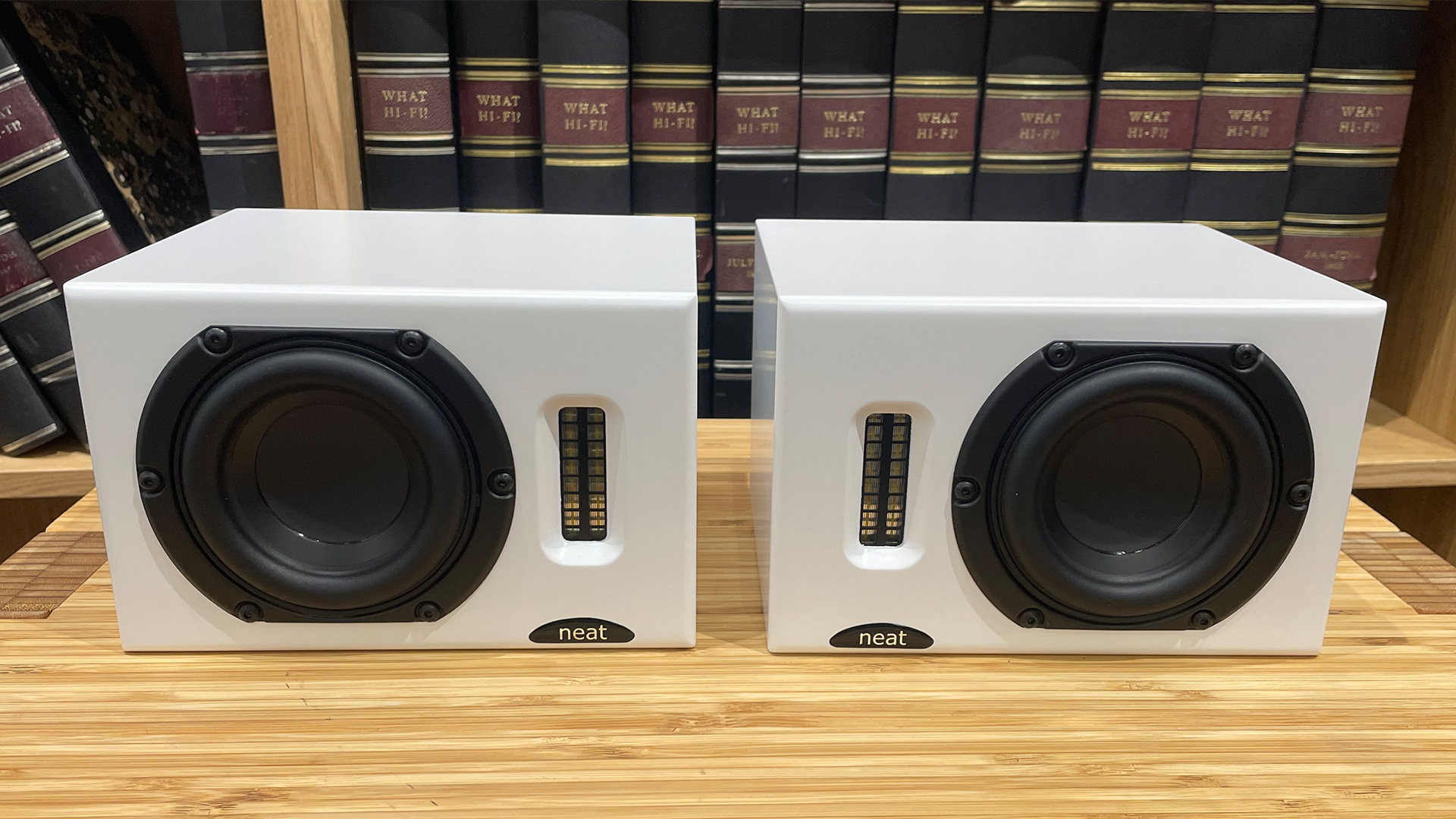
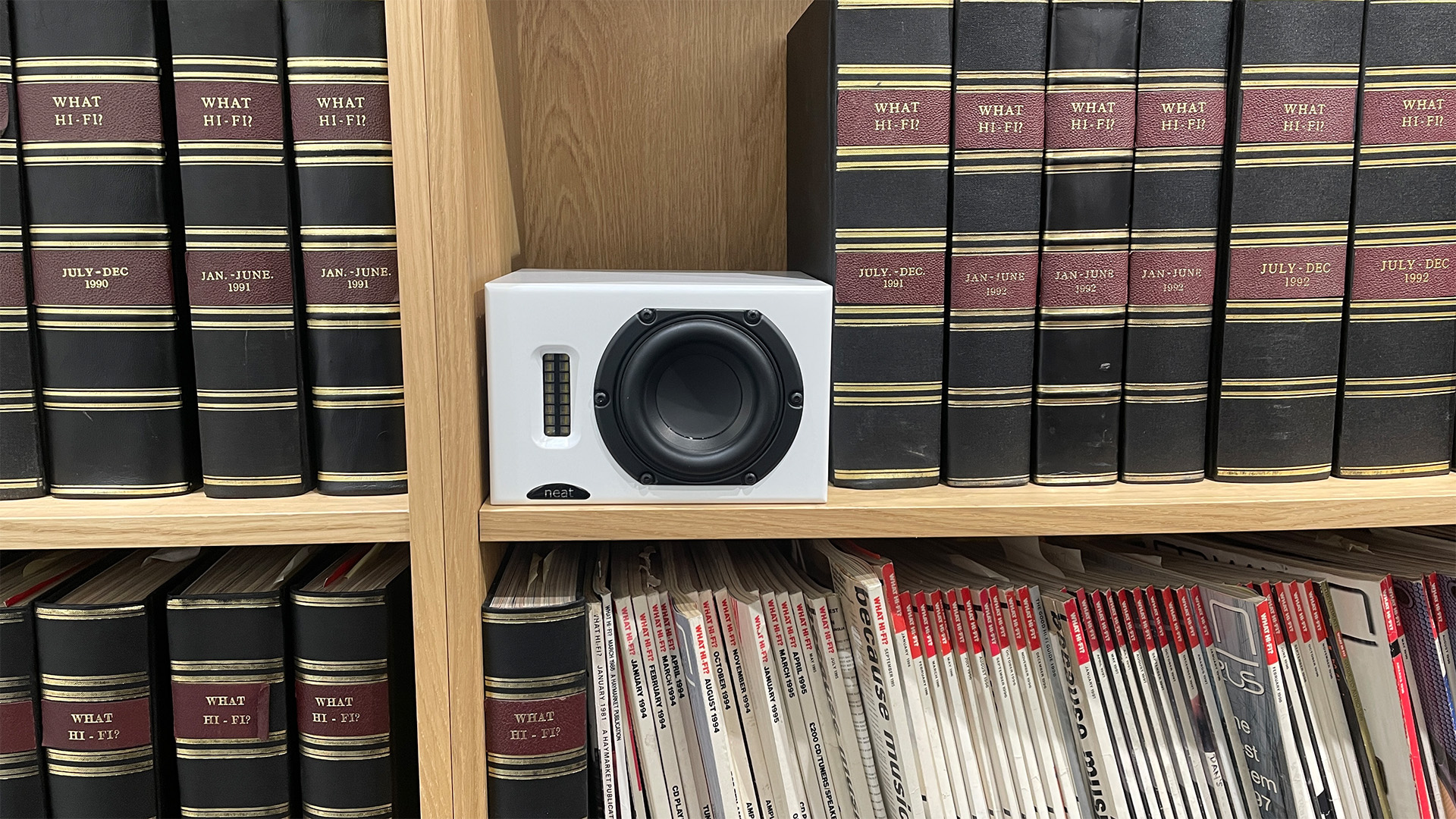
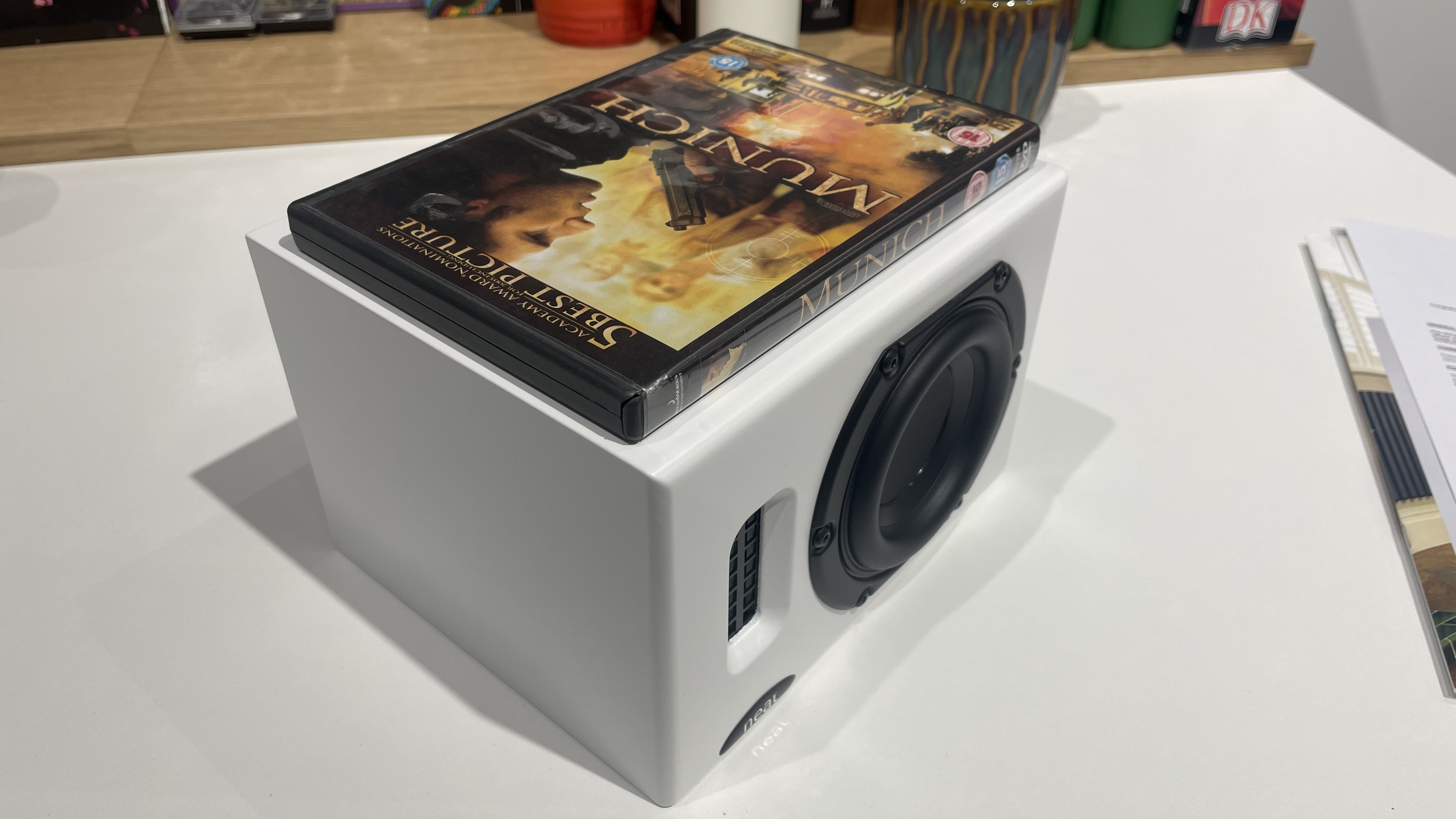
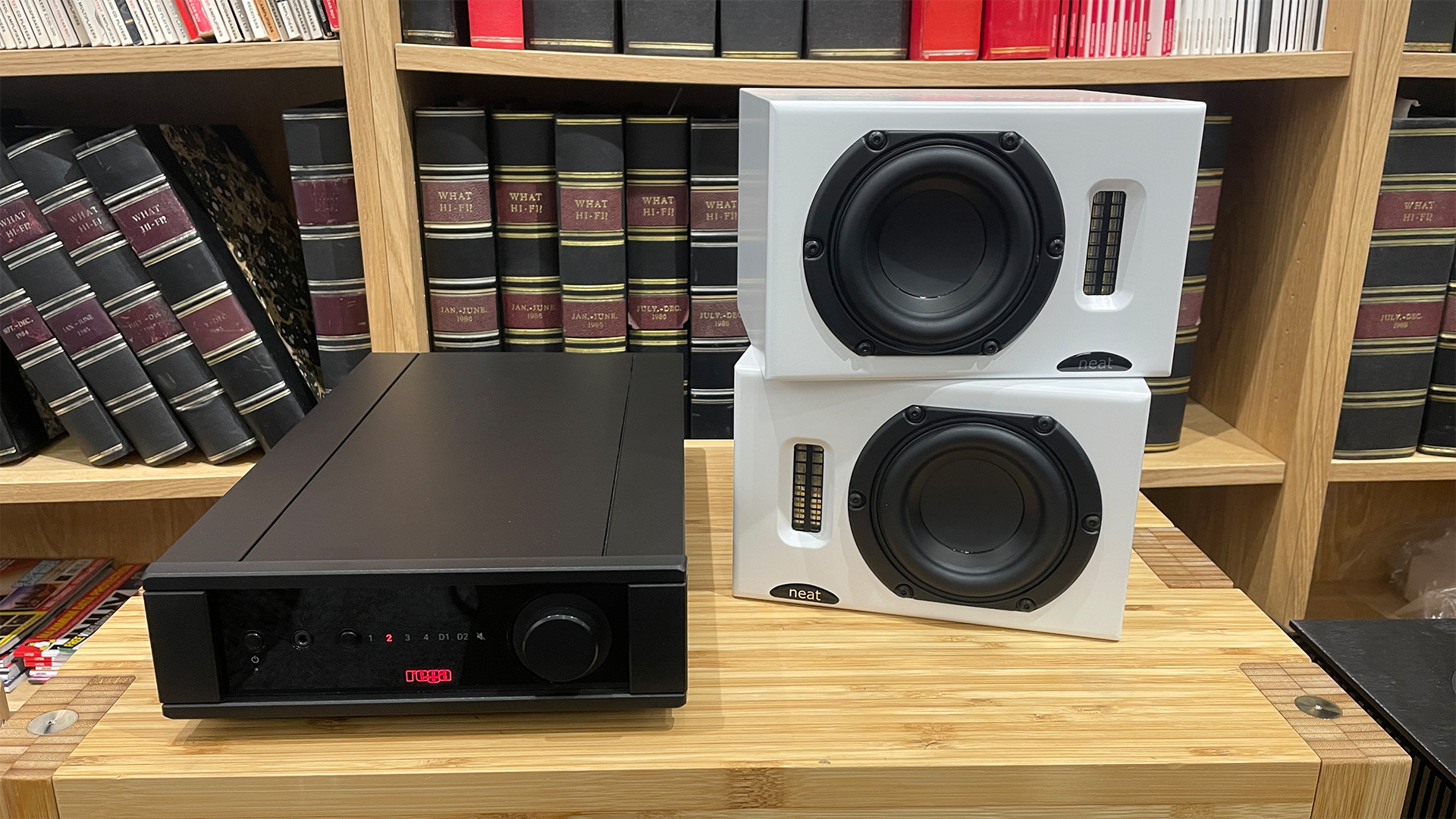
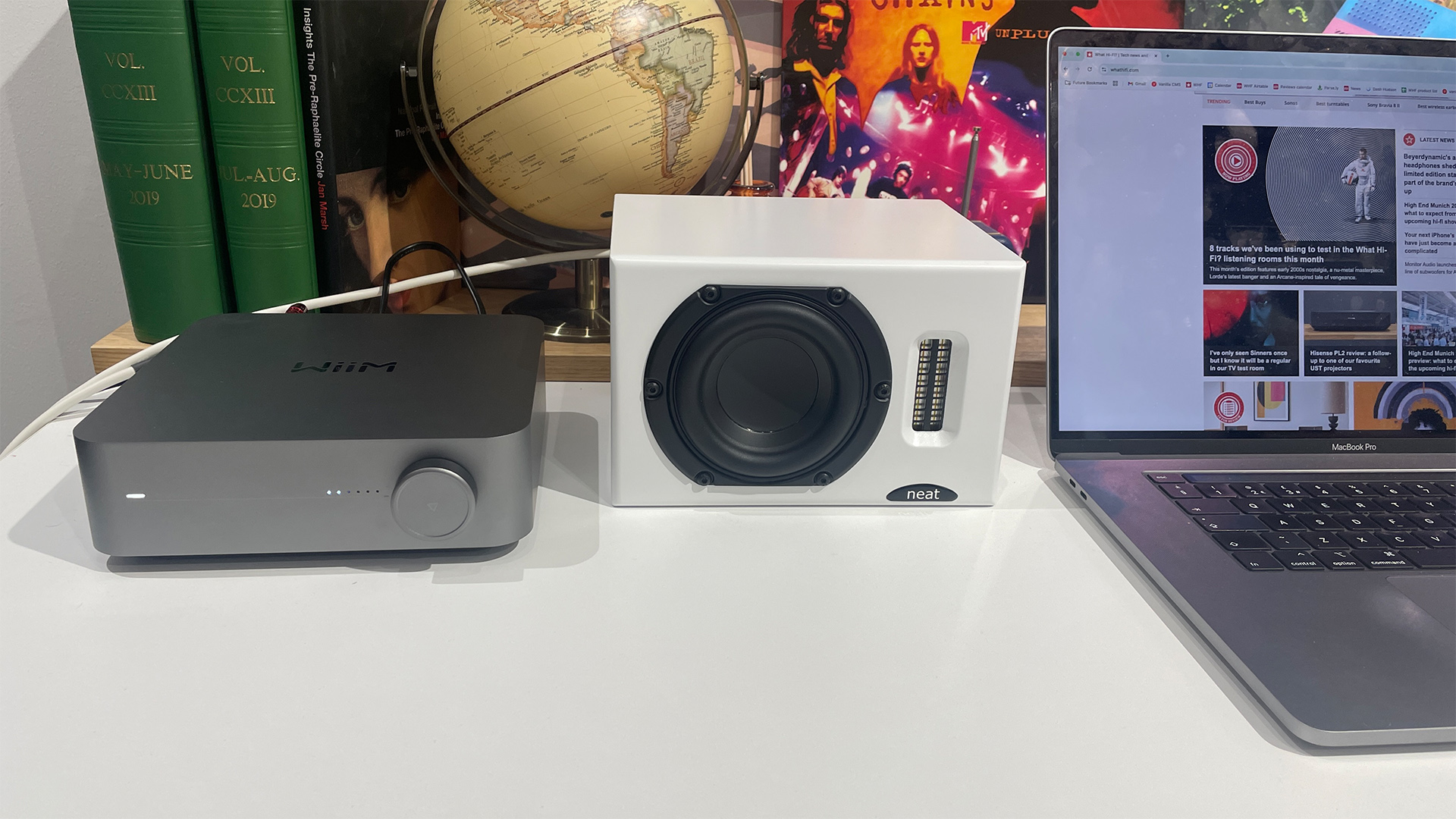
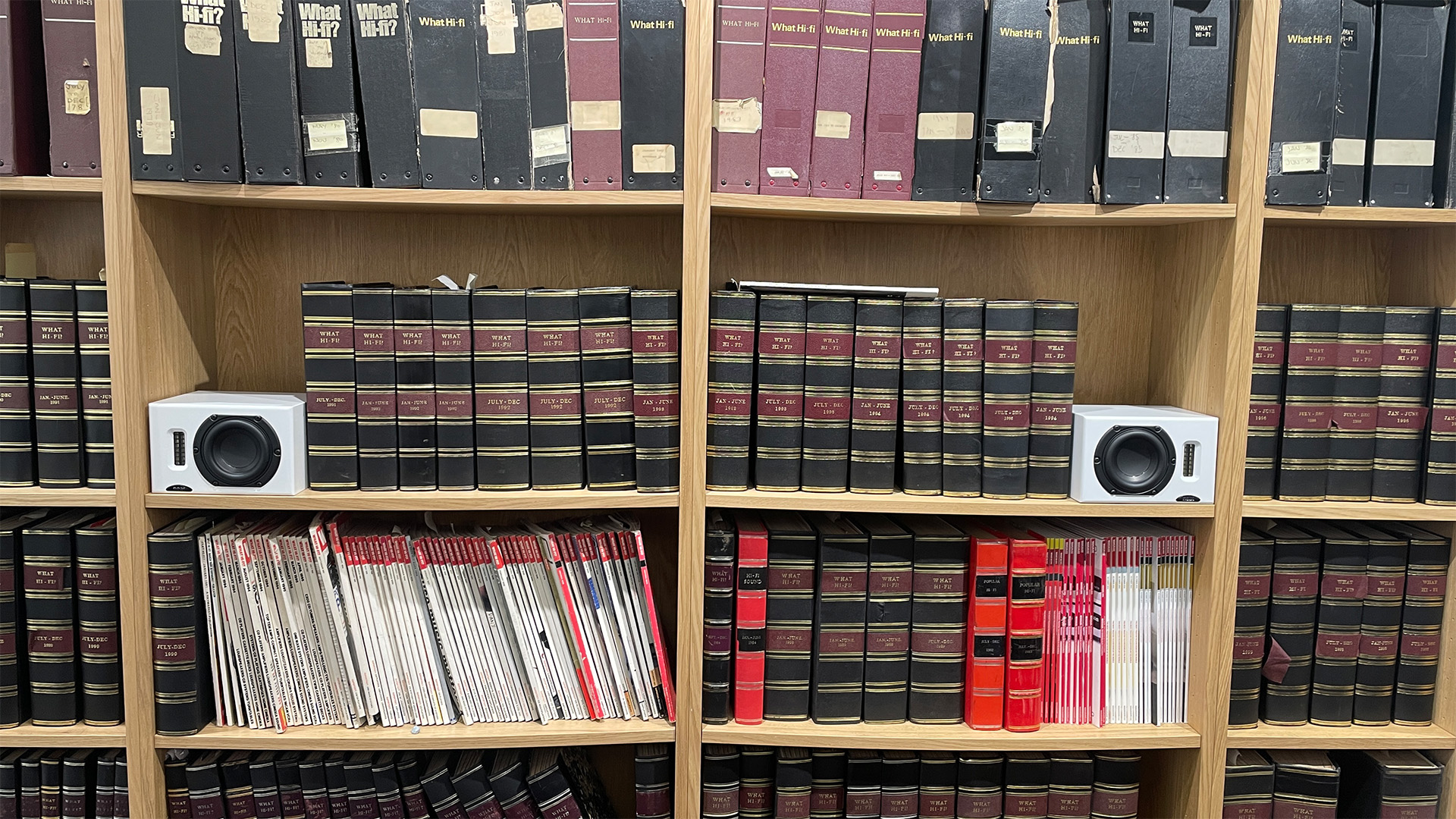
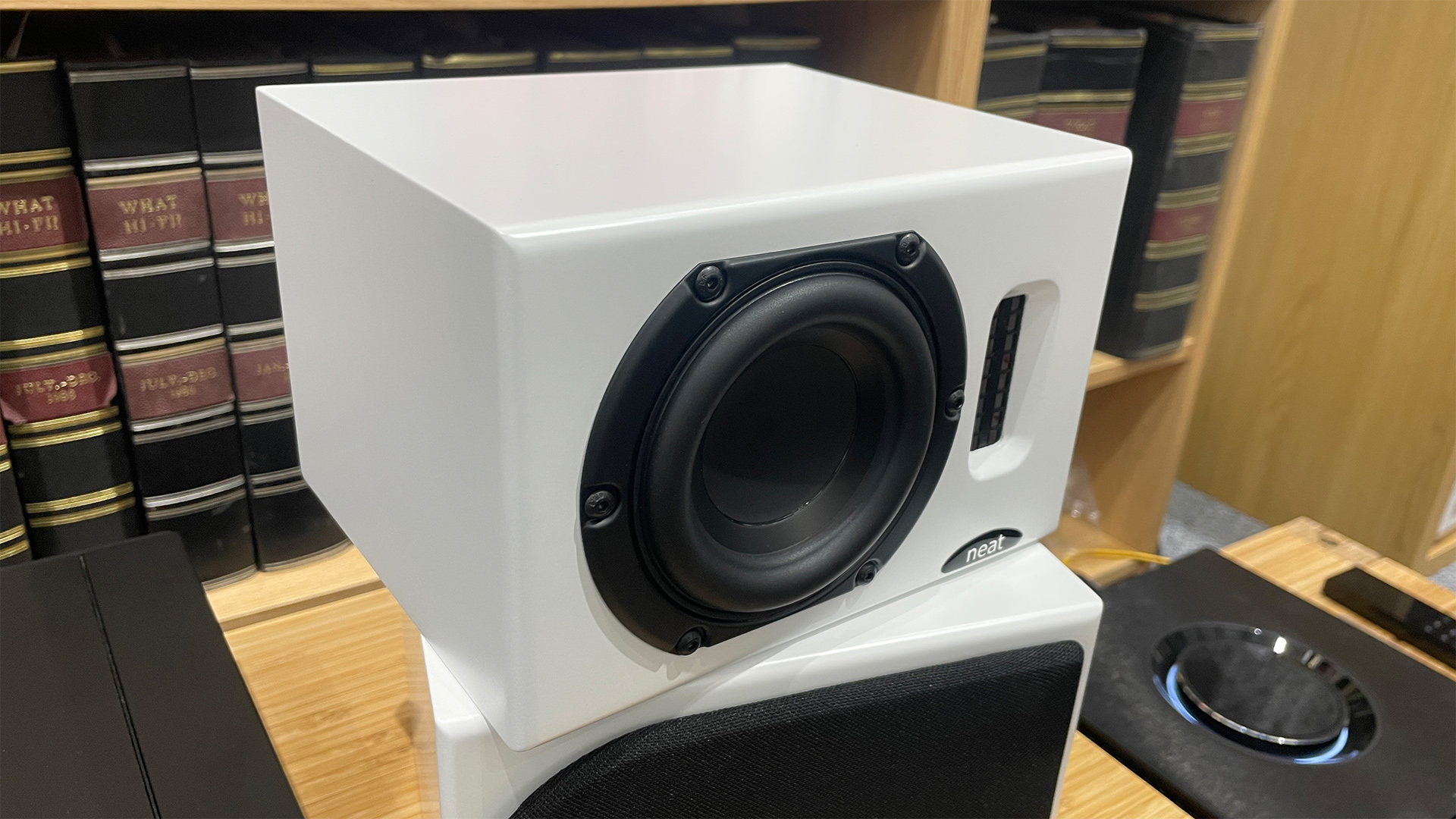
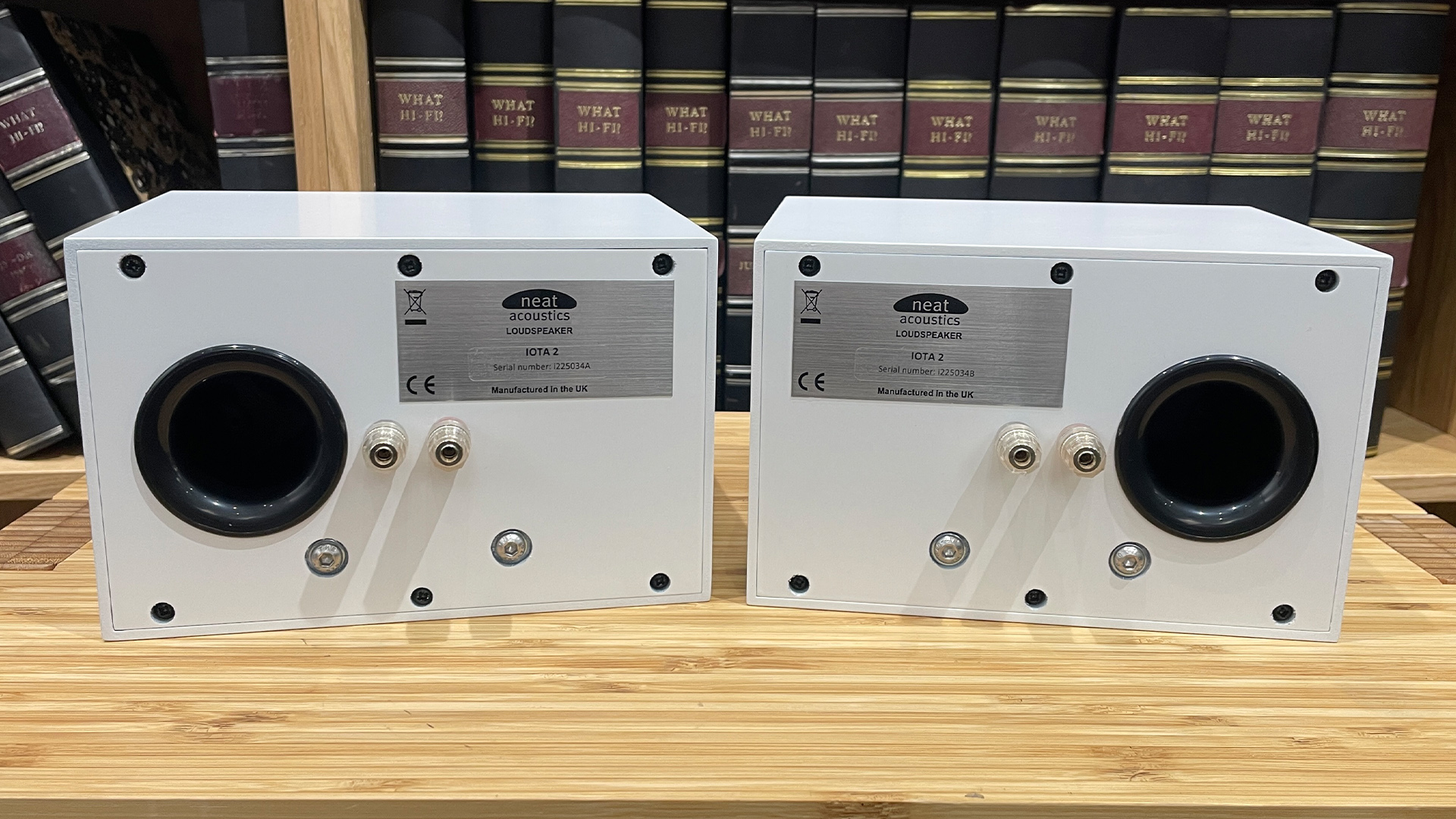
Specifications
Reasons to buy
Reasons to avoid
There are many for whom the Iota II are exactly what is required: tiny speakers that can be placed pretty much anywhere in cramped spaces to deliver a capable, hi-fi quality performance.
One Iota's footprint is barely bigger than a DVD case, but these speakers have no idea that they're supposed to behave like tiny speakers: they belt out an enthusiastic and dynamic performance that sounds far bigger and punchier than you'd expect from such small cabinet sizes.
As we said in our review: "Neat’s proven knack for keeping the rhythm of a song going with a tremendous amount of agility, enthusiasm and spark is present here. It’s what makes the Iota II sound so much fun. This is an entertaining pair that can keep apace with Gershwin’s nimble, jazzy piano in Rhapsody in Blue, the high-tension driving beats in Still Dre, and Sabrina Carpenter’s frothy, bubbly Espresso."
The Iota II feature the same cabinet size and ribbon tweeter as their 2012 originals, and now have a new mid/bass driver and revised crossover. The new generation only comes in black and white finishes – you won't find them in the colourful blue, red and yellow finishes as before.
Yes, that’s a lot of money to pay for rather plain, dinky boxes (£1095 / $1699 / AU$2000 per pair – the main reason they didn't get that fifth star), and their sonic flavour and lack of real bass depth won’t be for everyone. But they are designed to solve a particular niche problem, and do so with so much spirited performance that we don’t mind overlooking their limitations.
For those with super small spaces where the only place to put a speaker is perched on a windowsill, a desk, a bedside table and without any stands, these Neats work a treat. Their sound isn't compromised even when placed inside a bookshelf or on a desktop next to your laptop. And they're a joy to listen to.
If you can afford that price tag and have that exact niche to fill in your tiny space, these hugely fun Iota II might just win you over.
Read our full Neat Iota II review
Also consider
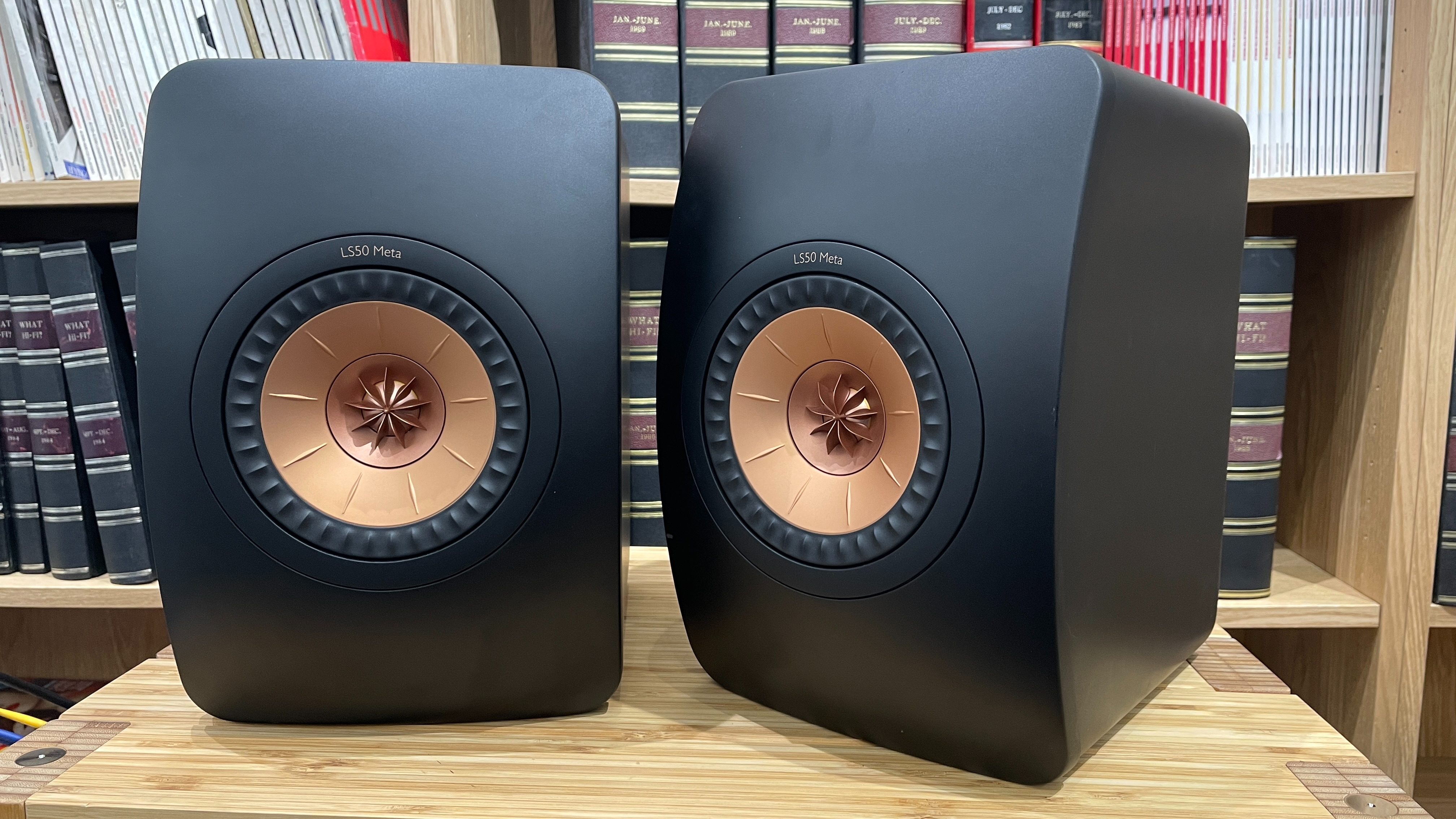
- KEF LS50 Meta: Despite their rising price, the KEF LS50 Meta are truly remarkable speakers that sound cohesive, dynamic and detailed. Thanks to their innovative Metamaterial tech, they remain excellent performers and work with a wide range of partnering kit.
- Dali Spektor 2: These Dali speakers are a long-running favourite for their natural, nuanced way with voices, while fluid dynamics make them hugely appealing and entertaining to listen to. A great affordable bookshelf pair.
- Elac Debut B5.2: These hugely talented budget speakers may be replaced by the cleaner and more detailed Elac Debut 3.0 DB53, but we'd opt for the older ones if you're on a strict budget, while they're still available. Excellent all-rounders that offer good detail and organisation as well as exciting dynamics and rhythmic punch, the affable B5.2 are a great budget buy.
- Bowers & Wilkins 607 S3: The 607 S3 remain an outstanding buy thanks to their clean, refined and detailed sound that never leaves us feeling like we haven't been thoroughly entertained.
- PMC Prophecy 1: PMC’s astoundingly talented small speakers deliver a class-leading performance thanks to their class-leading precision and impressive stereo imaging. Just make sure you pair them with good quality partnering equipment...
- Neat Petite Classic: These Neat speakers are terrific fun, with their precise, agile rhythms and solid, detailed sound winning us over – even though the very small cabinet size won't allow for truly deep bass or large-scaled sound. If you're after premium speakers for a small space, consider the Classic's peppy energy as an alternative to the Epos ES-7N.
- KEF R3 Meta: If you want greater refinement, expansive sound and deeper bass depth over the KEF LS50 or Epos ES-7N, these large KEF speakers are impressive performers, with huge leaps forward in clarity, transparency and authority.
- KEF Q3 Meta: The KEF Q3 are mature and refined speakers, showcasing a composed and even-handed presentation at their mid-price level, and delivering plenty of scale for standmounters.
- Epos ES14N: You'll need a large space to accommodate these odd-looking large standmounters, but they are mighty impressive when it comes to analysis, organisation and control. A little more rhythmic drive wouldn't go amiss, but we're big fans of the stunning clarity and cohesion on offer.
Bookshelf speakers coming soon
- Fyne Audio F5E: Every speaker in Fyne's new entry-level F500E speaker range now features the brand's IsoFlare point source driver technology, which previously was only available in higher-end models. We've tested the excellent F501E floorstander and now its smallest bookshelf model – the F5E with a 5in driver at £399 per pair – is in our test rooms.
How to choose the best bookshelf speakers
Bookshelf speakers tend to be fairly compact, but there are models that can be quite large.
Some bookshelf speakers demand a bit more space in order to perform at their best, or are deeper than they are wide, for instance – so you need to decide what size and set-up you plan to have them in. Will these speakers have to fit into small corners on a desk or have plenty of space in your listening room?
Make sure you check the manufacturer's recommendations and speaker dimensions before buying, to ensure they will fit in the space you've marked out for them at home.
Our recommendation is that all of these speakers will benefit from being placed on a dedicated pair of speaker stands. But this isn't always practical for everyone, so speakers that perform well placed close to a wall or corner are recommended.
Budget and size are the biggest considerations. Whether your stereo speakers will be in your living room, home office or bedroom, it's crucial to see what fits your space – and what you can afford. Are you after a small, affordable pair that can go into the corner of your room? Are you after a large pair of bookshelf speakers, or have an extensive budget for premium standmounters?
Whatever the case, remember to also factor in speaker cables and the demands/sonic characteristics of the rest of your hi-fi system. If you want even more options, check out our guide to the best hi-fi speakers we recommend.
As far as sound quality goes, it's definitely important to find a great-sounding pair of speakers for the price level, but how your speakers sound is naturally tied to what you're using to drive them. If you are able to demo a pair before committing to buying, we would recommend this to see how the speakers work in your room and system.
Building a hi-fi setup can quickly become complicated when there are thousands of different products out there, so if that's what you're doing, check out our ultimate guide to building the perfect hi-fi system.
How we test bookshelf speakers
At What Hi-Fi? we have state-of-the-art testing facilities where, as a team of audio experts, we review hundreds of products every year, including one of the most prolific hi-fi products of all – bookshelf speakers.
We judge products on a performance-per-pound basis, so during our testing we always compare products to similarly priced class leaders to help us settle on a star rating for the review and the order for these five-star performers in these buying guides.
So when, for example, a new pair of £1000/$1000 bookshelf speakers arrives in our test rooms, we listen to it against the similarly priced KEF LS50 Meta and PMC Prodigy 1 on this list to see how it fares against those class leaders.
We often review bookshelf speakers by using them in at least two systems – our high-end reference system, to reveal the best they can sound when fed the most accurate signals, and a more price-comparable one to see how they perform in real-world scenarios with realistic partnering equipment.
Our choice of test music is varied, too, to see how speakers sound when playing a variety of different genres and styles of music. Here's our selection of the best songs to test speakers – but any track you love listening to will do, of course.
We also review as a team to ensure there is no personal bias, so every review has more than one person involved in the testing and listening. Whether we're reviewing a set of bookshelf speakers that cost a few hundred pounds or a fair few thousand, our review philosophy doesn't change, and you can be sure that any five-star speakers (and particularly What Hi-Fi? Award-winning ones) will offer up a fantastic performance for the price.
As a rule, no input from PR companies or sales teams is taken into account during reviews, maintaining What Hi-Fi?'s decades-long reputation for delivering honest, unbiased critical feedback.
You can read more about how we test and review products on What Hi-Fi? here.
F.A.Q
Where should bookshelf speakers be placed?
Despite their name and size, bookshelf speakers shouldn't be placed on a bookshelf. And certainly not on the floor. Their performance depends hugely on the quality of their support, and this is an area you shouldn’t compromise on.
Ideally you should place them on dedicated speaker stands – especially if you've spent more than a few hundred on them – though if that isn't an option for you, try to put them on the most solid, rigid support possible. You should also consider how close to a wall they will work optimally at, or if they would benefit from being angled inwards at all.
You can read our how to set up and position your speakers in 4 simple steps for more guidance.
Are bookshelf speakers better than a soundbar? Are they good for a TV?
Stereo speakers can work just as well for TVs and movies as they can for music. You'll just need to connect your speakers to an amplifier that has the right connections to hook up a TV, which in most cases will be an optical or HDMI port, and position them flanking your television. Here's how to connect your speakers to your TV in more detail.
Their physical width will likely produce a more convincing stereo effect and room-filling sound than a soundbar, while the larger size of their drivers will typically deliver superior dynamic expression too.
That said, soundbars often come with subwoofers that will invariably dig deeper in the bass than bookshelf speakers, and many of them nowadays are Dolby Atmos soundbars that can produce surround and height effects for greater immersion.
Are bookshelf speakers better than floorstanders?
This is where we'd point you to our bookshelf / standmounts vs floorstanders article, but the short answer is: it depends. If you're going to be using your speakers for movies as well as music, or are simply a fan of ample, deep bass, the larger cabinet is typically the way to go.
That said, floorstanders don't always produce better quality bass, and engineers of bookshelf speakers are finding ways to offer more bass from a smaller cabinet.
Floorstanders generally require more space to breathe in, and you'll want to think about the size of the room your speakers will sit in, as well as your preferred loudness levels. If your living room is the size of a football pitch, are those compact bookshelf speakers really going to be able to fill it with high-volume sound?
Recent updates
- October 2025: The Acoustic Energy AE300 Mk2, Dali Kupid and Monitor Audio 50 7G are recently reviewed five-star speakers that have all entered the main list.
- July 2025: Created a new category and entry for the Neat Iota II as our "best for tiny spaces" recommendation, and updated the Also Consider and Coming Soon sections.
- May 2025: Updated the Also Consider and Coming Soon sections with new speaker models.
- March 2025: Added more information to our "how to choose" and "how we test" sections. Added new entries to our "coming soon" section.
- January 2025: Added a new "coming soon" section that highlights new speakers announced and ones that we will be reviewing in the coming months.
- November 2024: Wharfedale Diamond 12.1 and Epos ES-7N have been added to the main list following their 2024 What Hi-Fi? Award wins. More options added to Also Consider section.
- August 2024: Added the five-star Monitor Audio Studio 89 to the Also Consider section.
- June 2024: Added an 'Also consider' section to offer more alternative buying options.
- January 2024: FAQ section added to help buyers in their decision to buy bookshelf speakers.
- November 2023: What Hi-Fi? Award winners labelled following the announcement of the 2023 What Hi-Fi? Awards Best Buys and Product of the Years.
The latest hi-fi, home cinema and tech news, reviews, buying advice and deals, direct to your inbox.

Kashfia is the Hi-Fi and Audio Editor of What Hi-Fi? and first joined the brand 13 years ago. During her time in the consumer tech industry, she has reviewed hundreds of products (including speakers, amplifiers, turntables and headphones), been to countless trade shows across the world and fallen in love with hi-fi kit much bigger than her. In her spare time, Kash can be found tending to an ever-growing houseplant collection and shooing her cat Jolene away from spinning records.
- Joe Svetlik
- Harry McKerrellSenior staff writer
